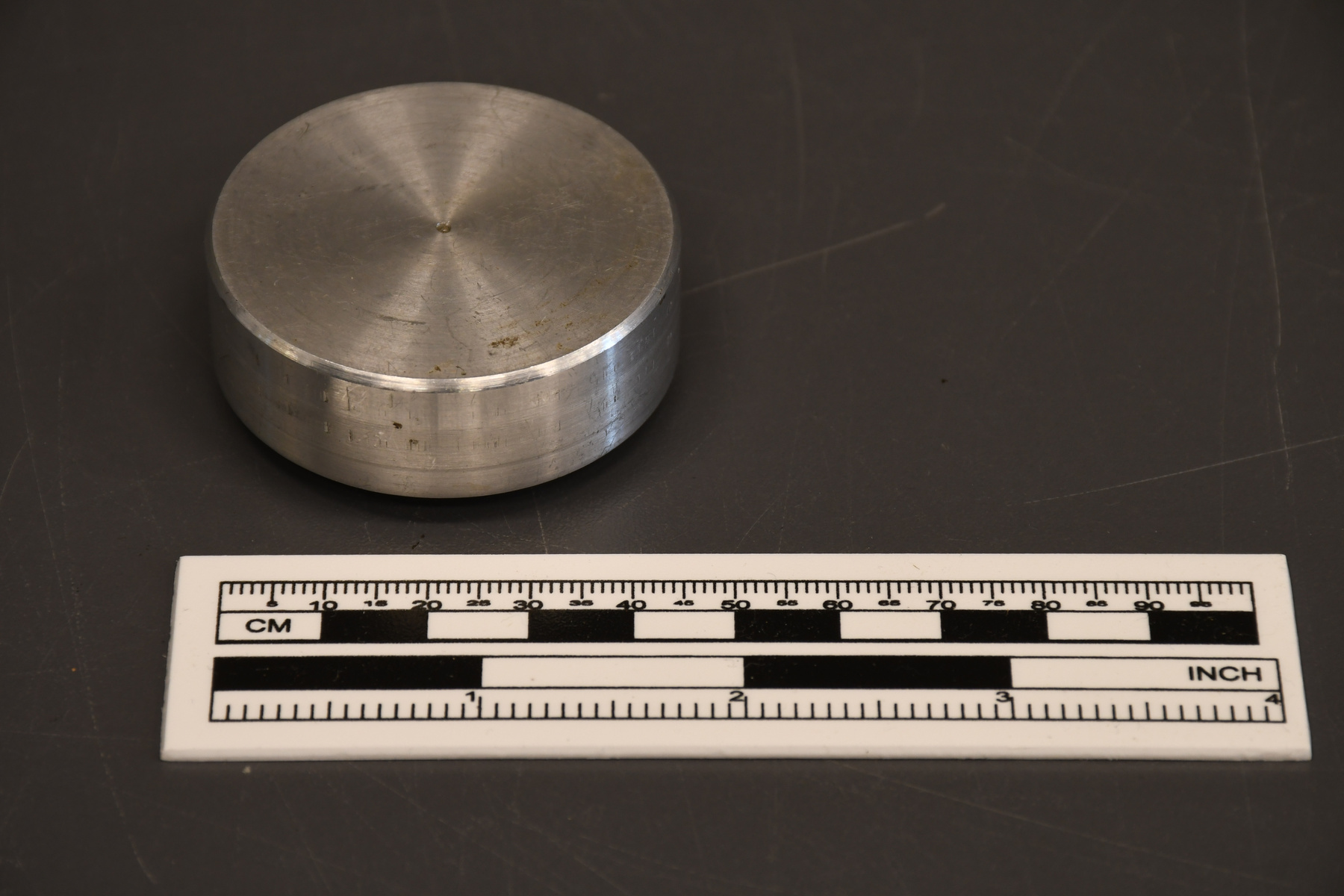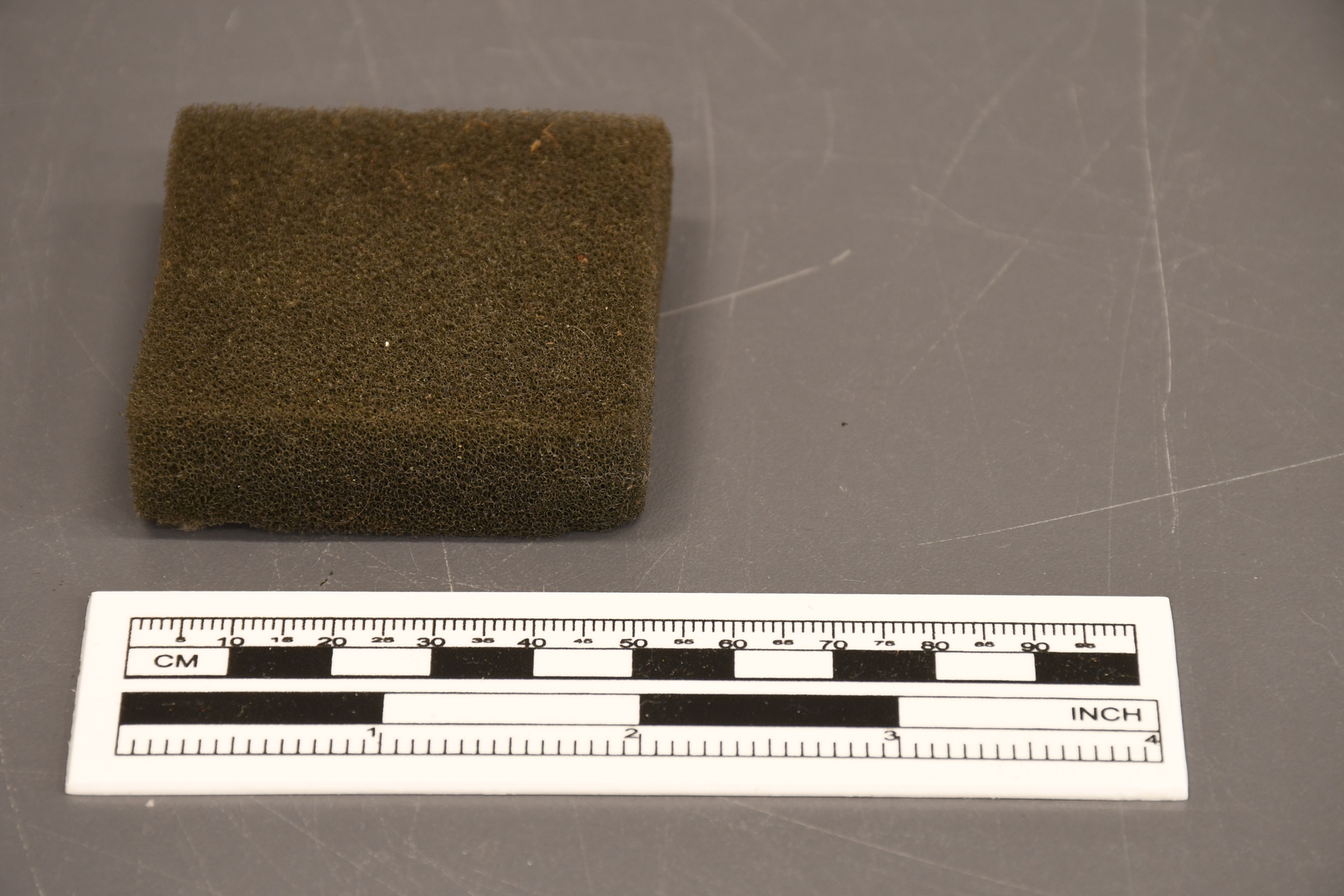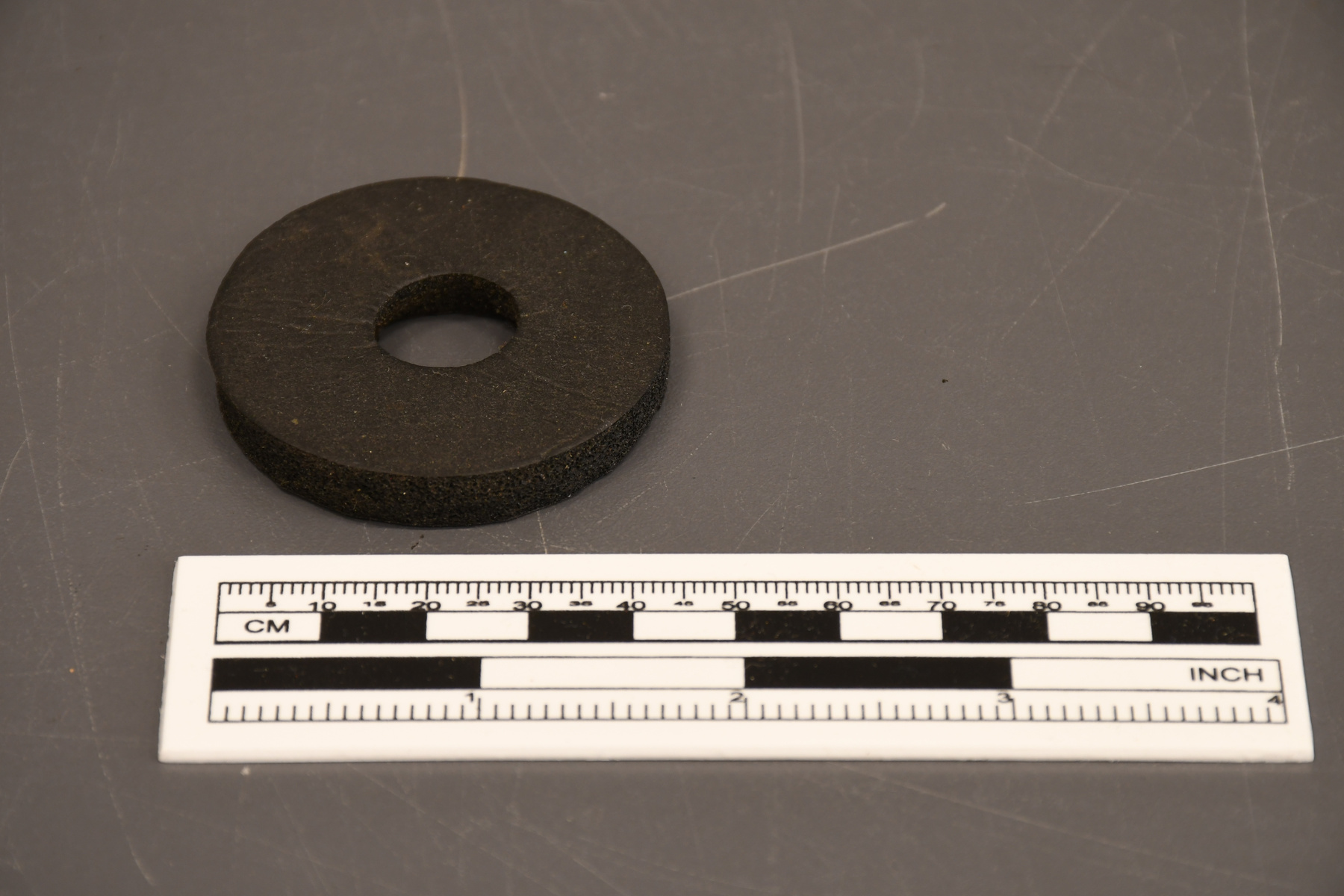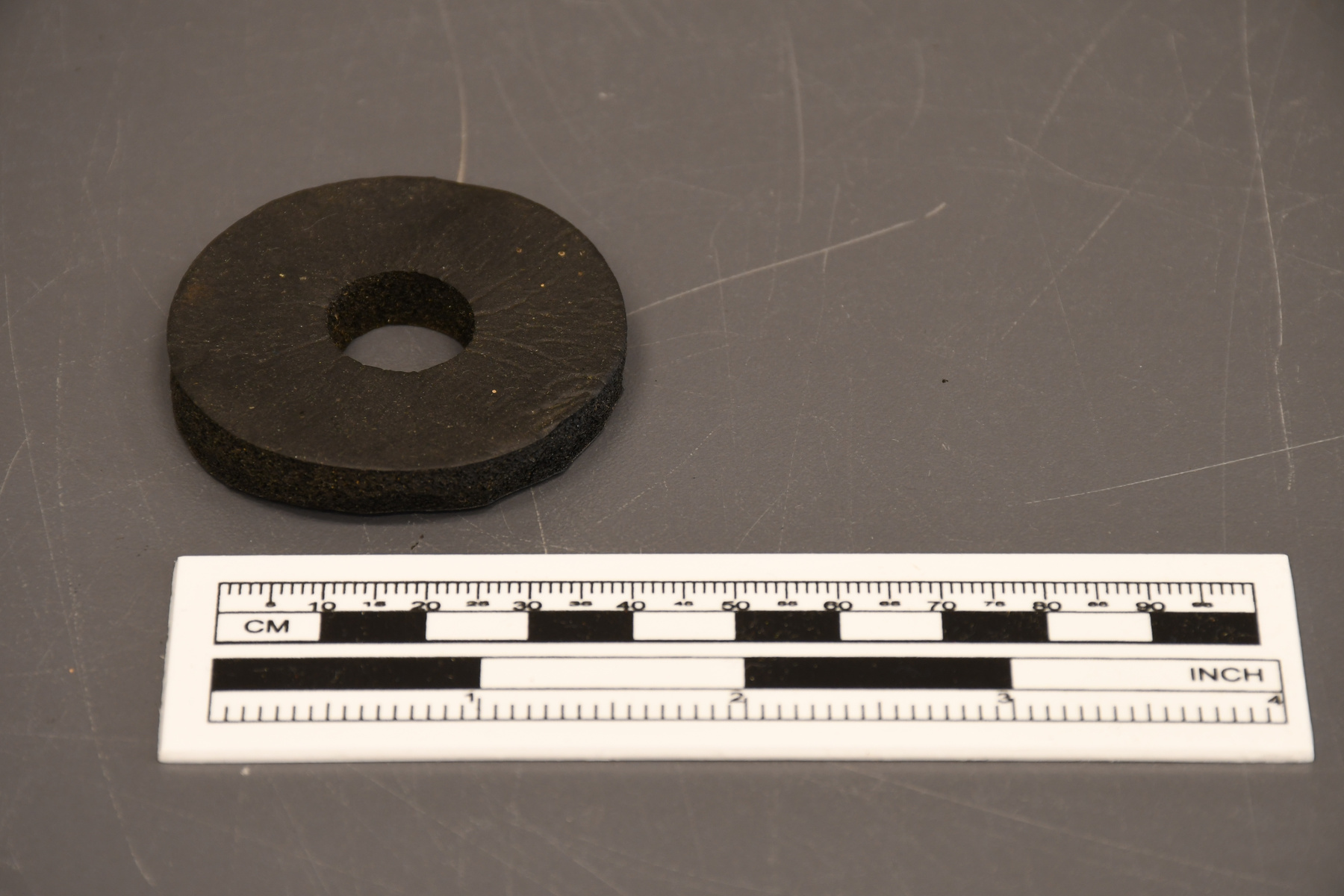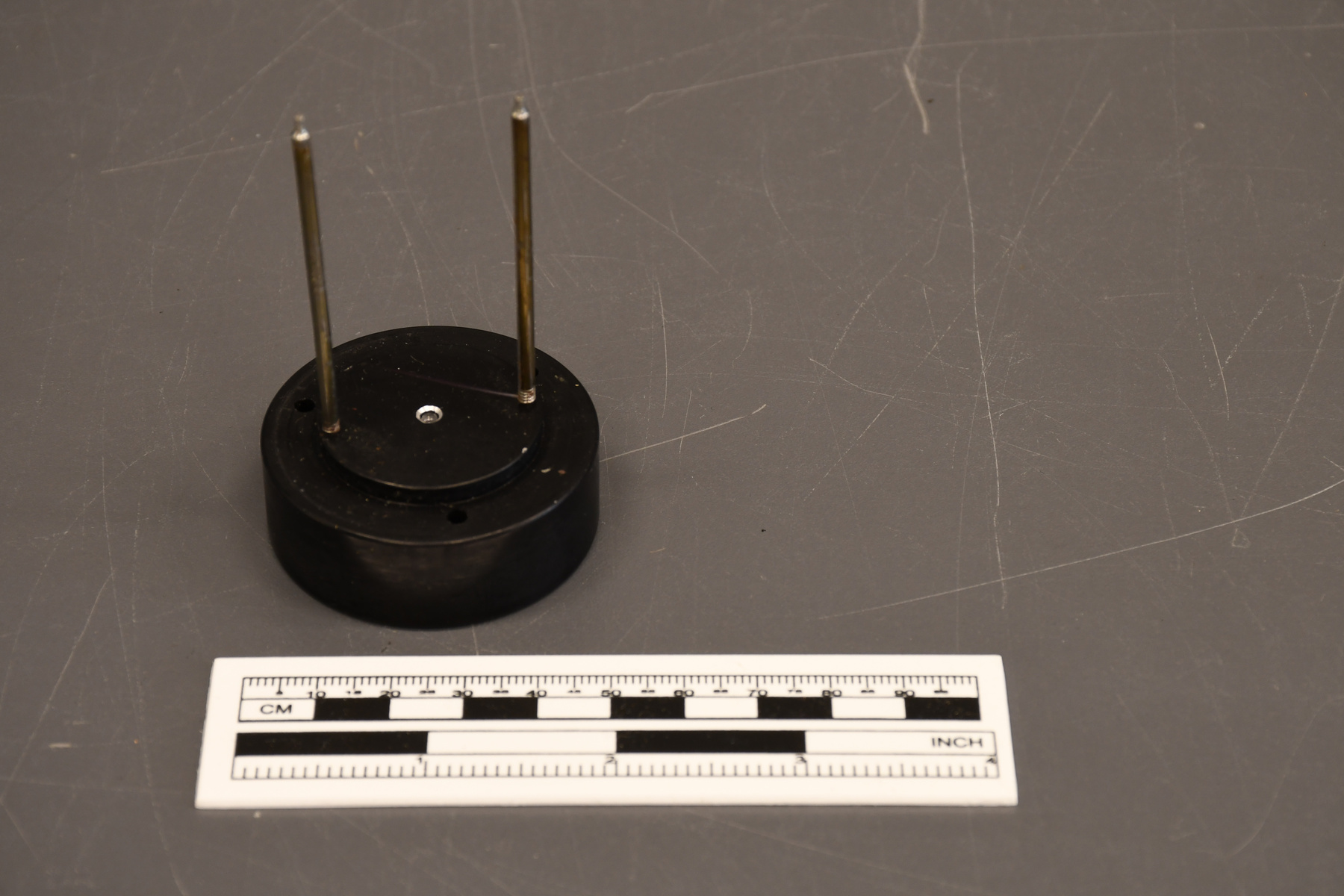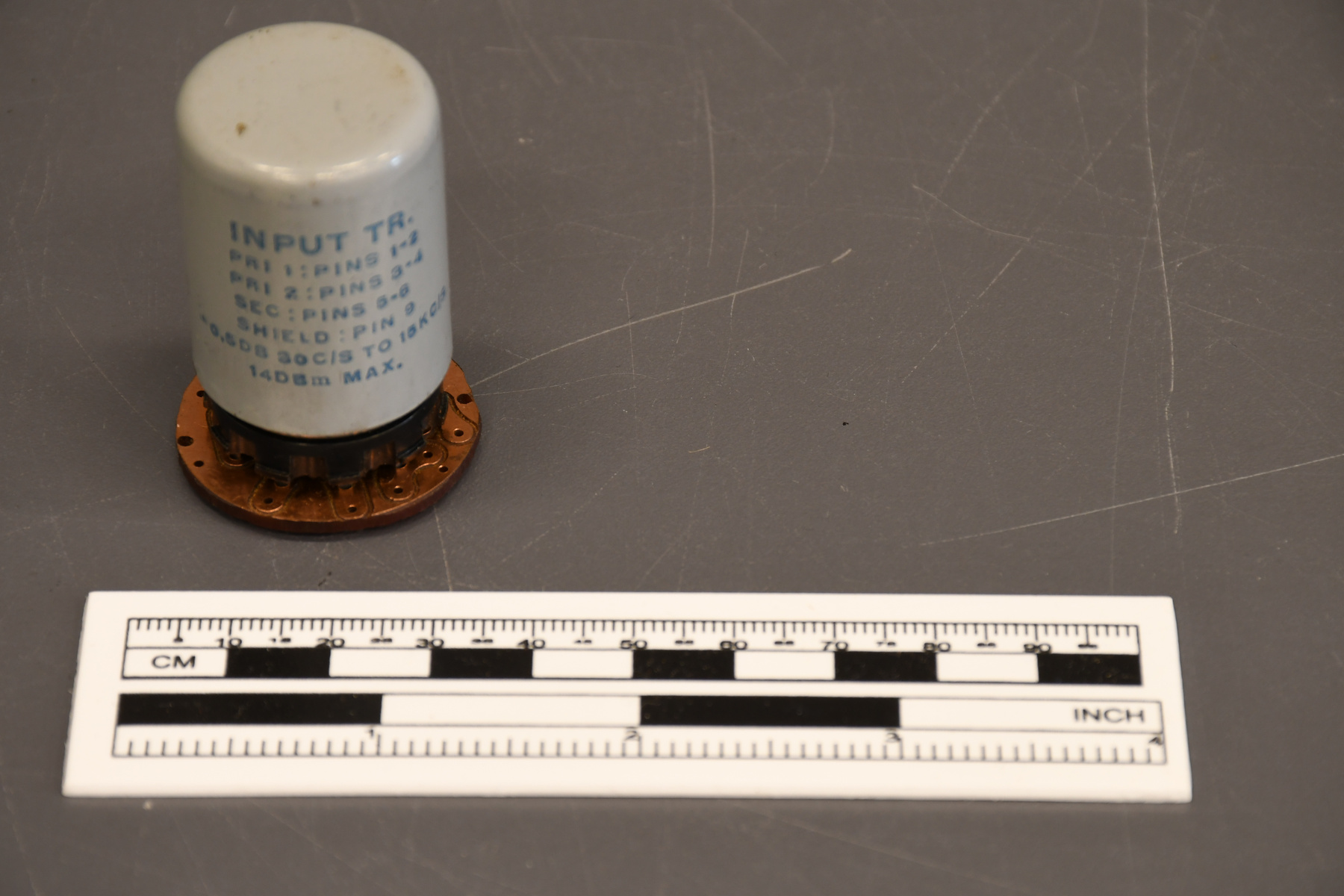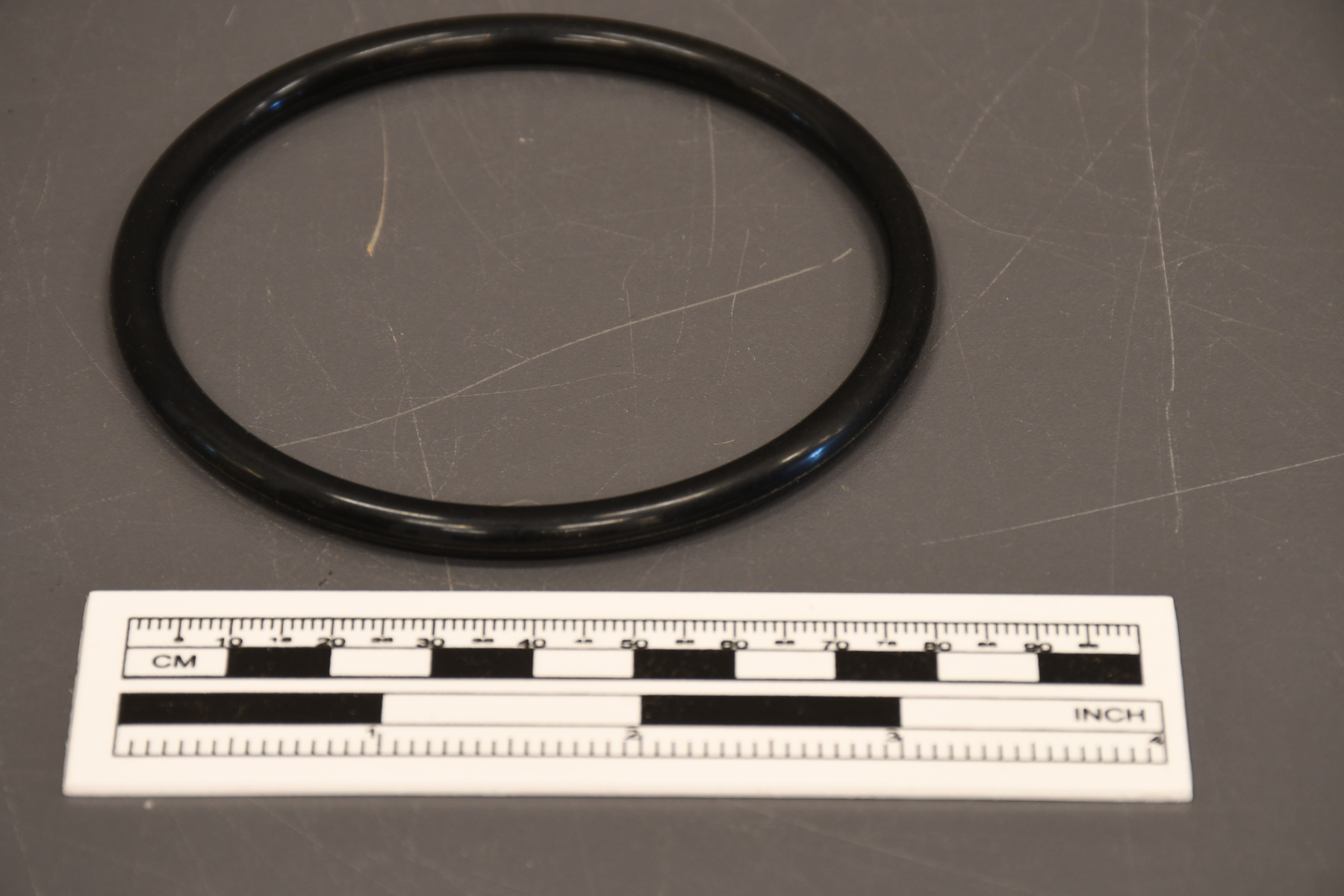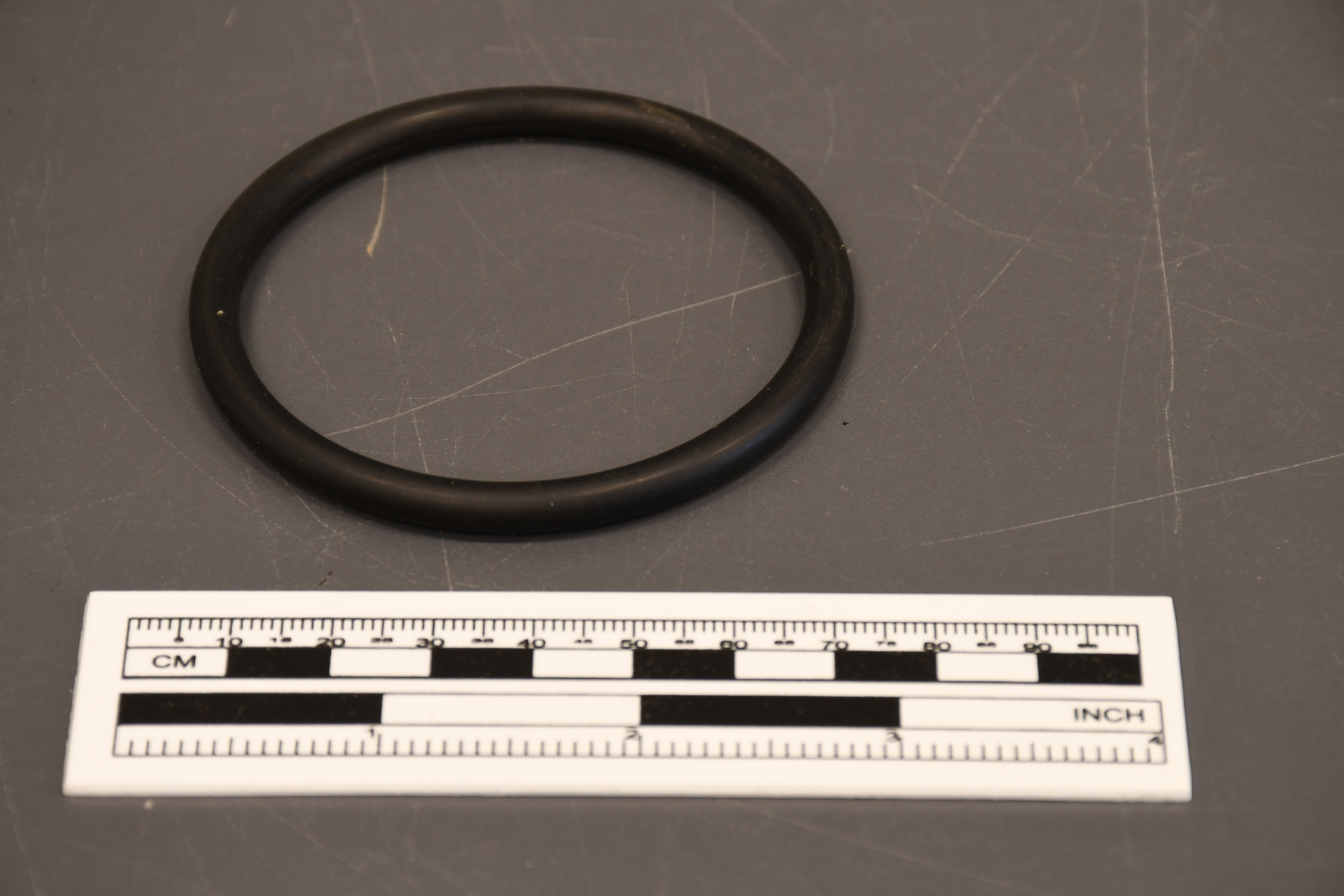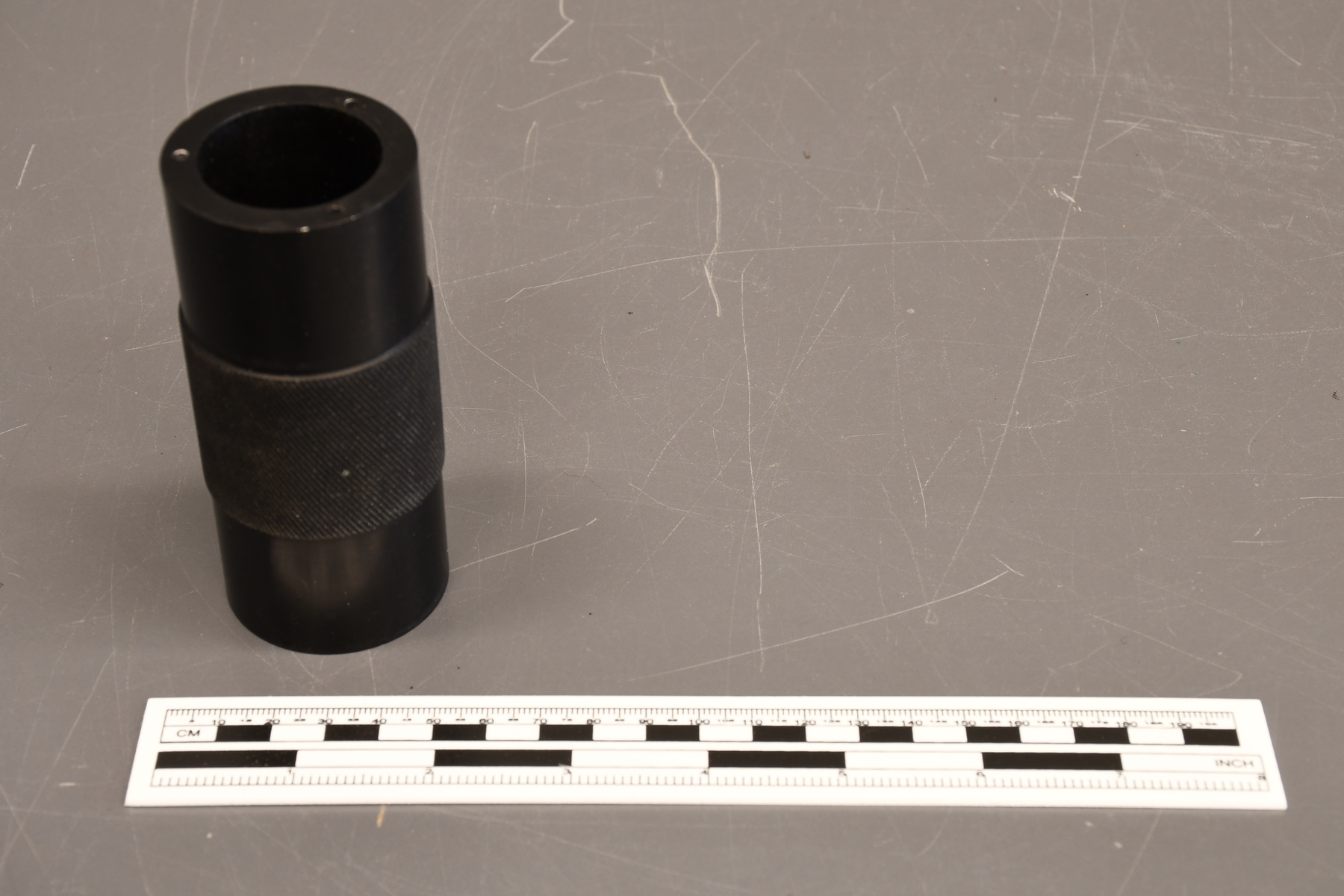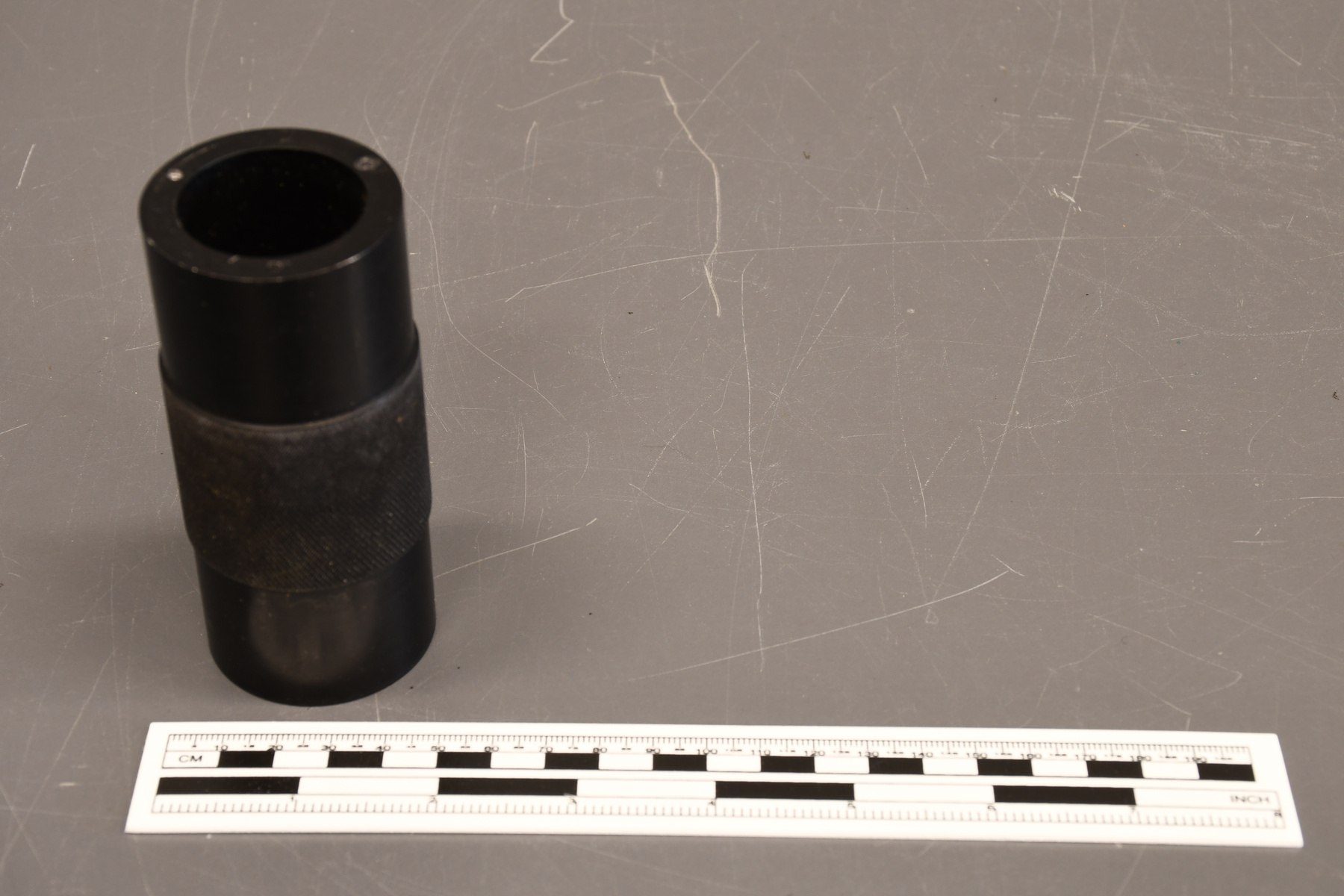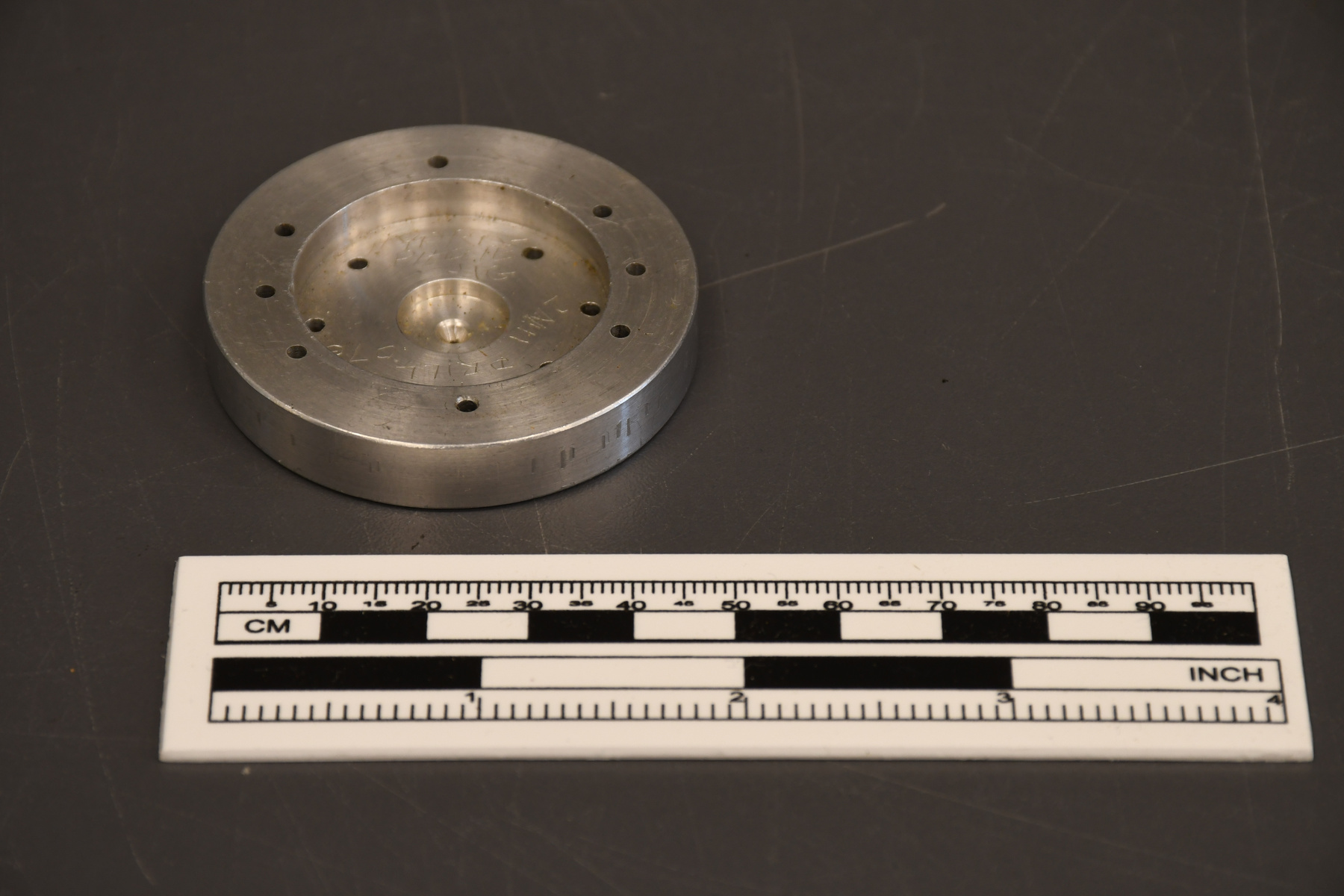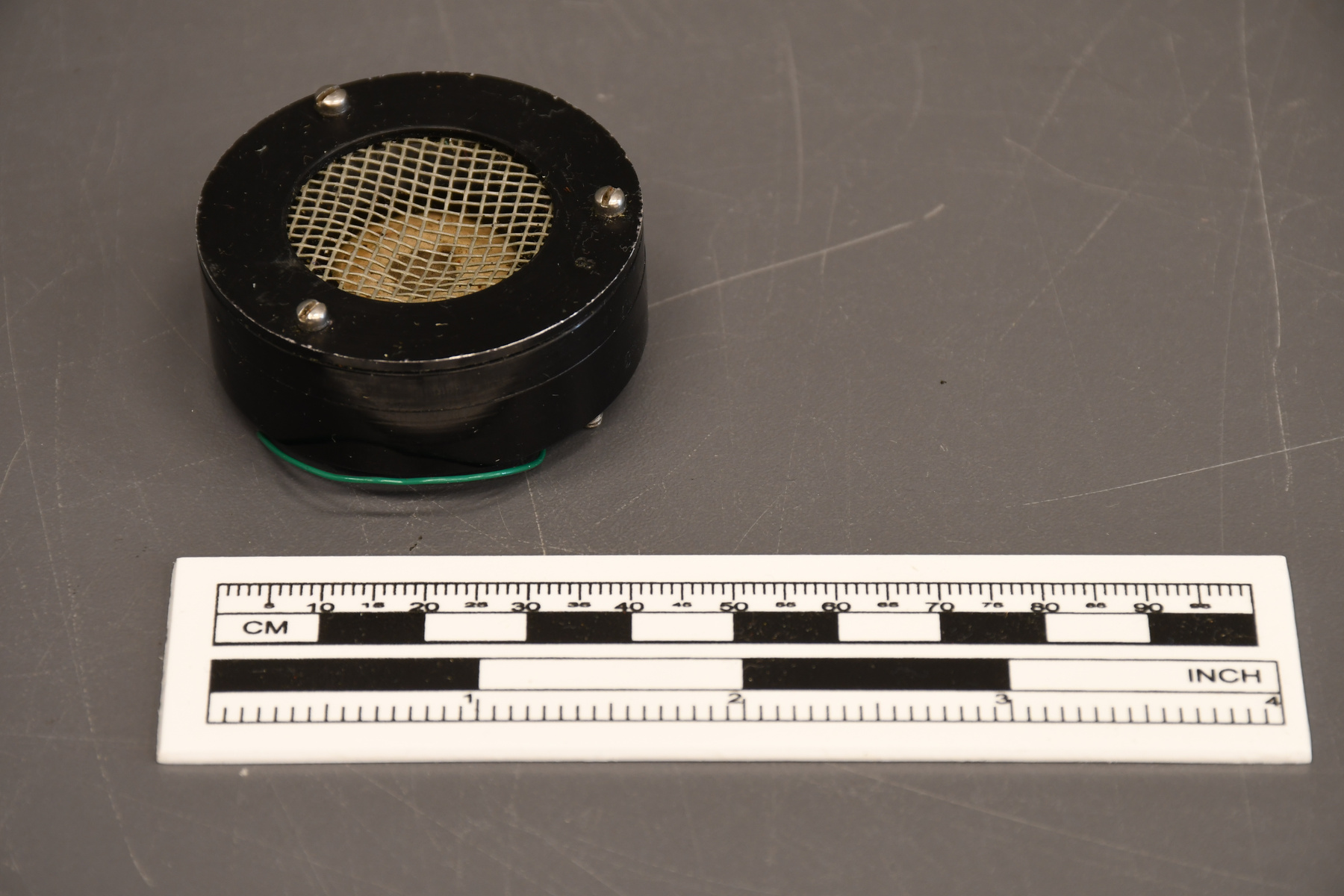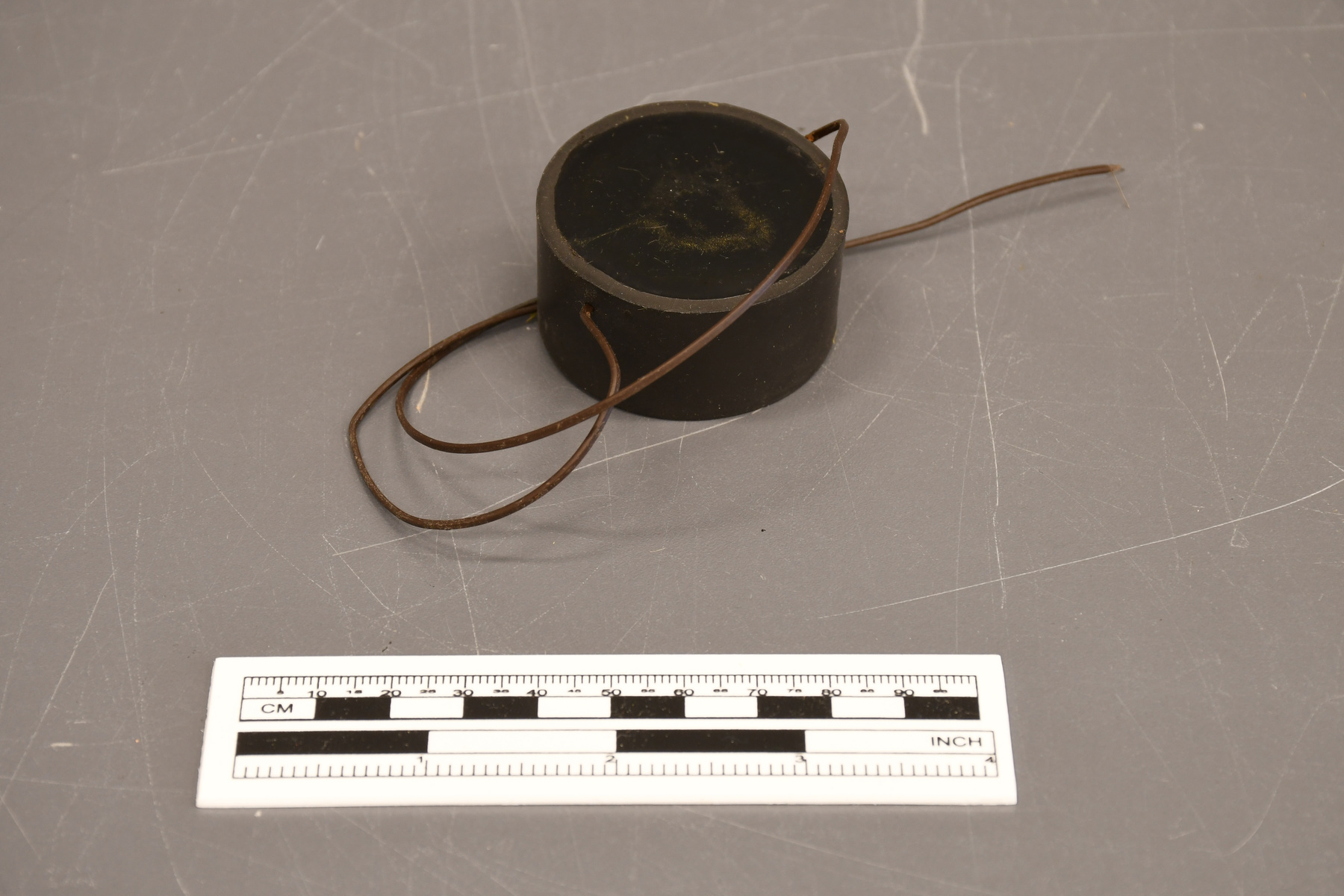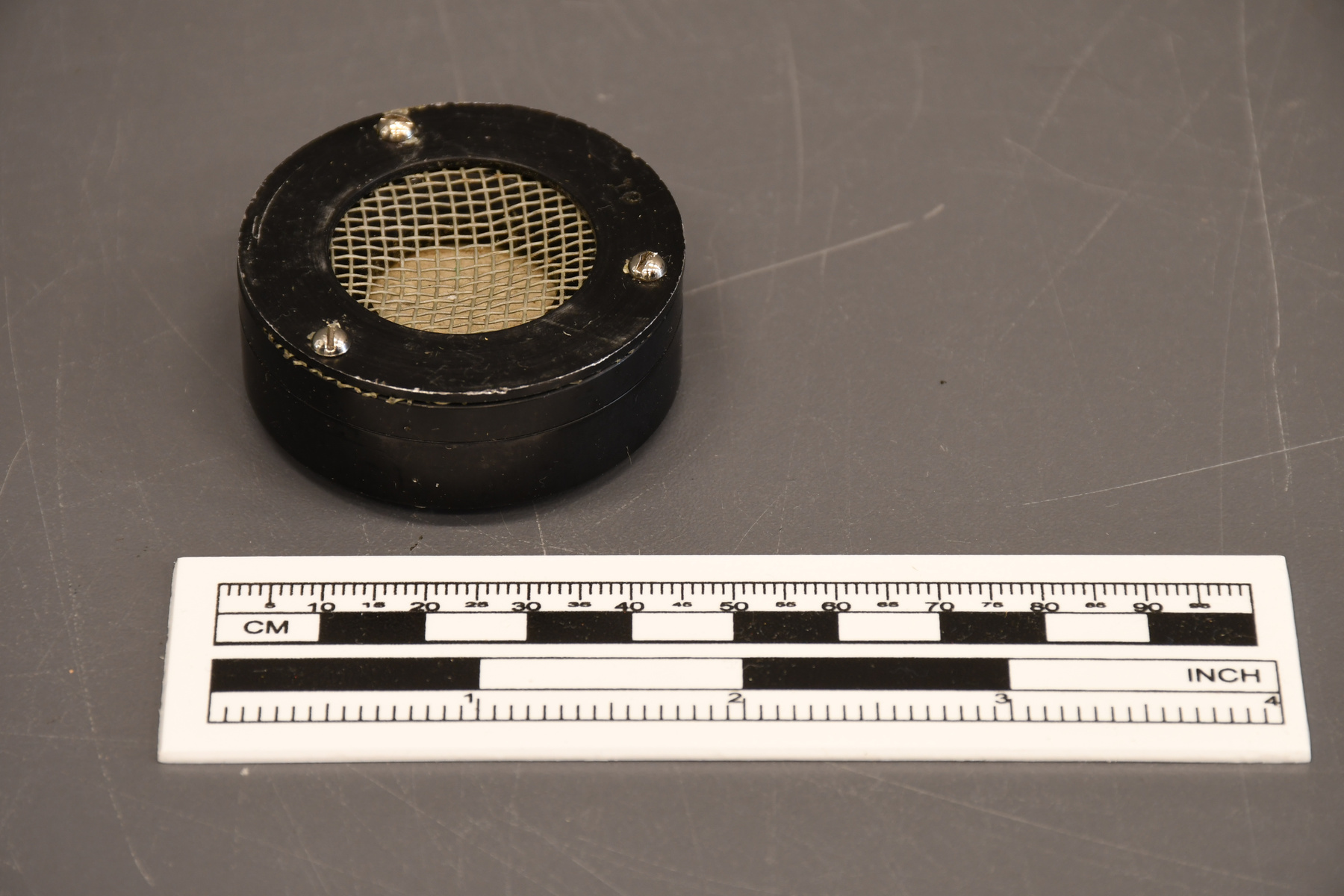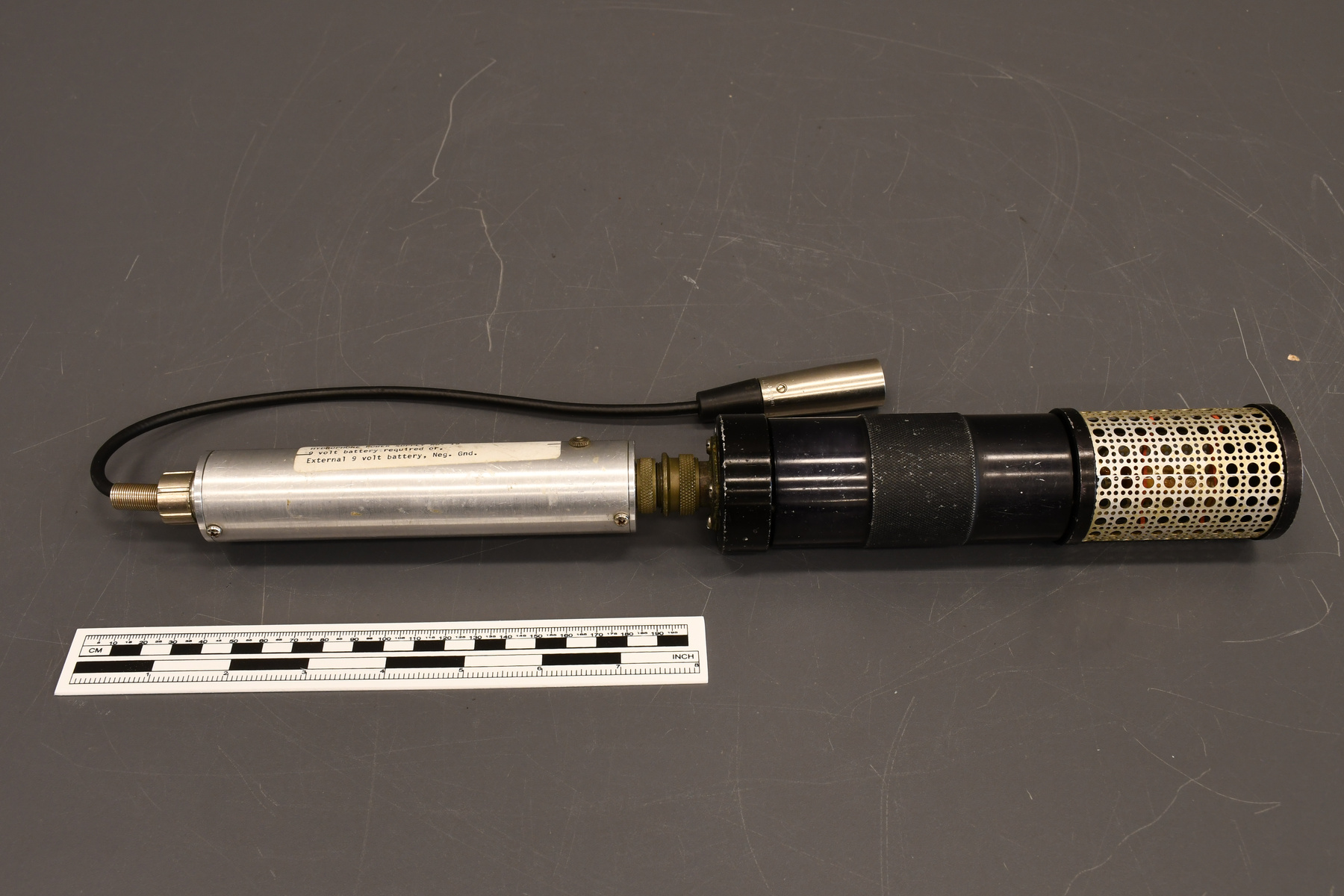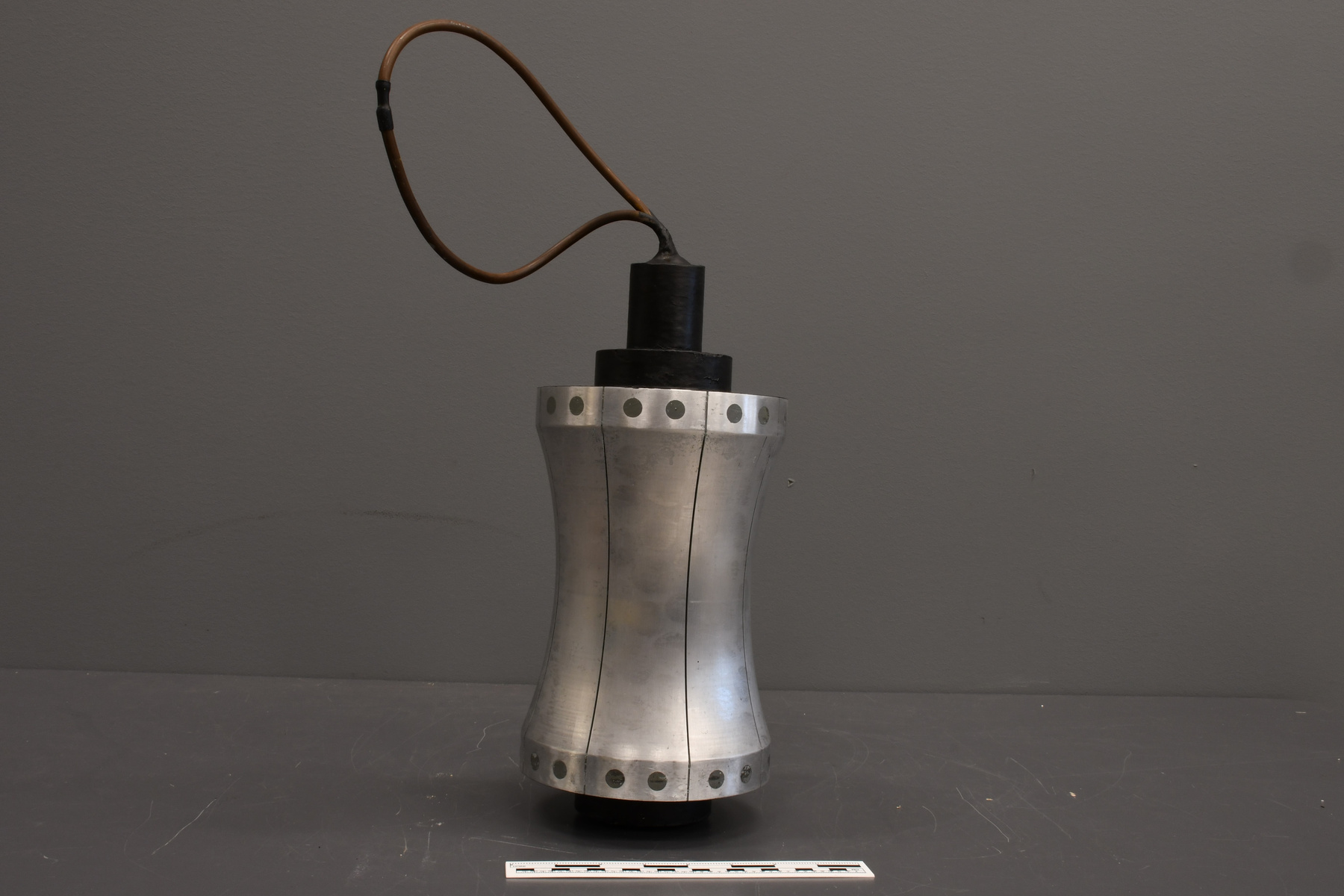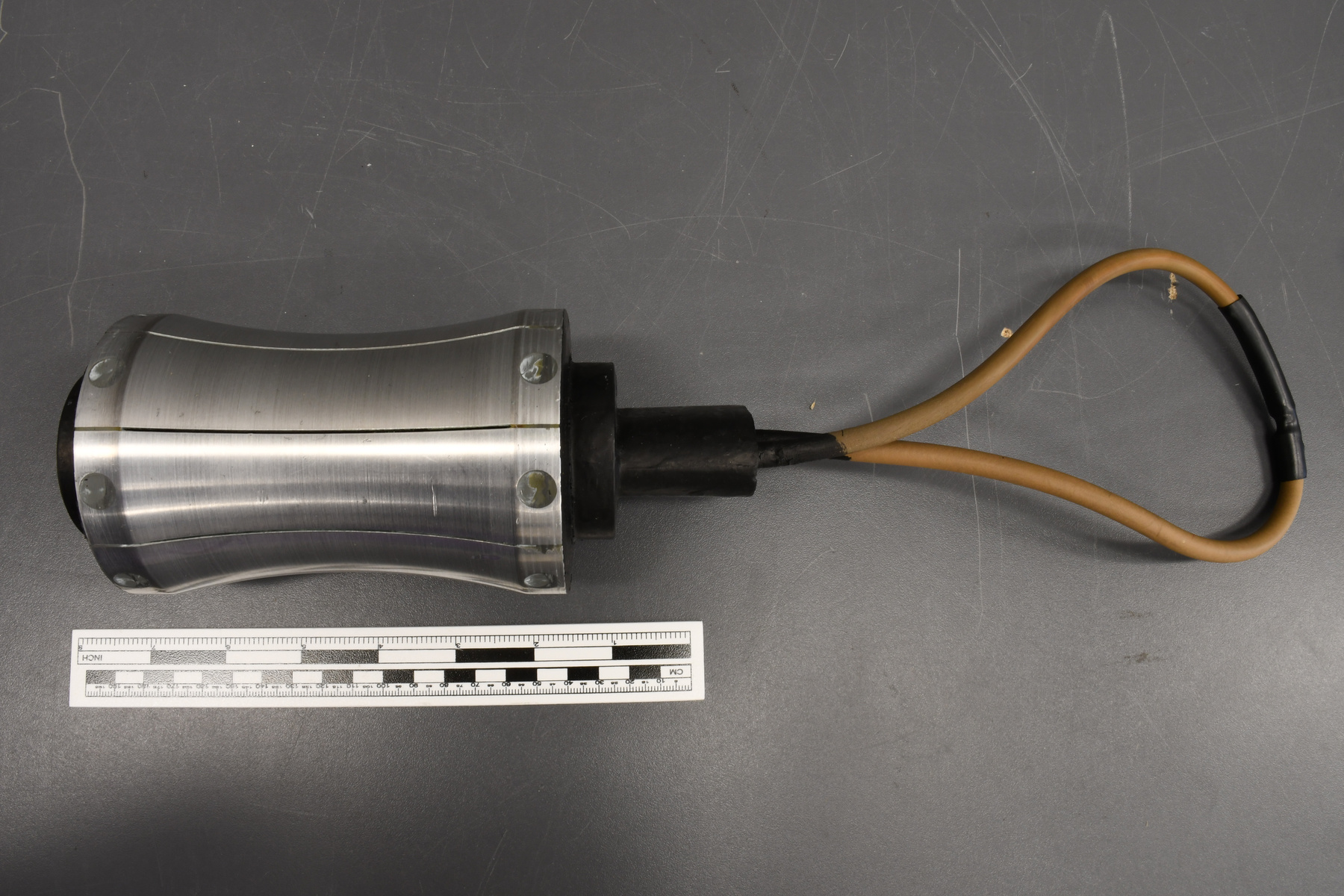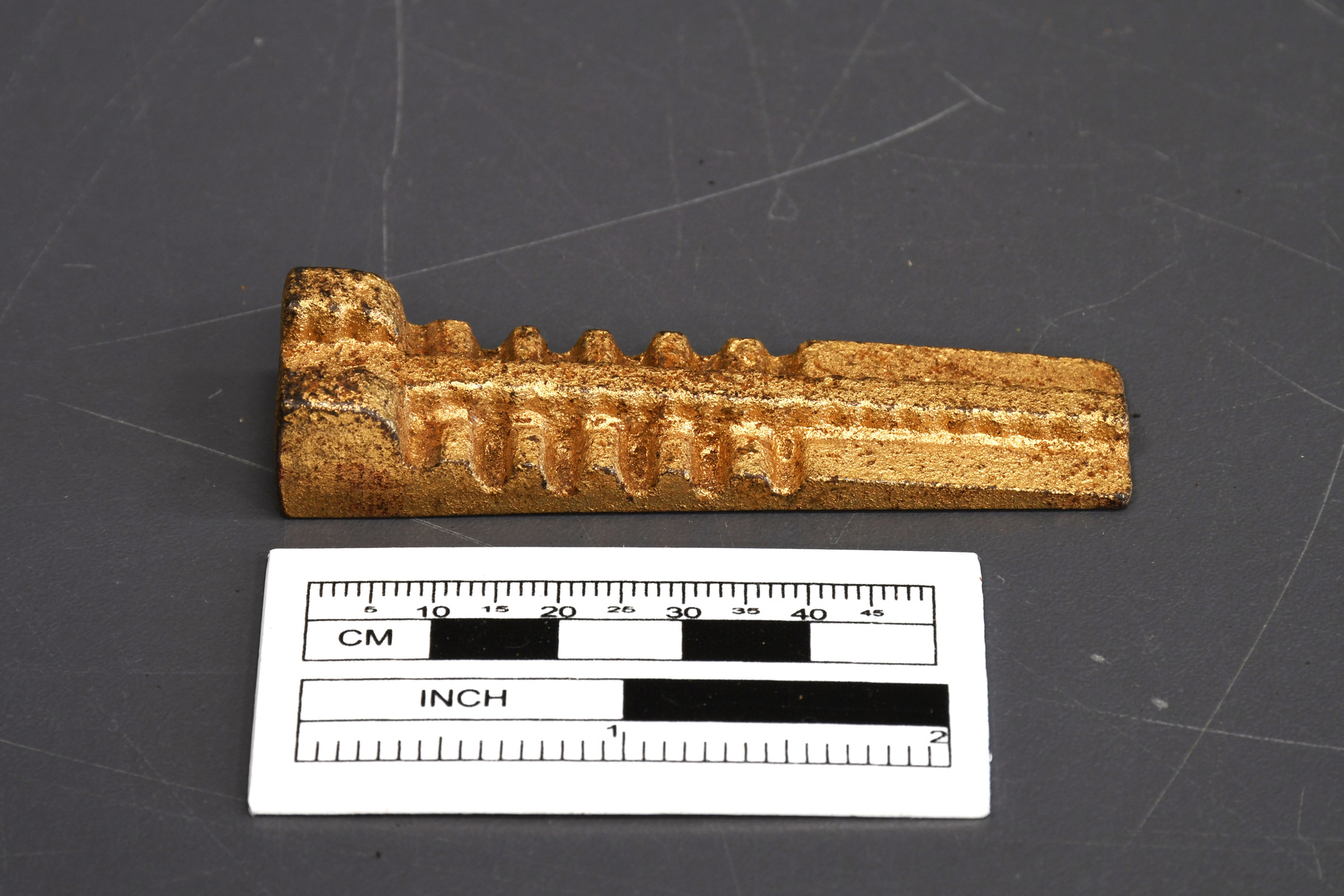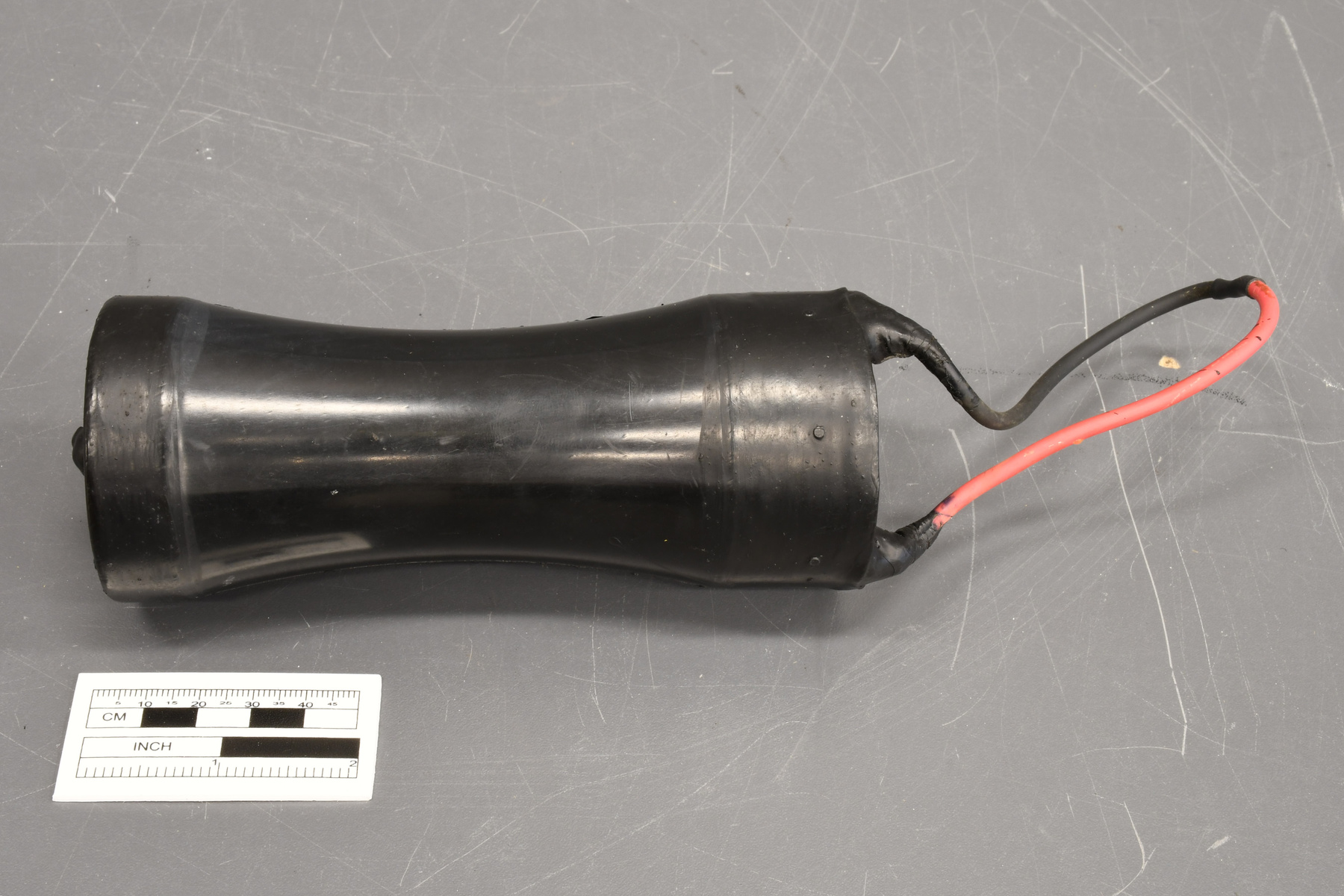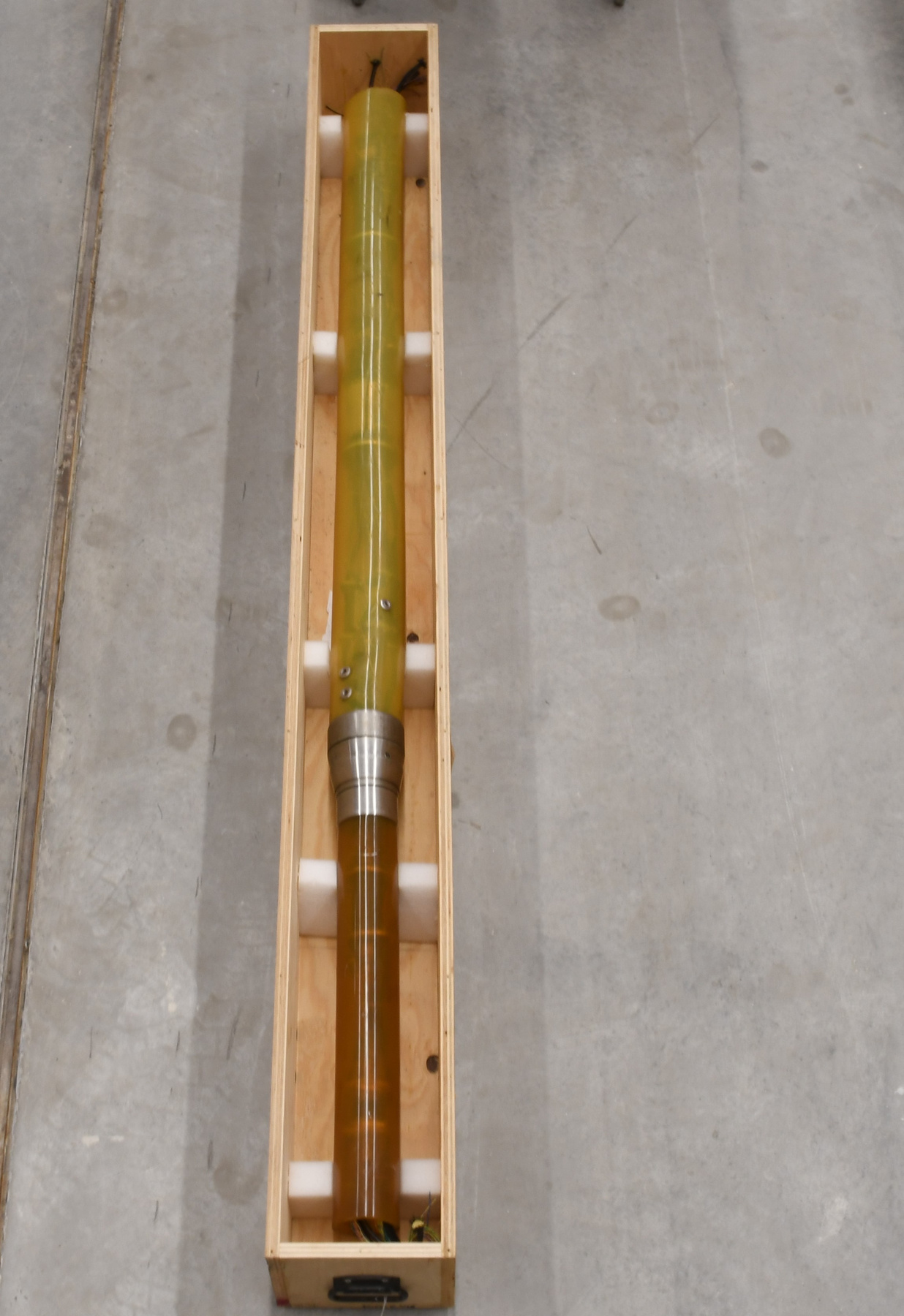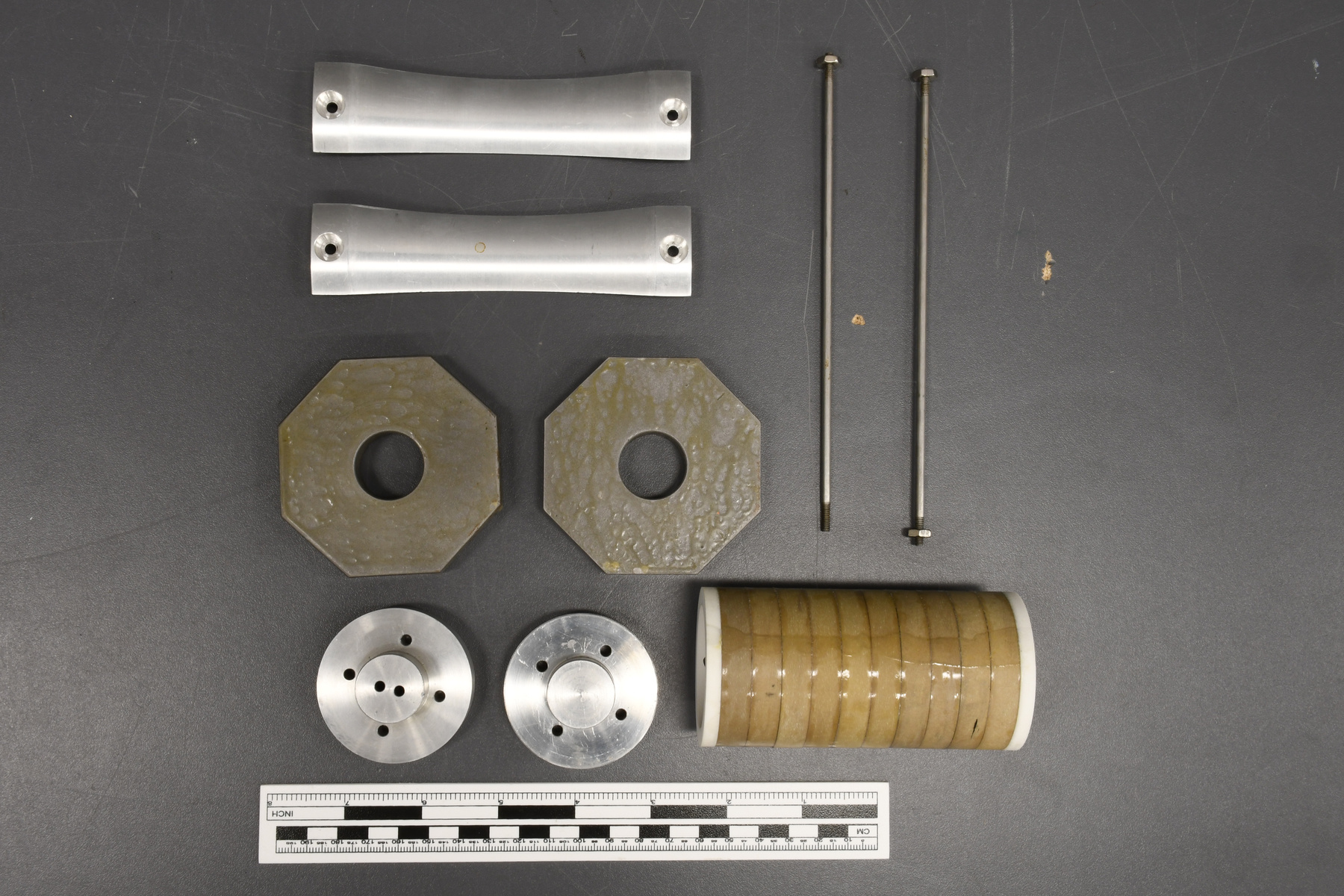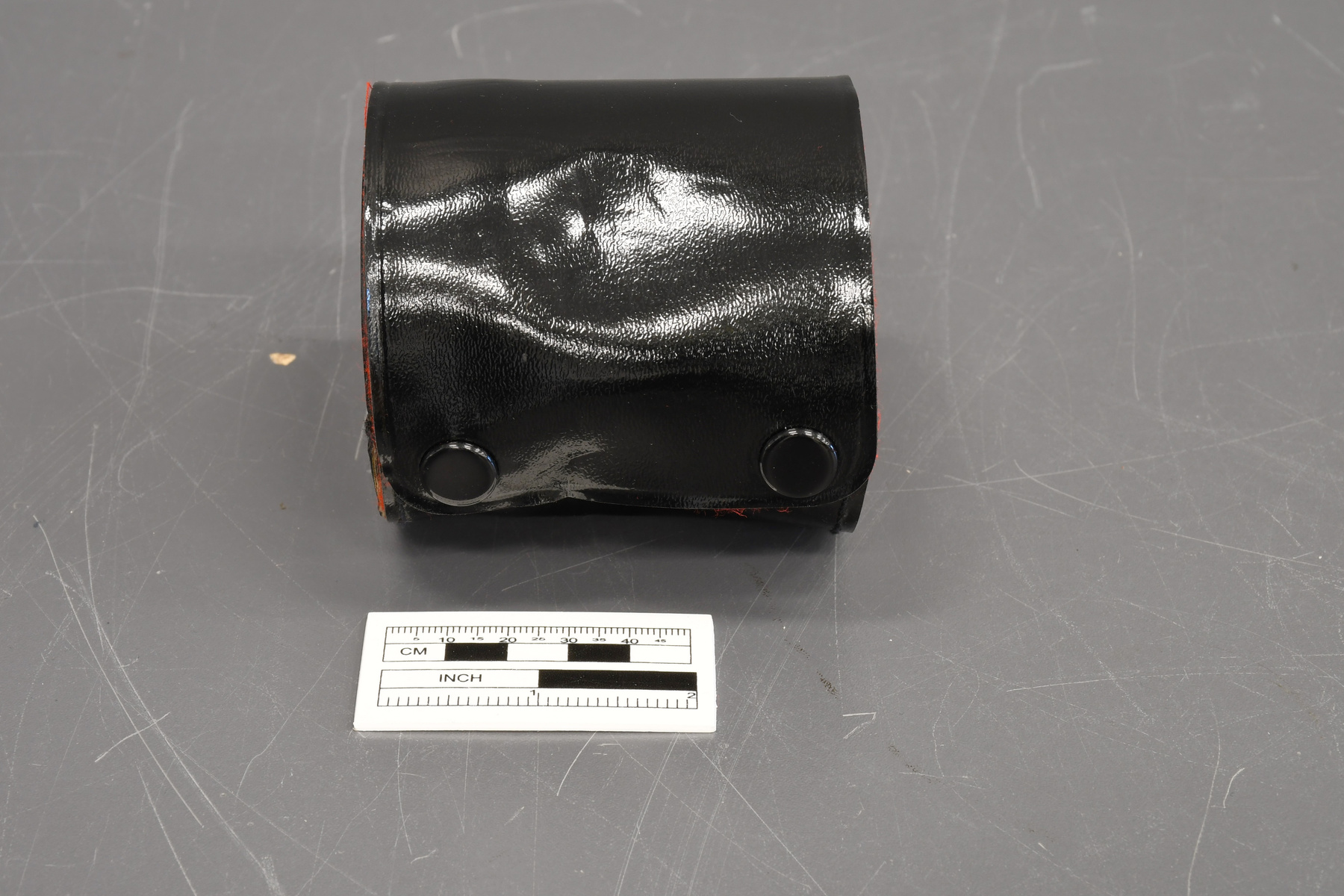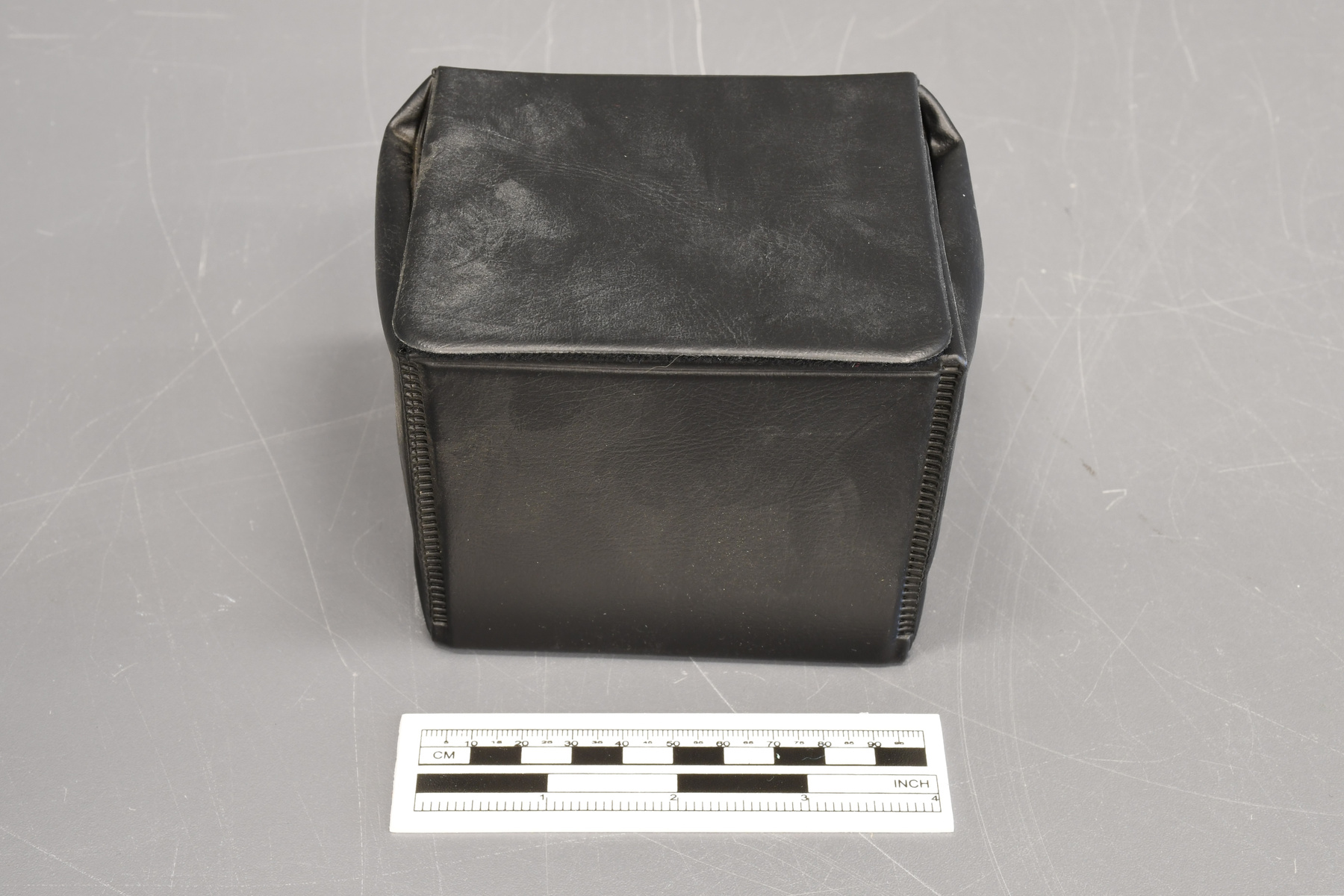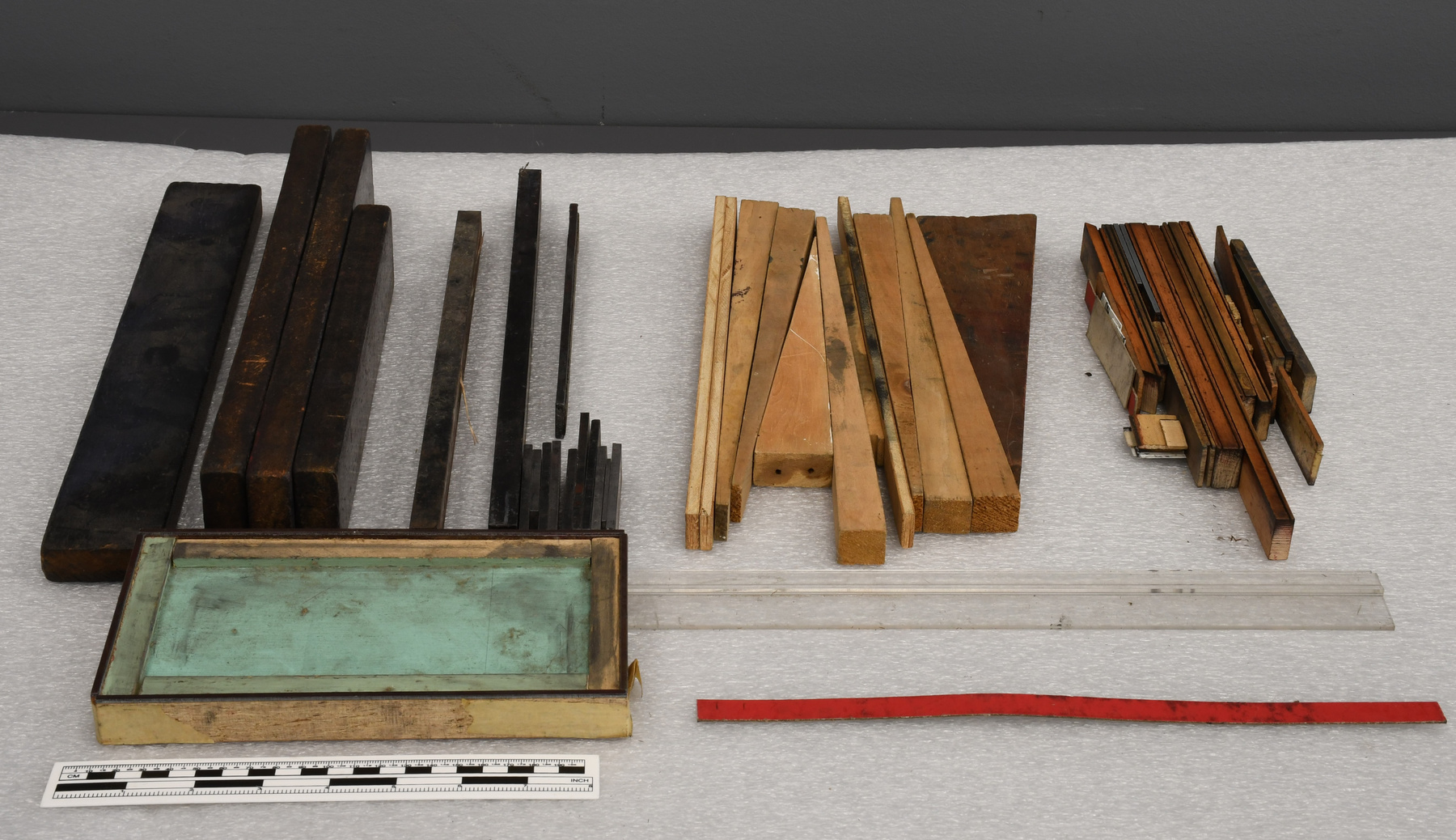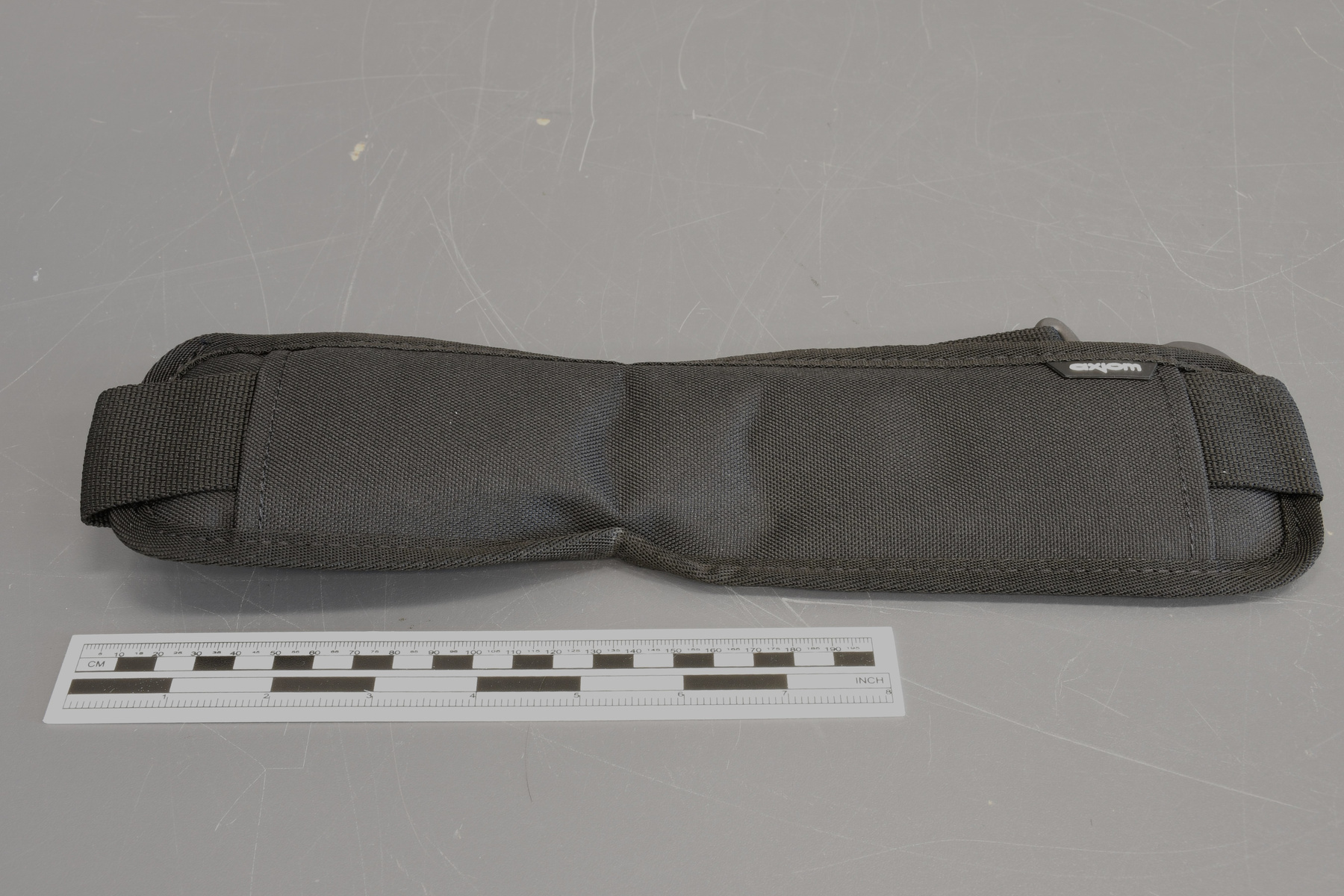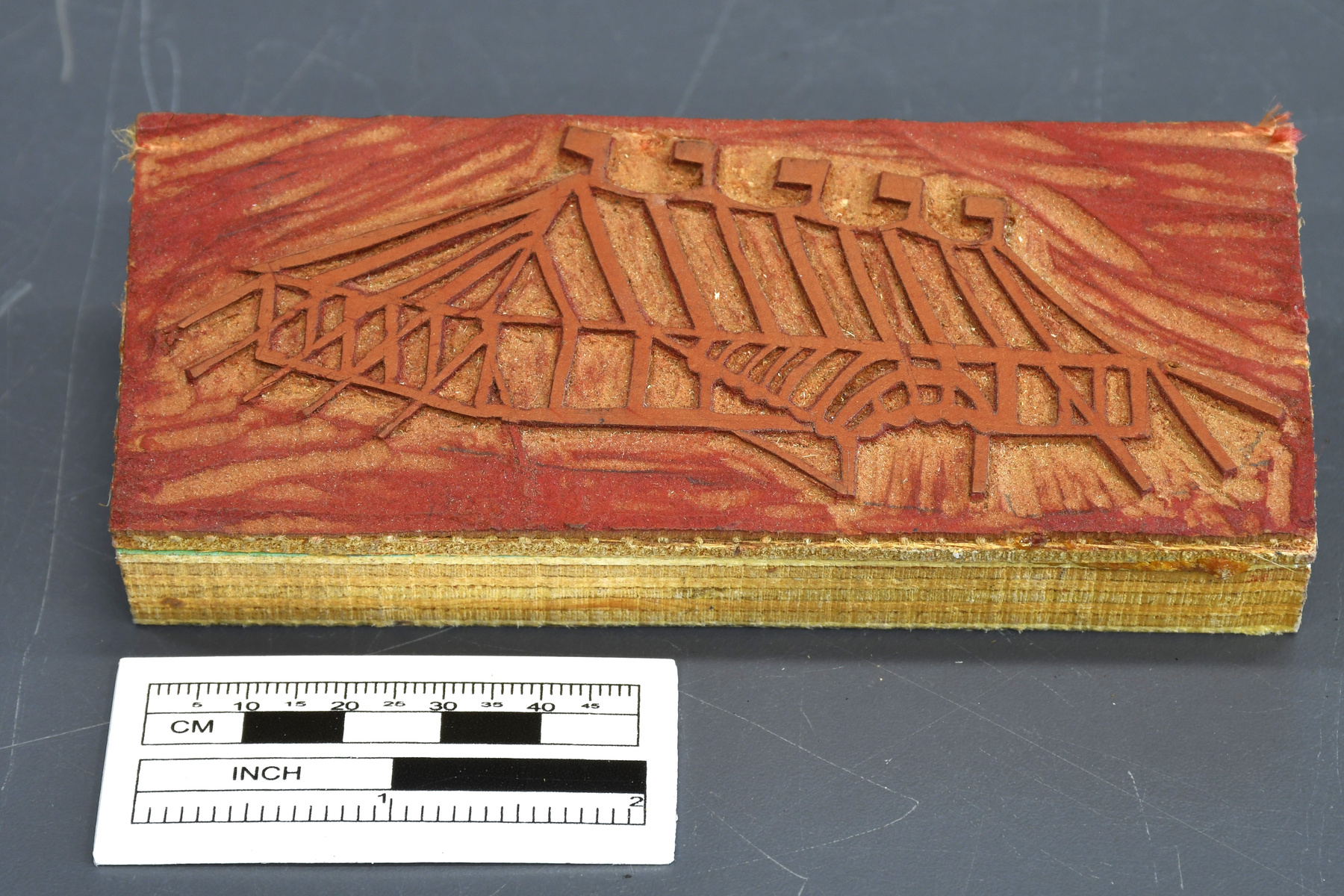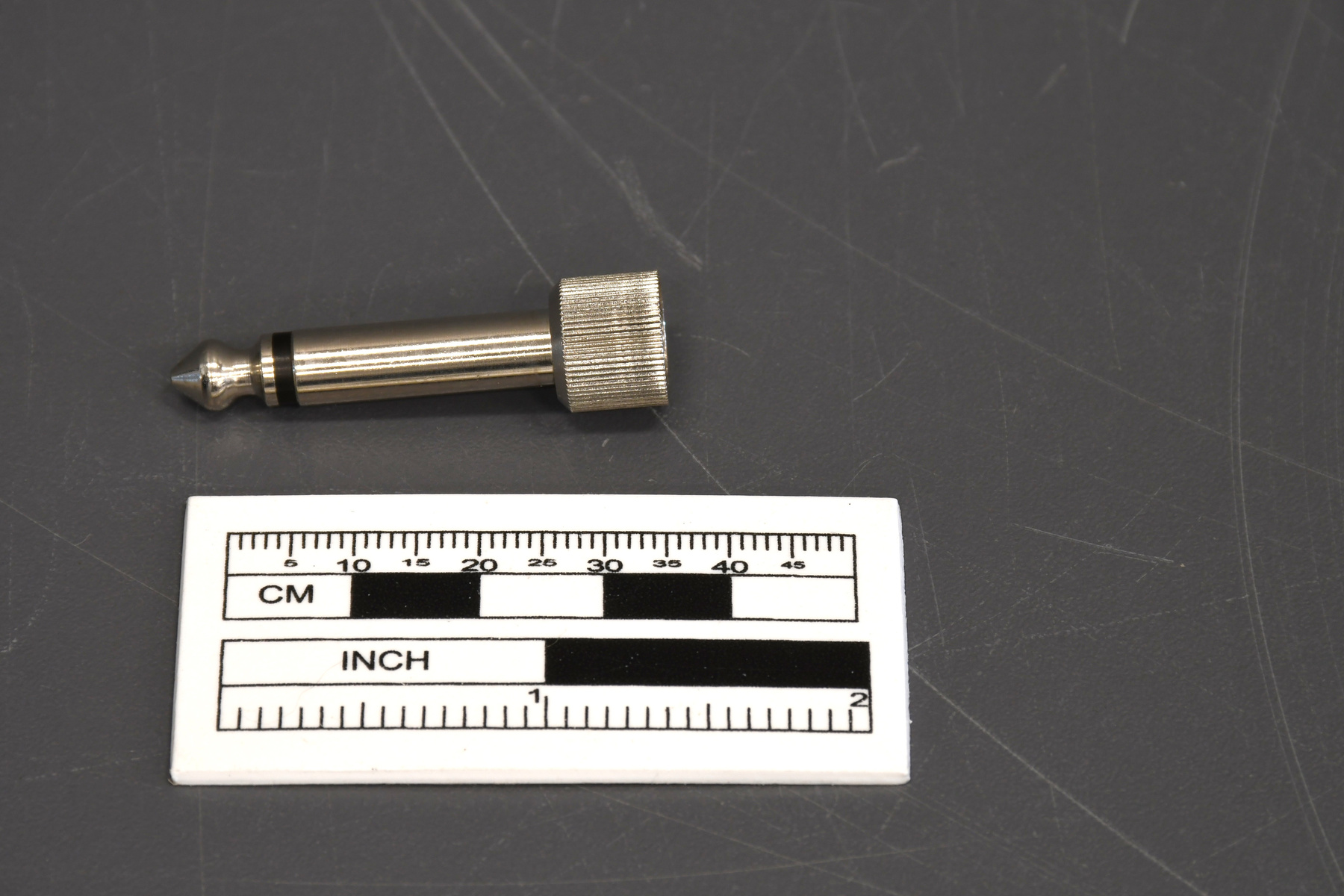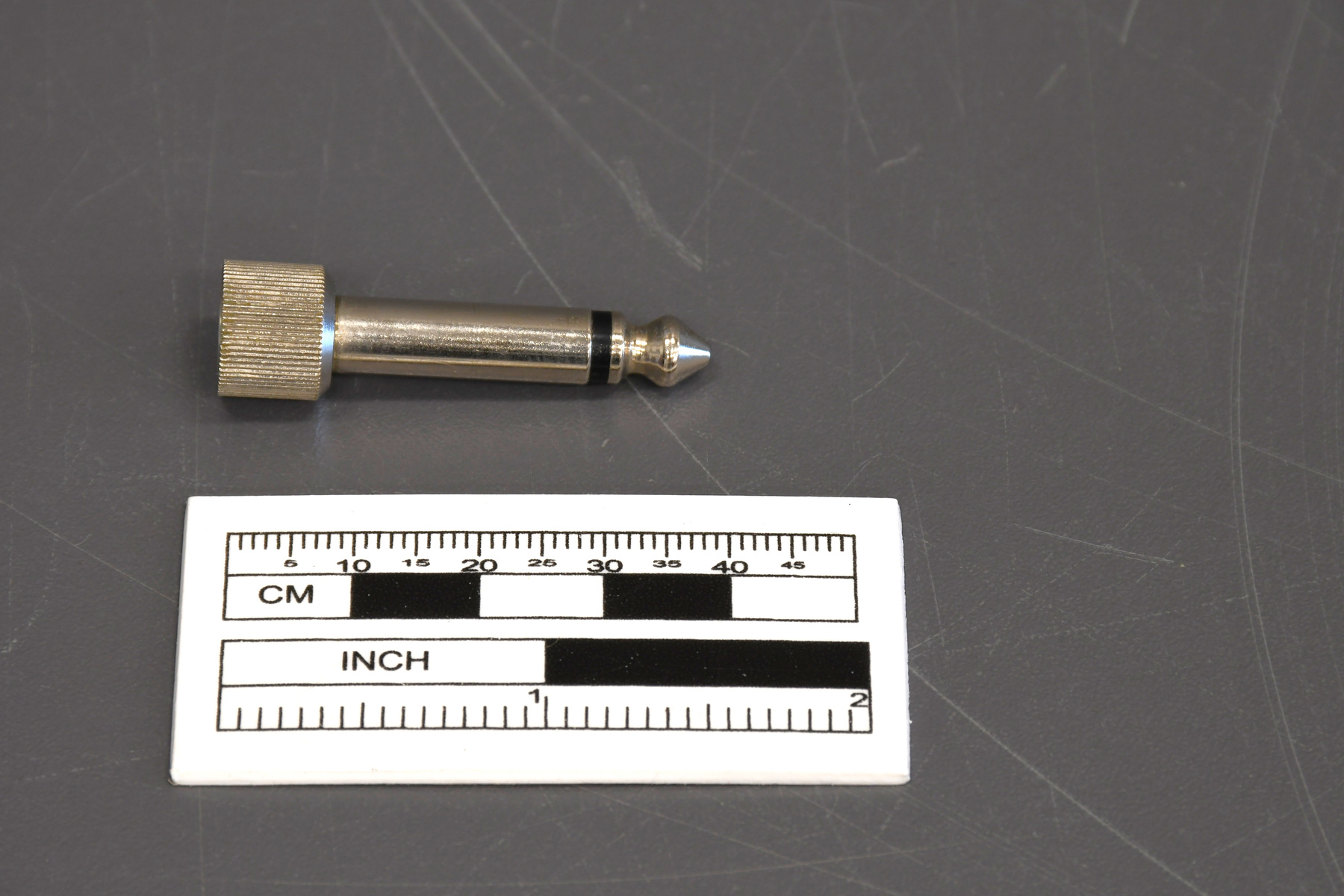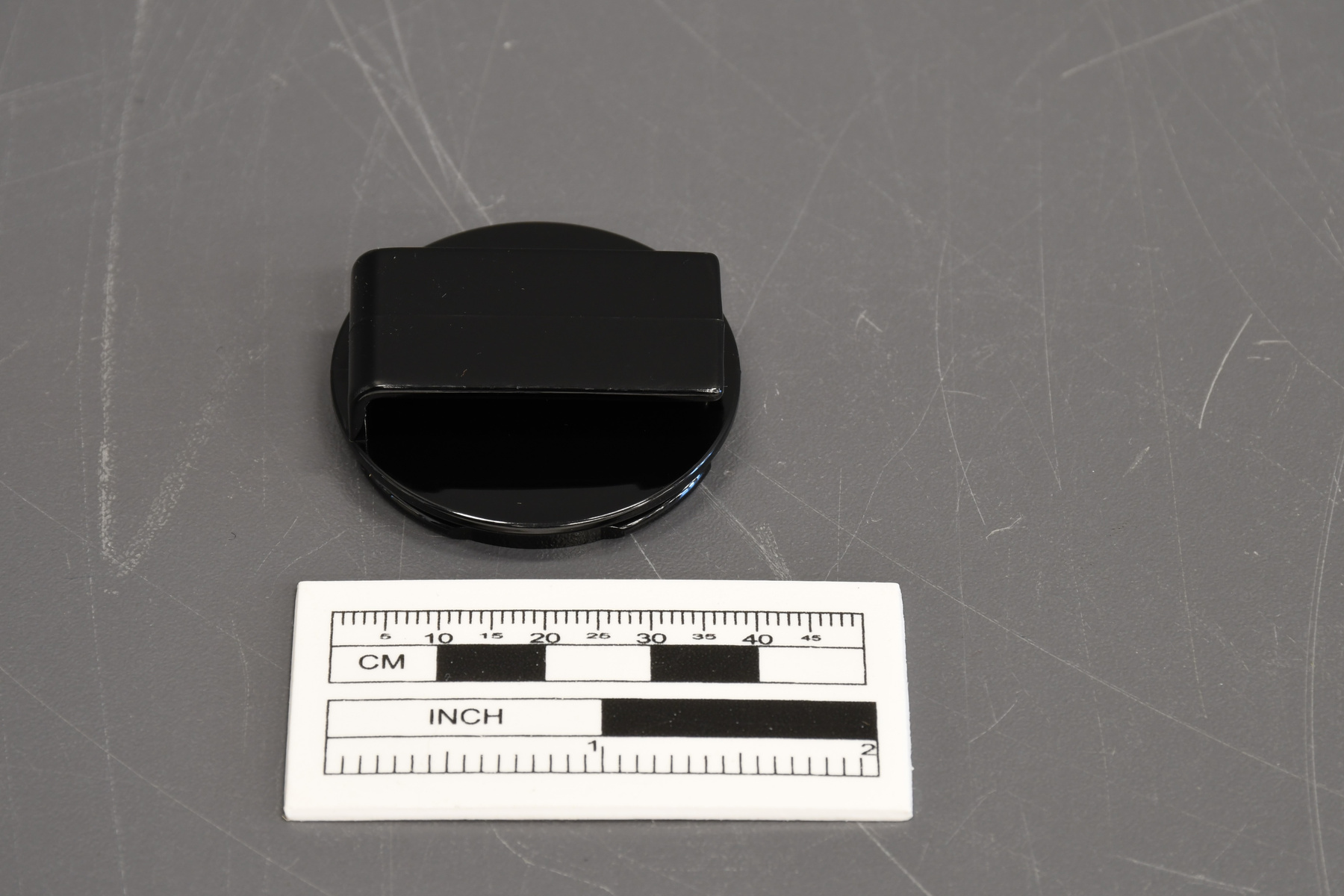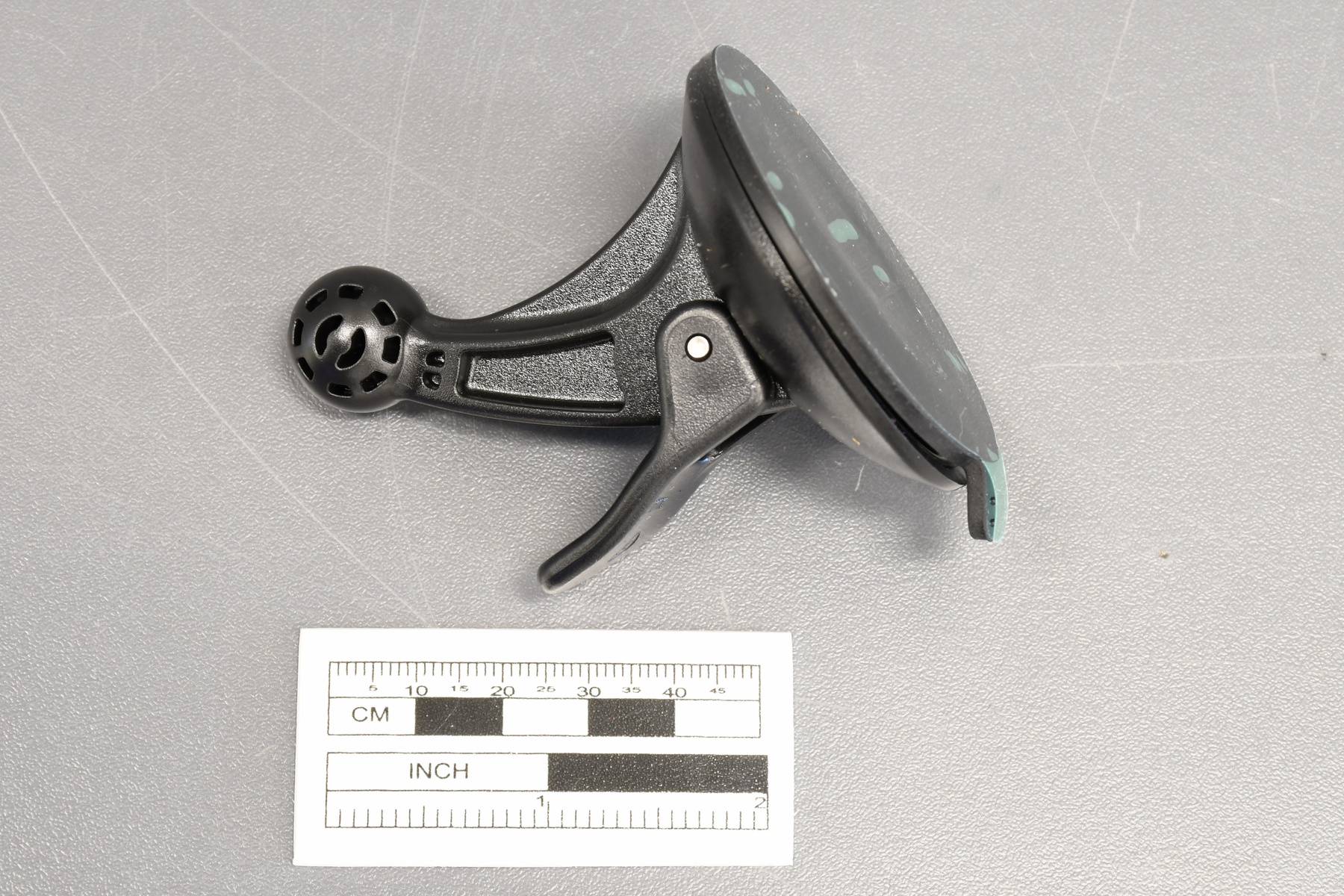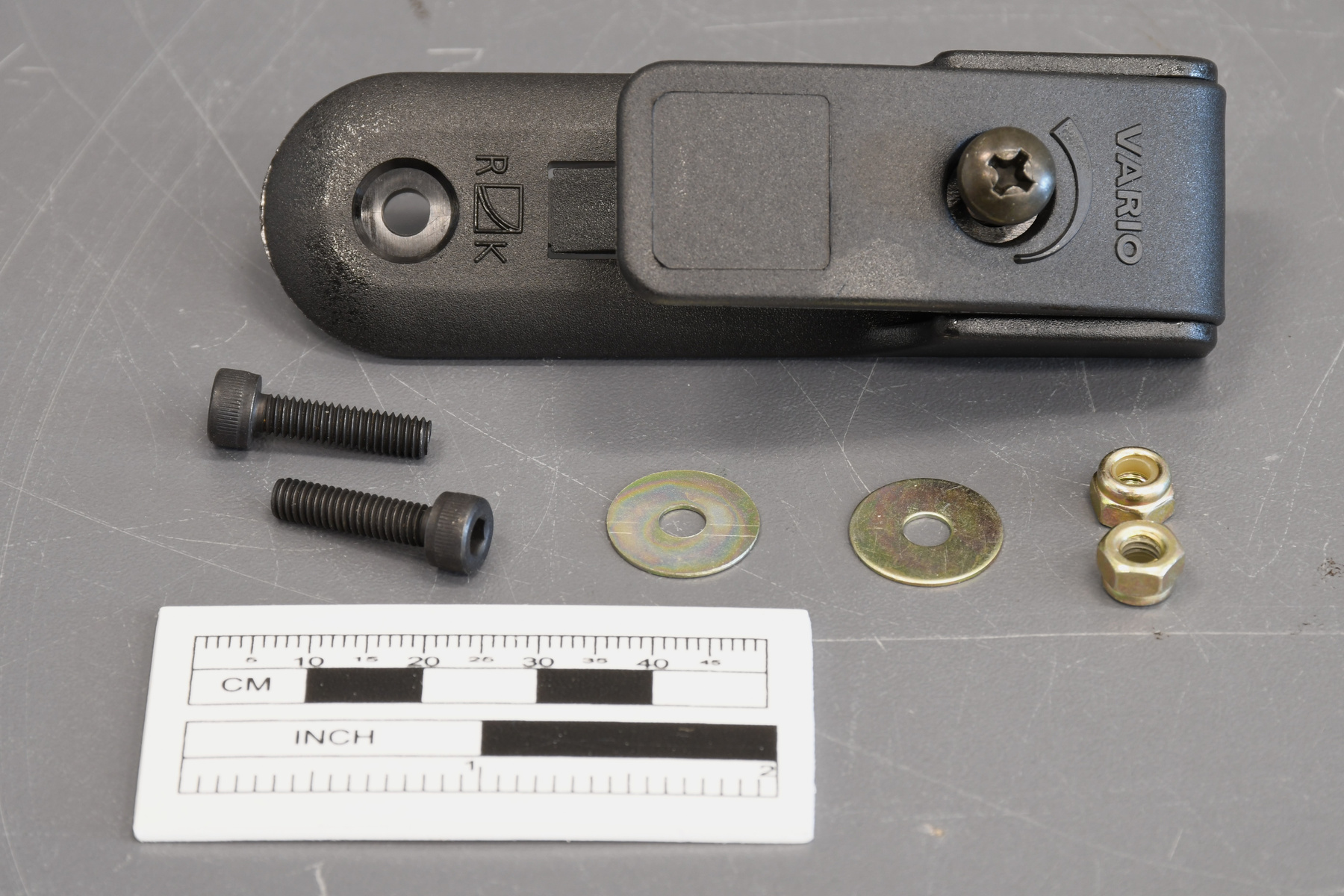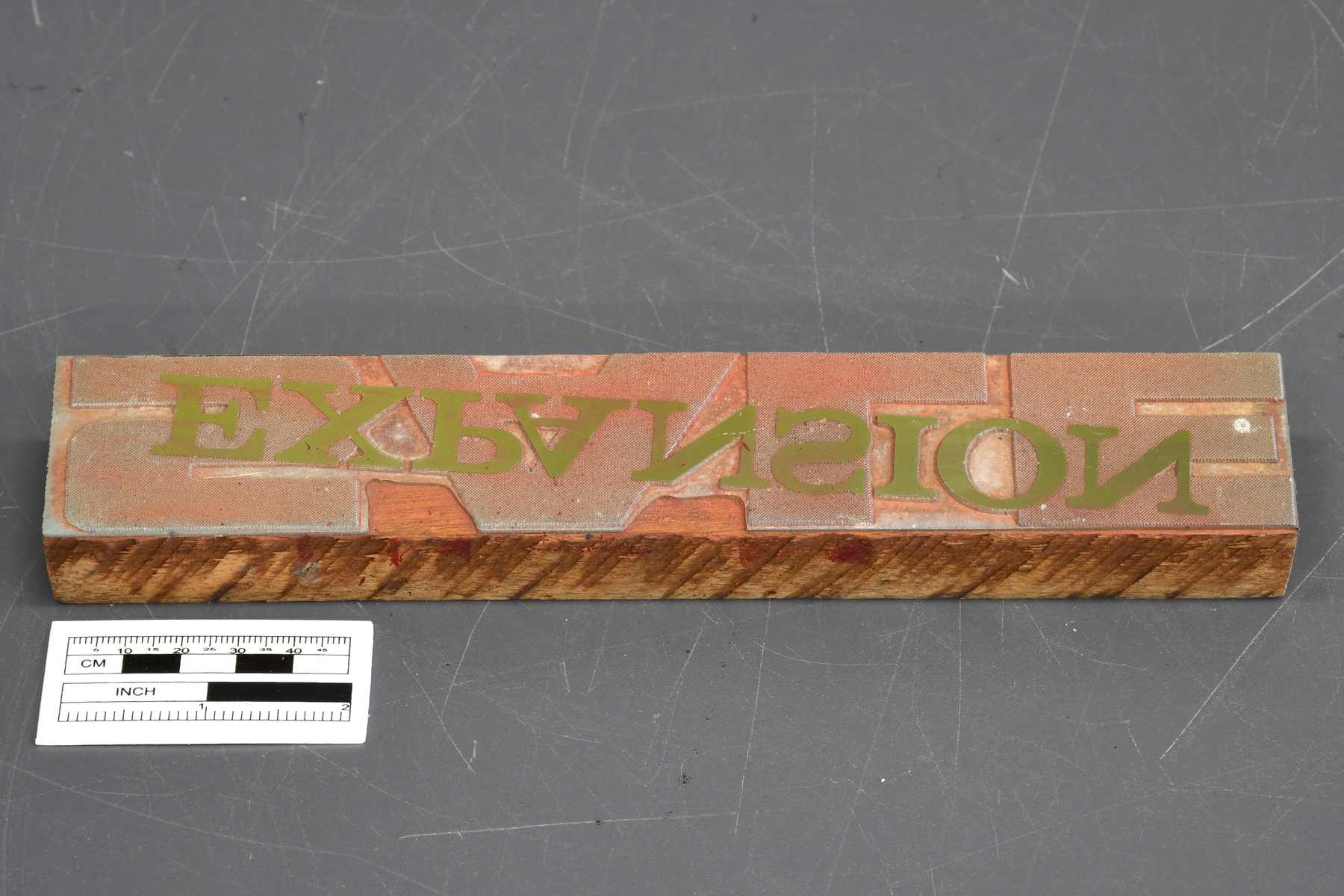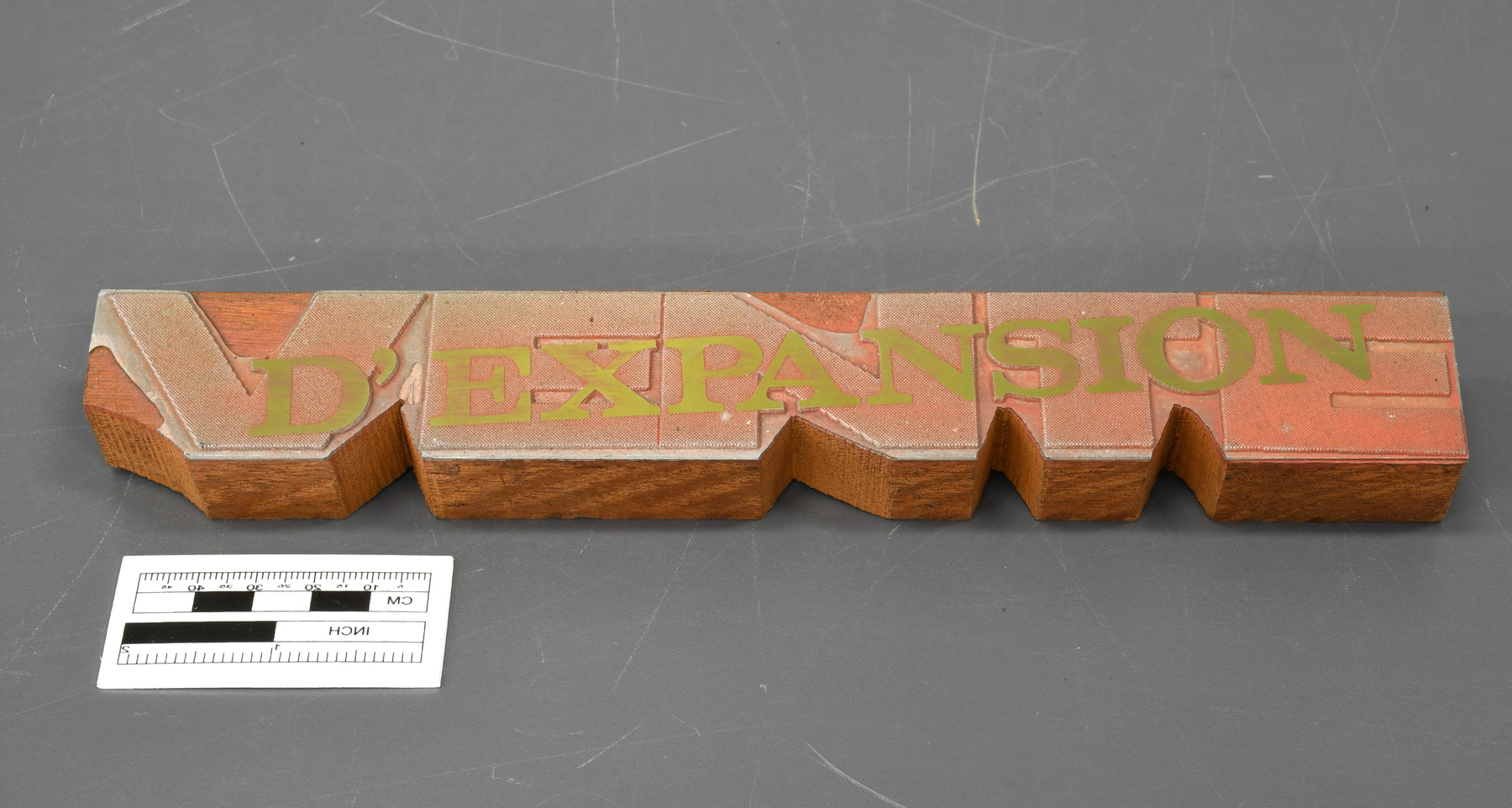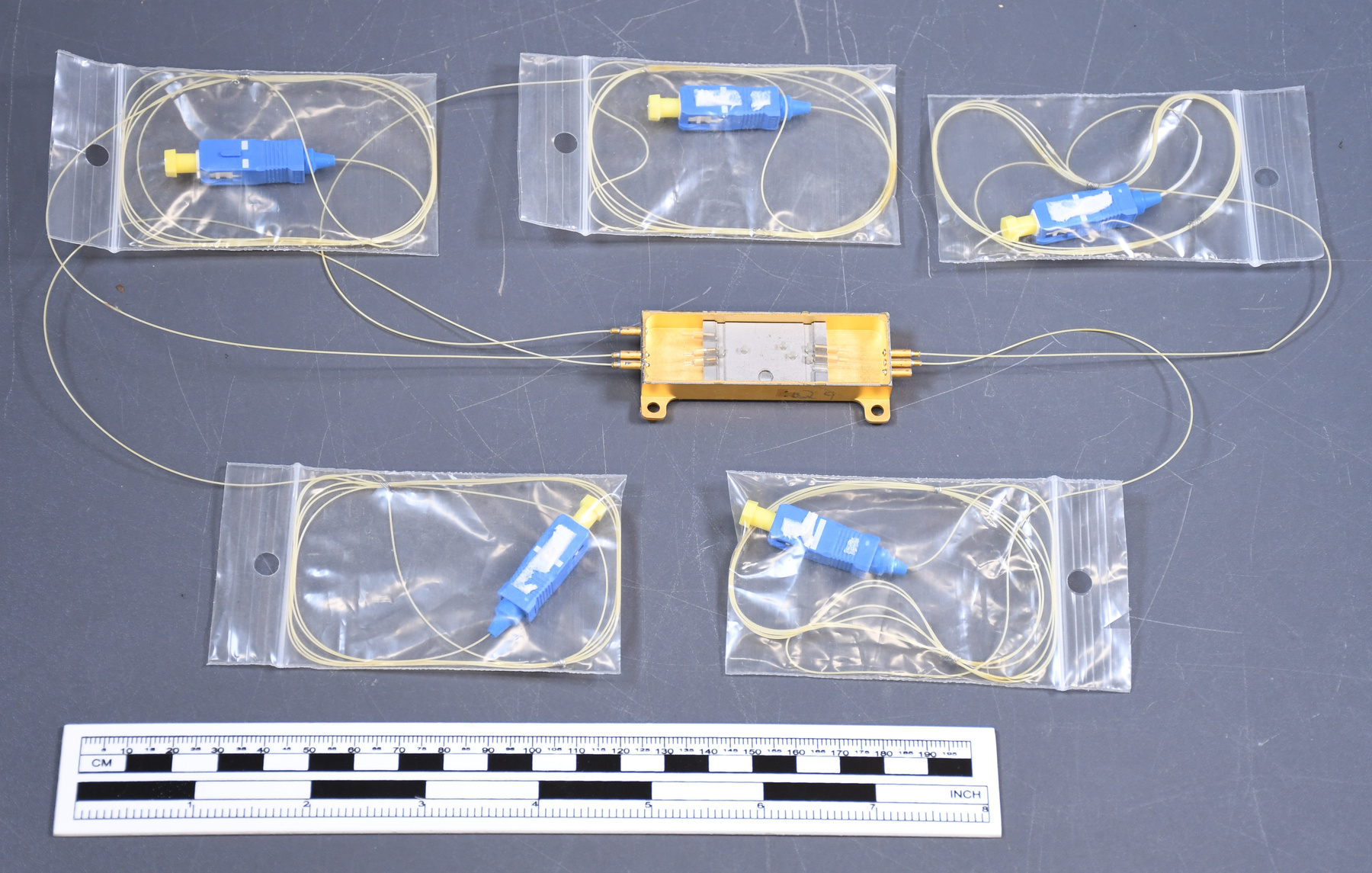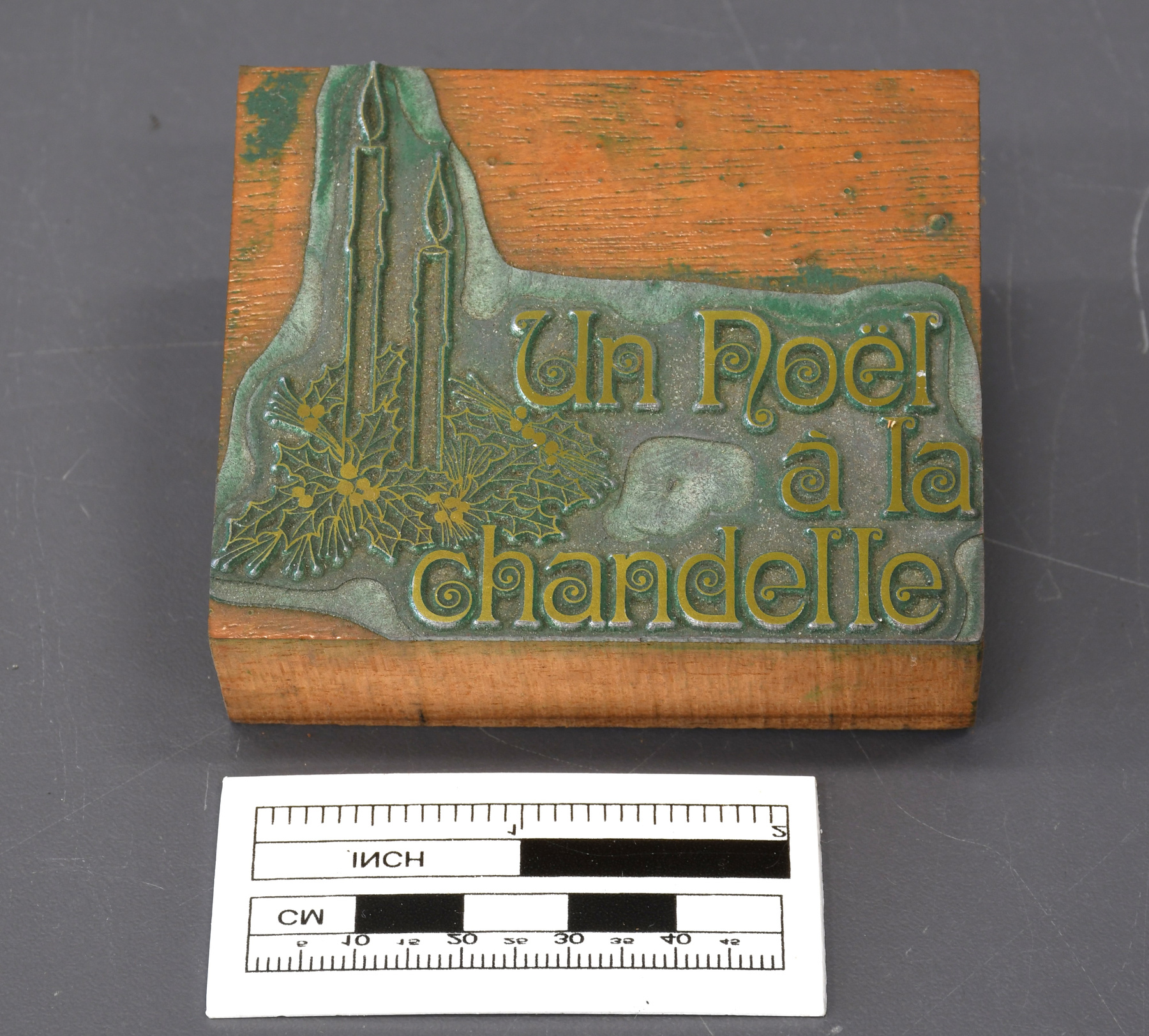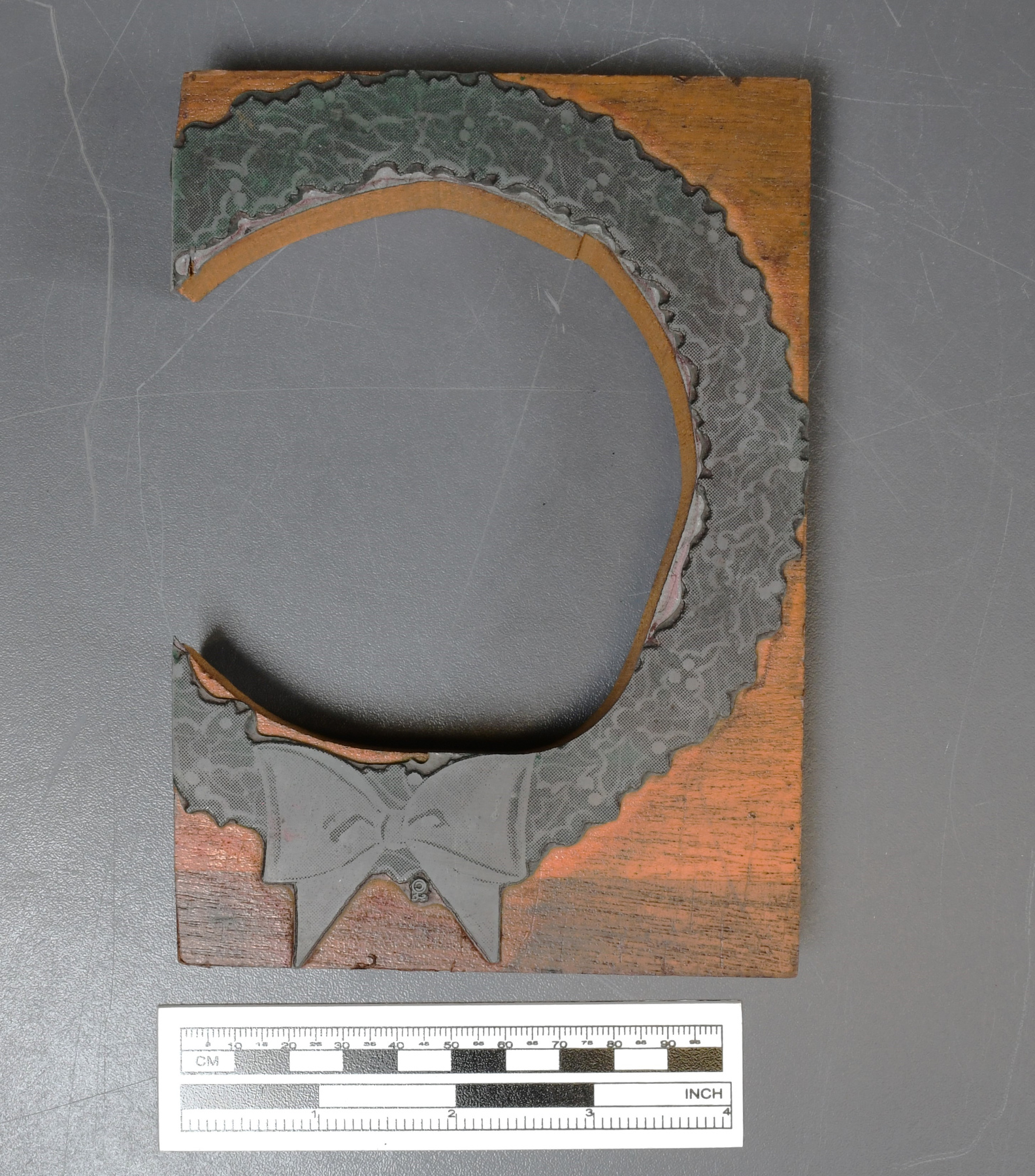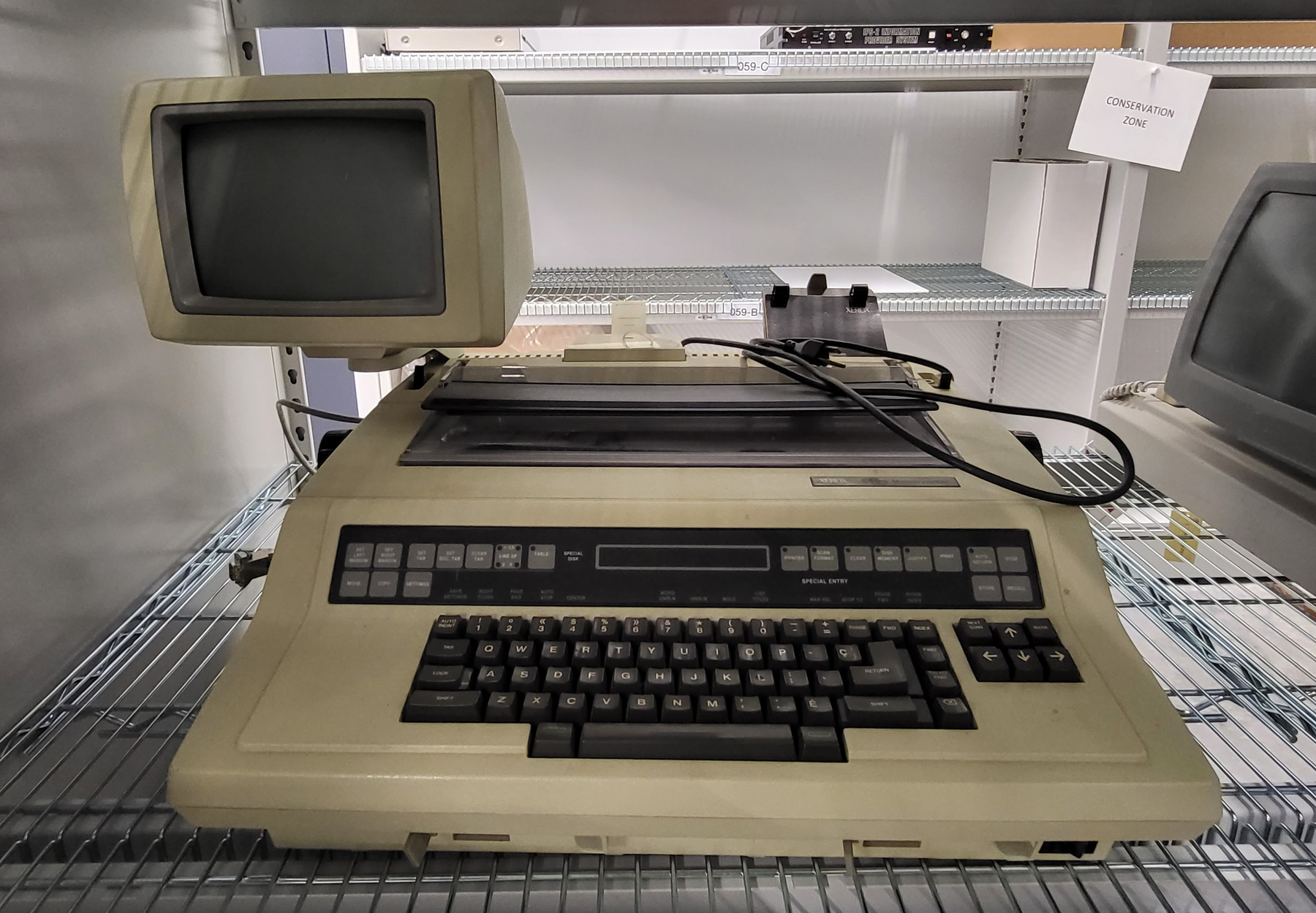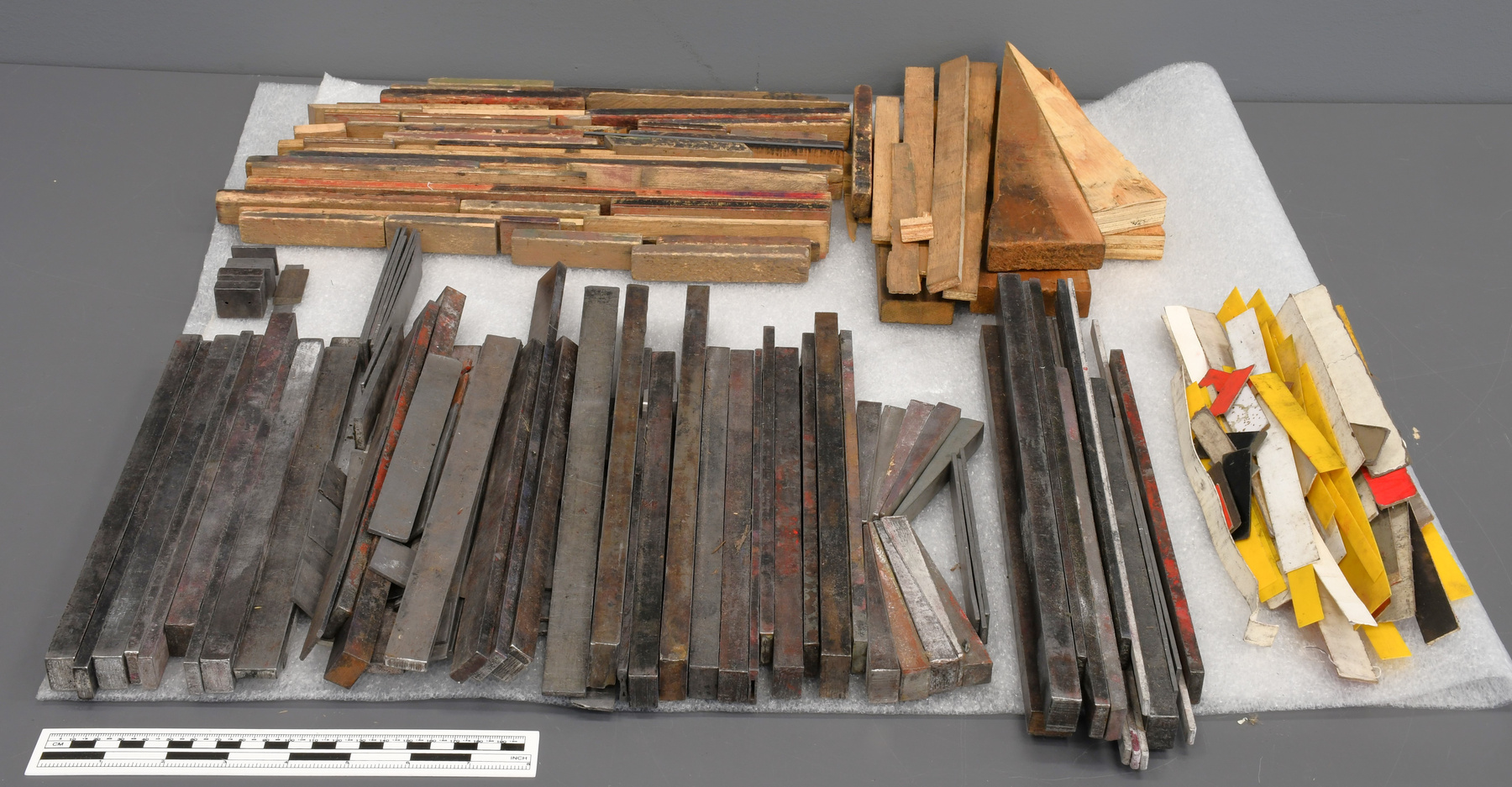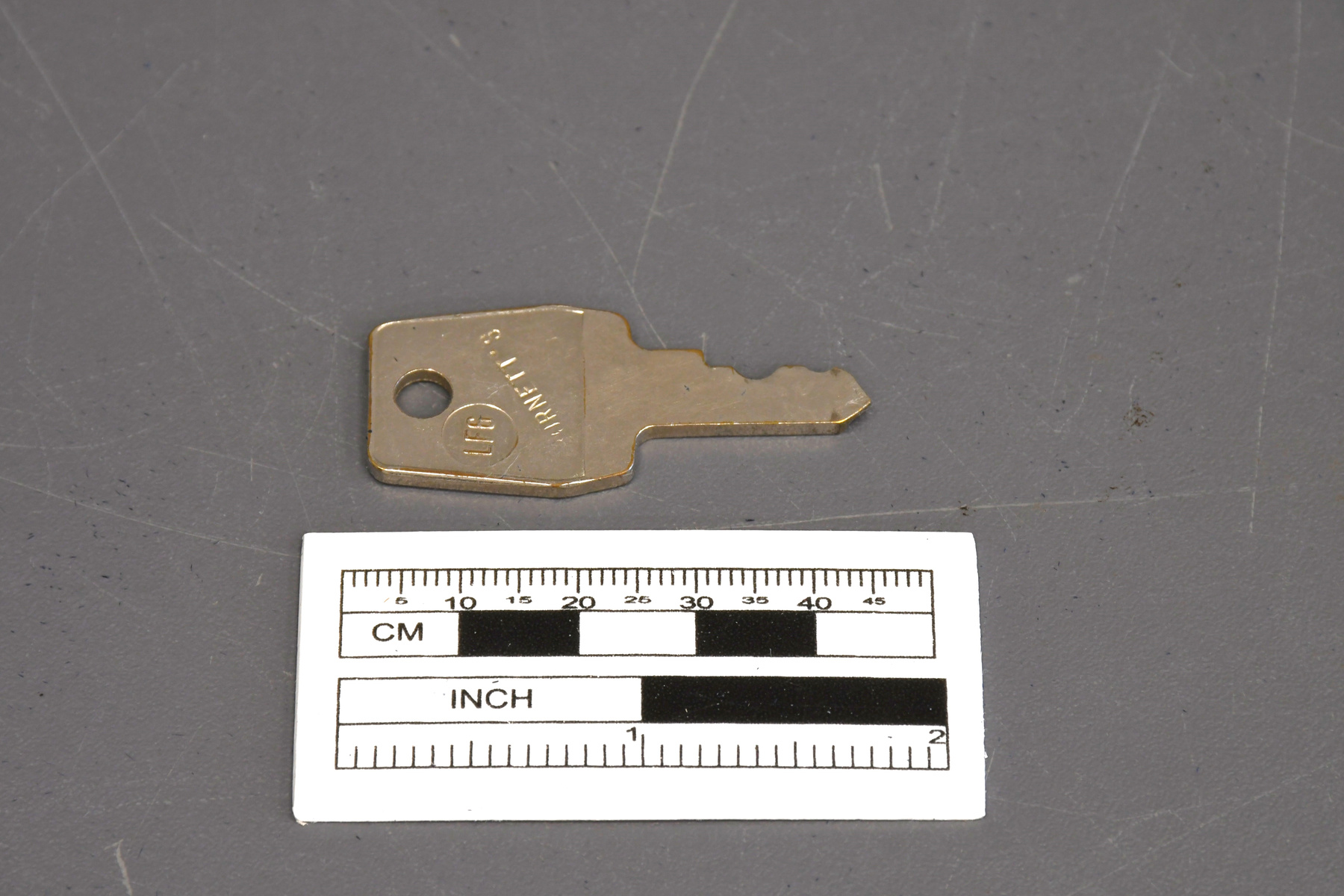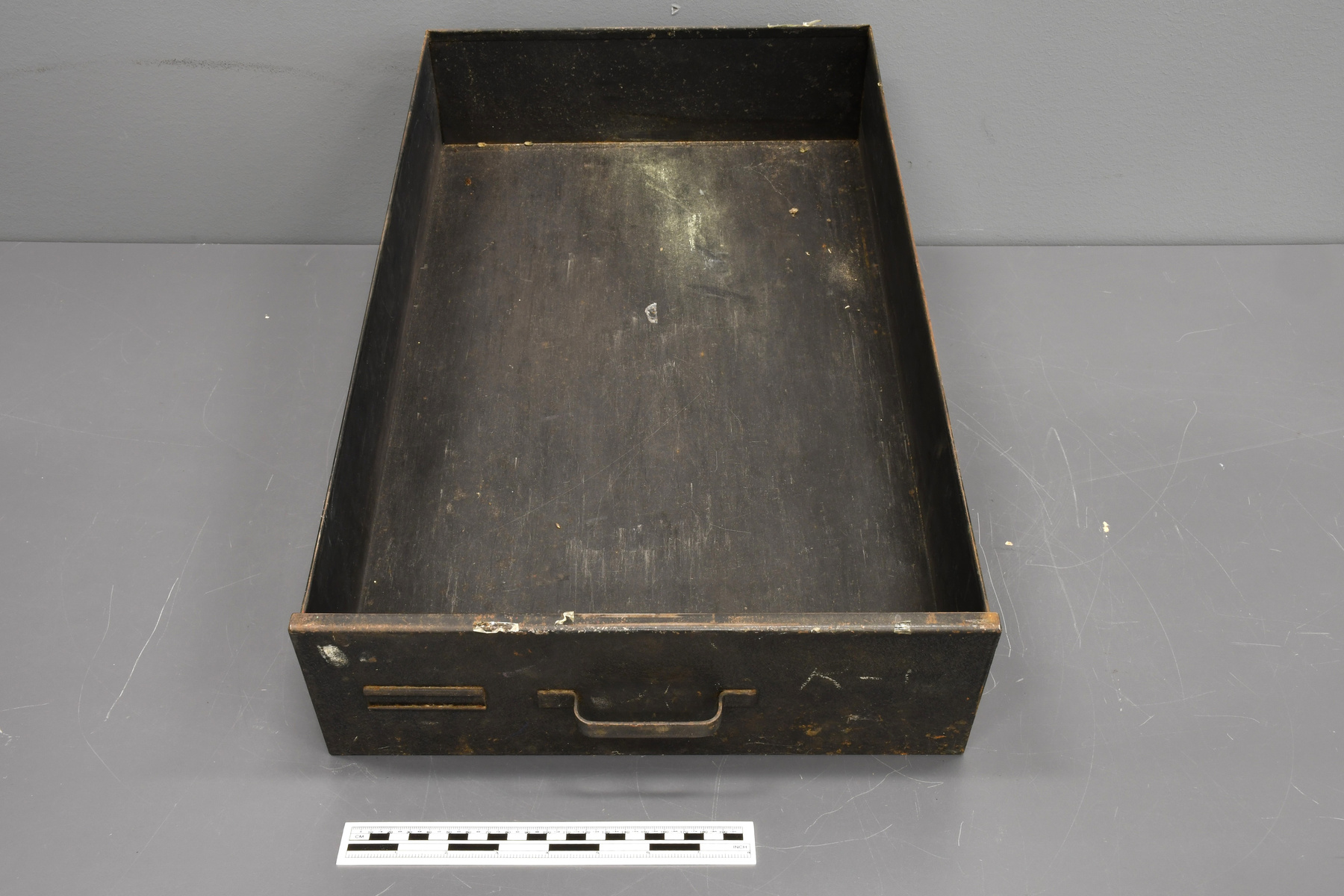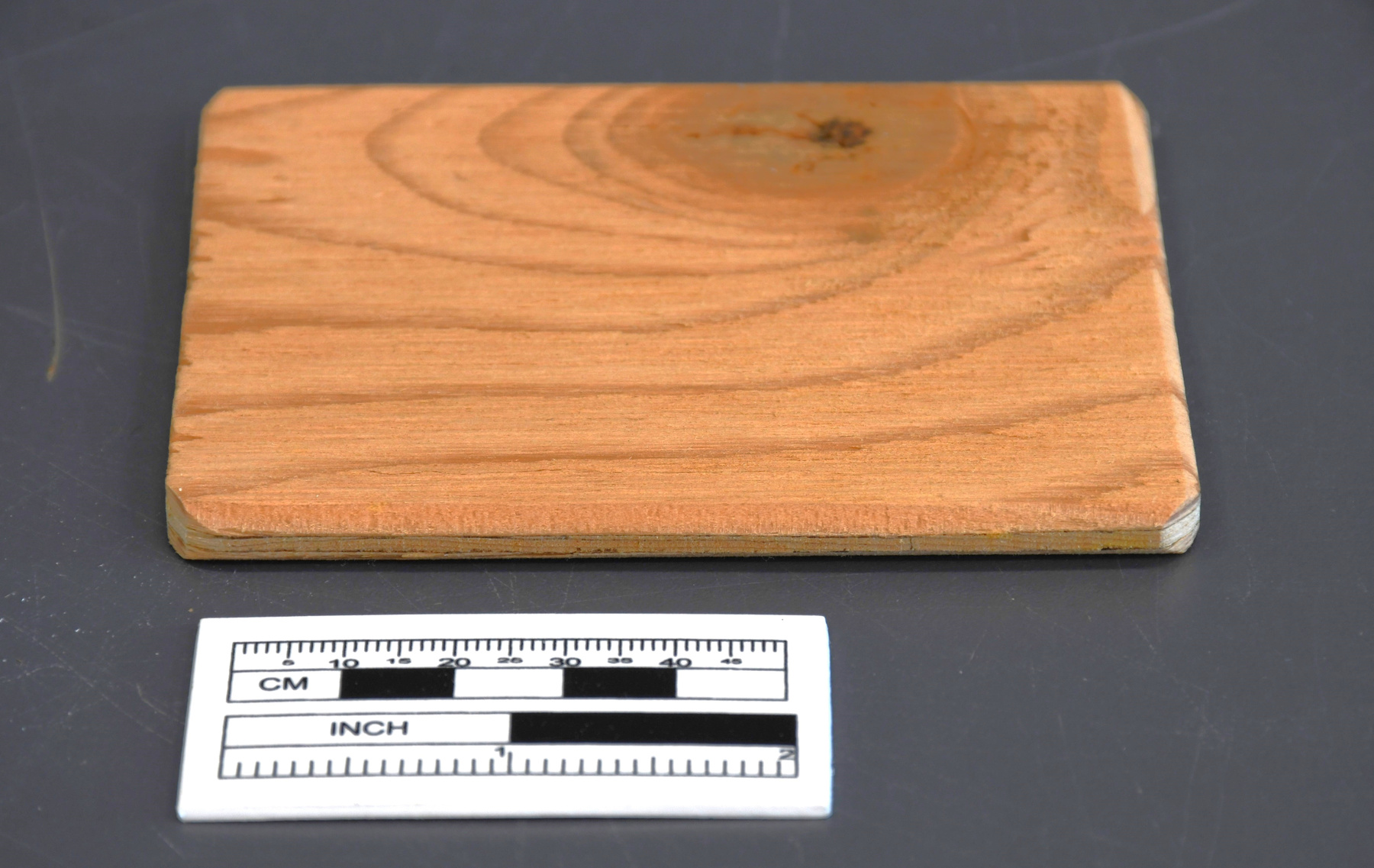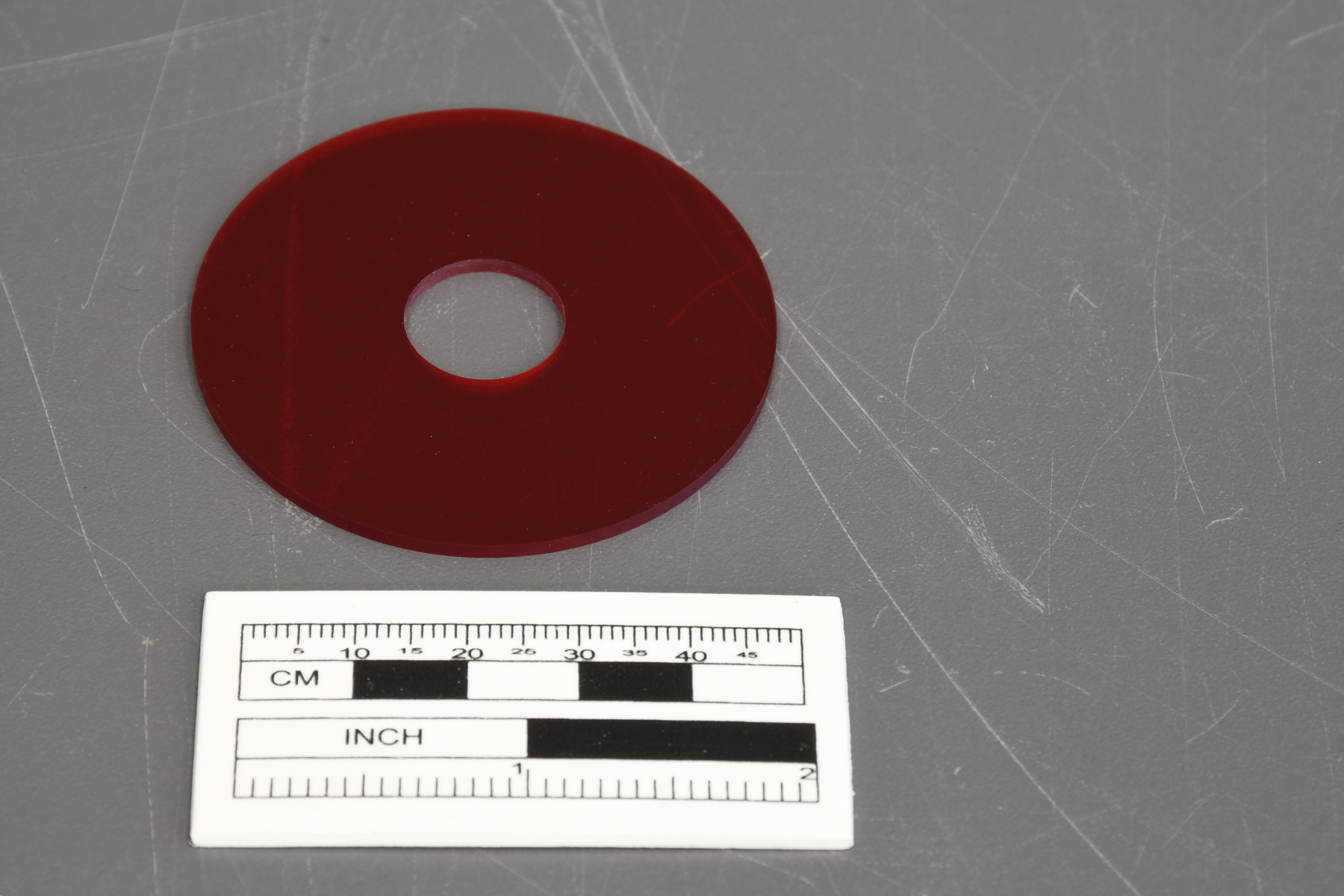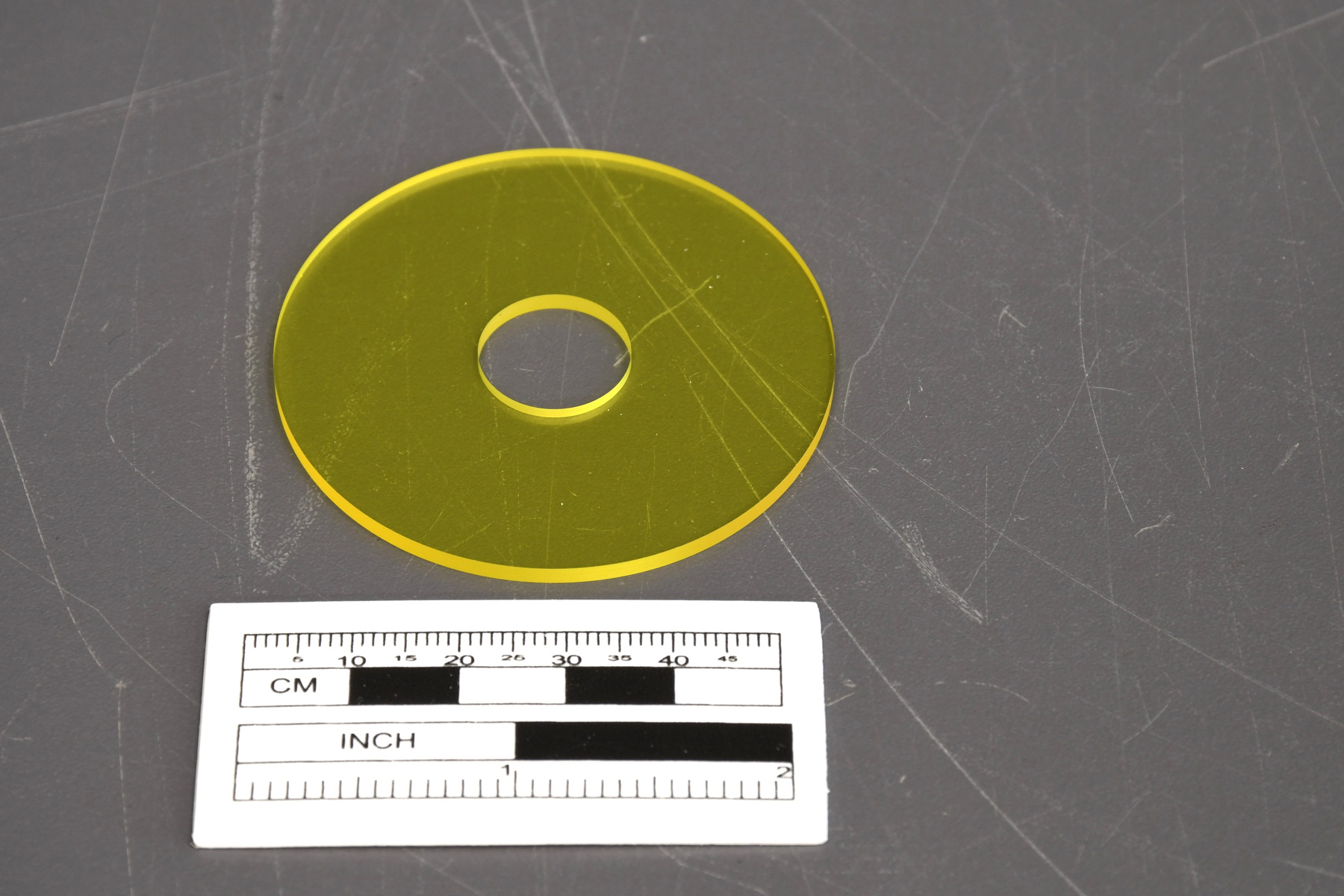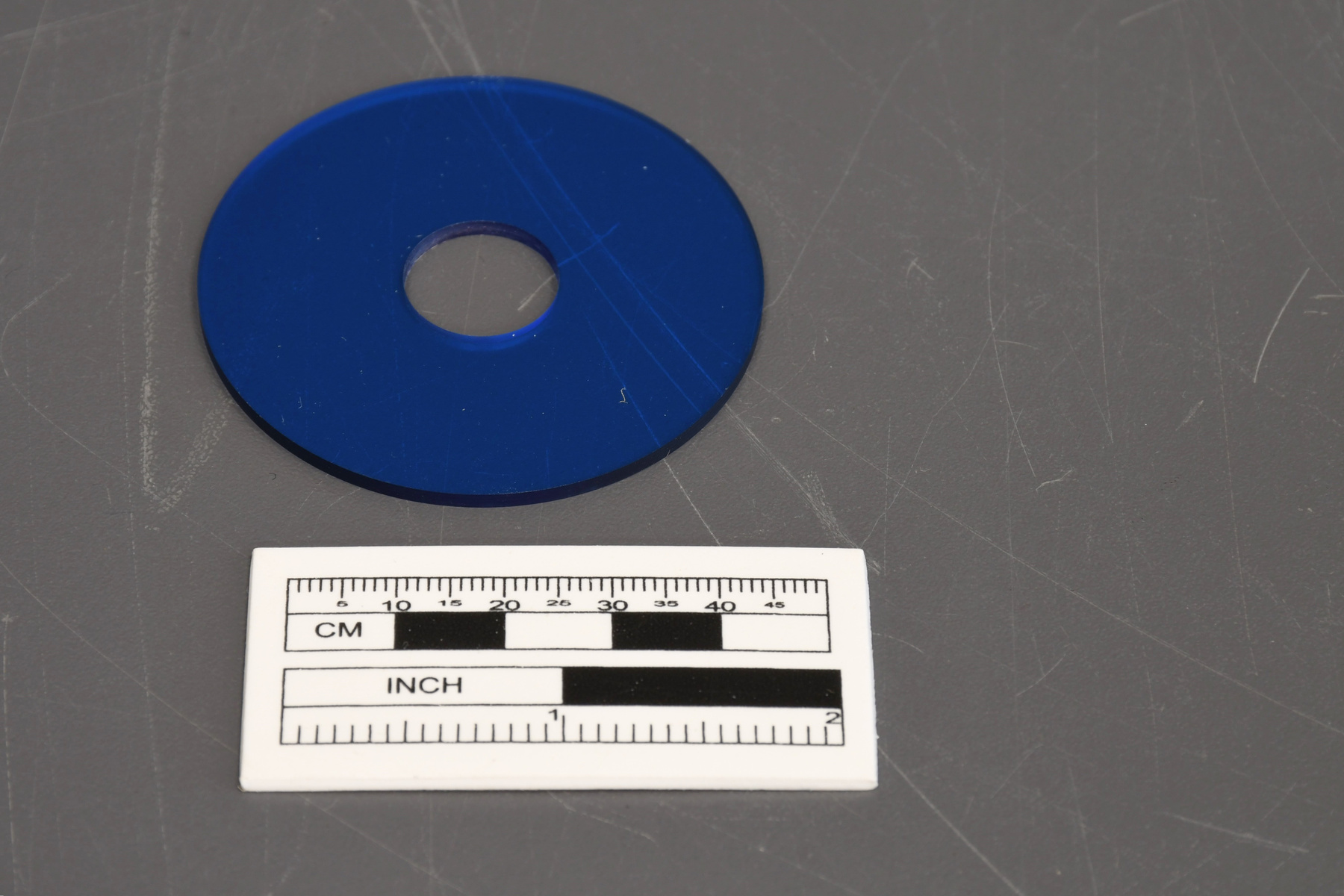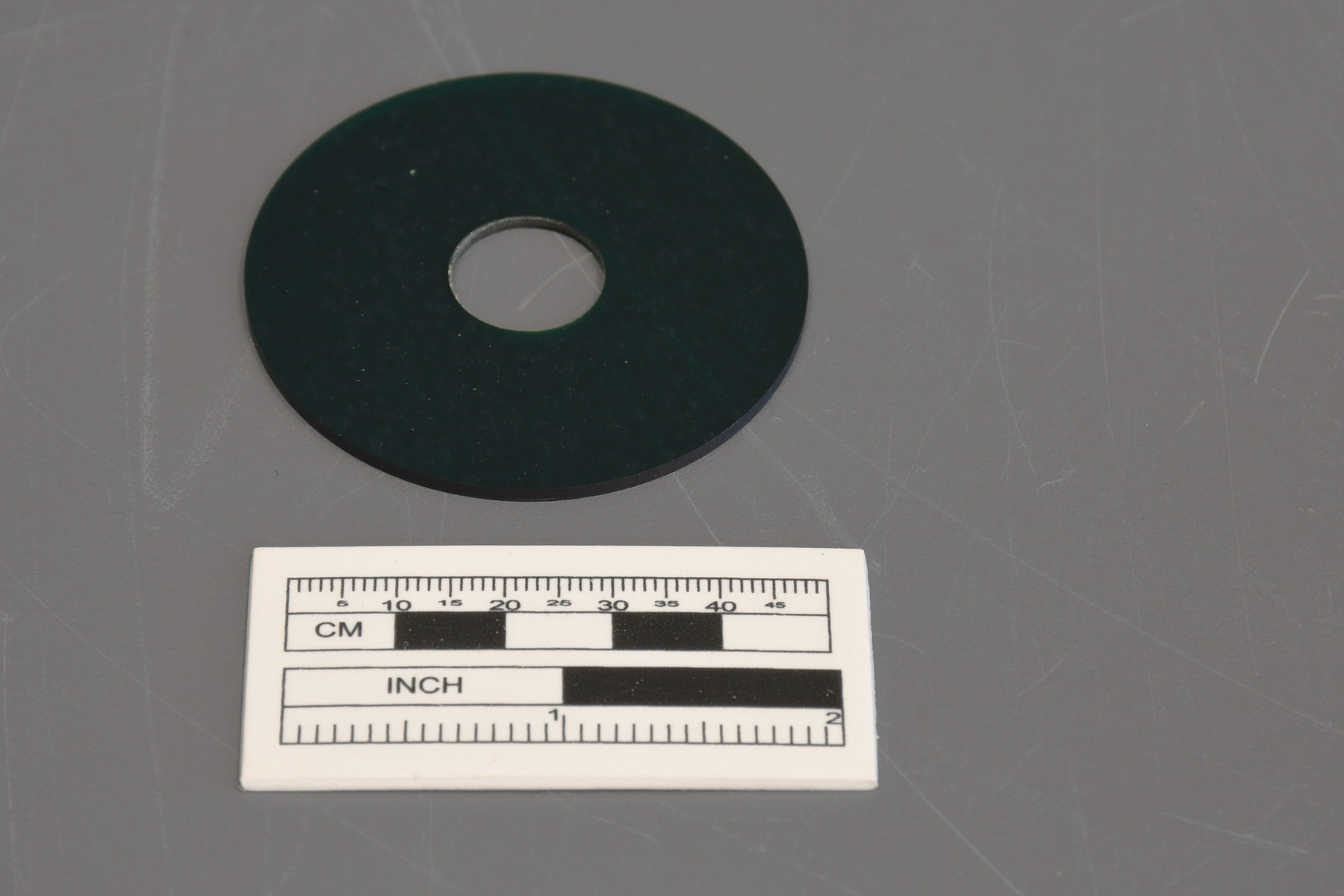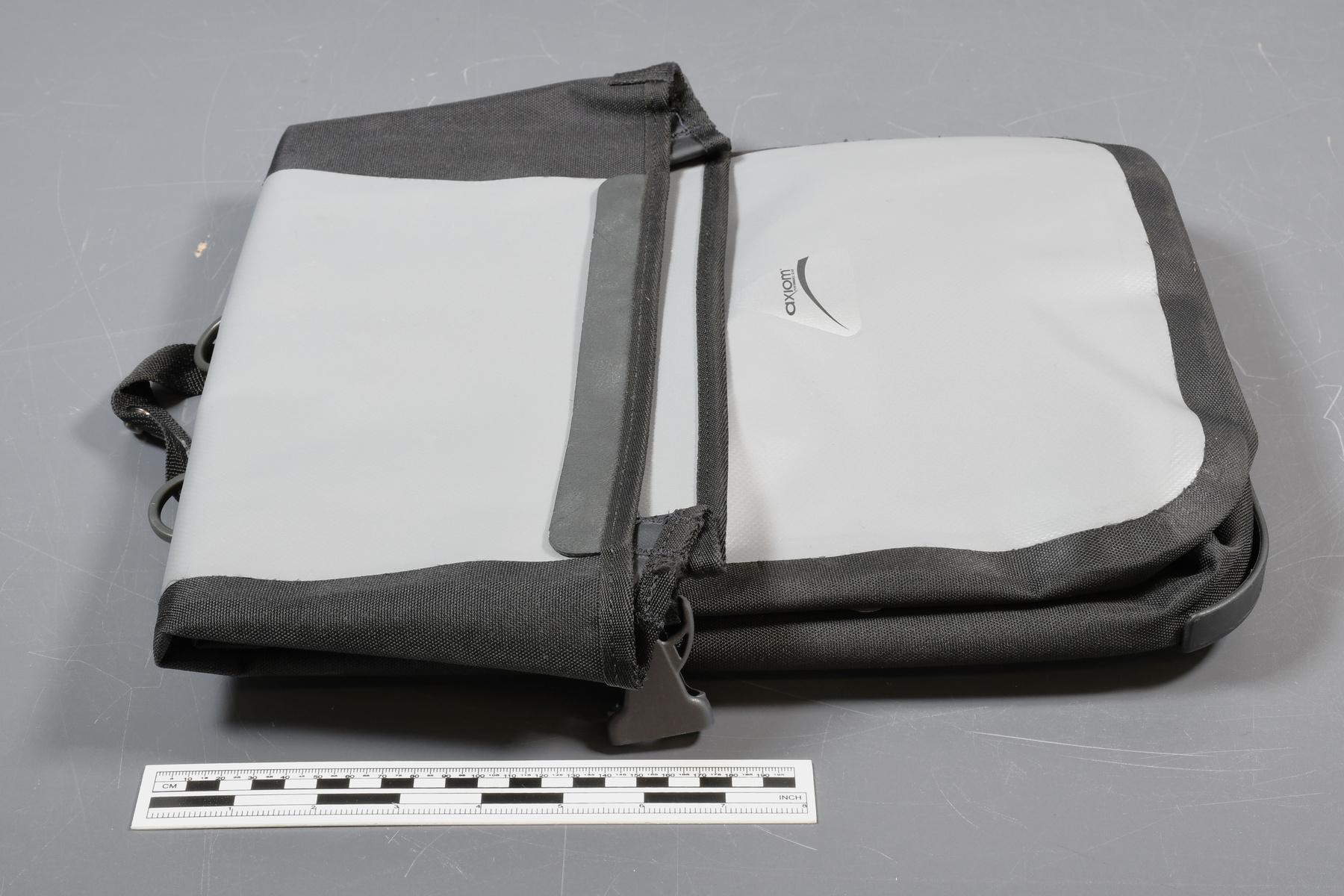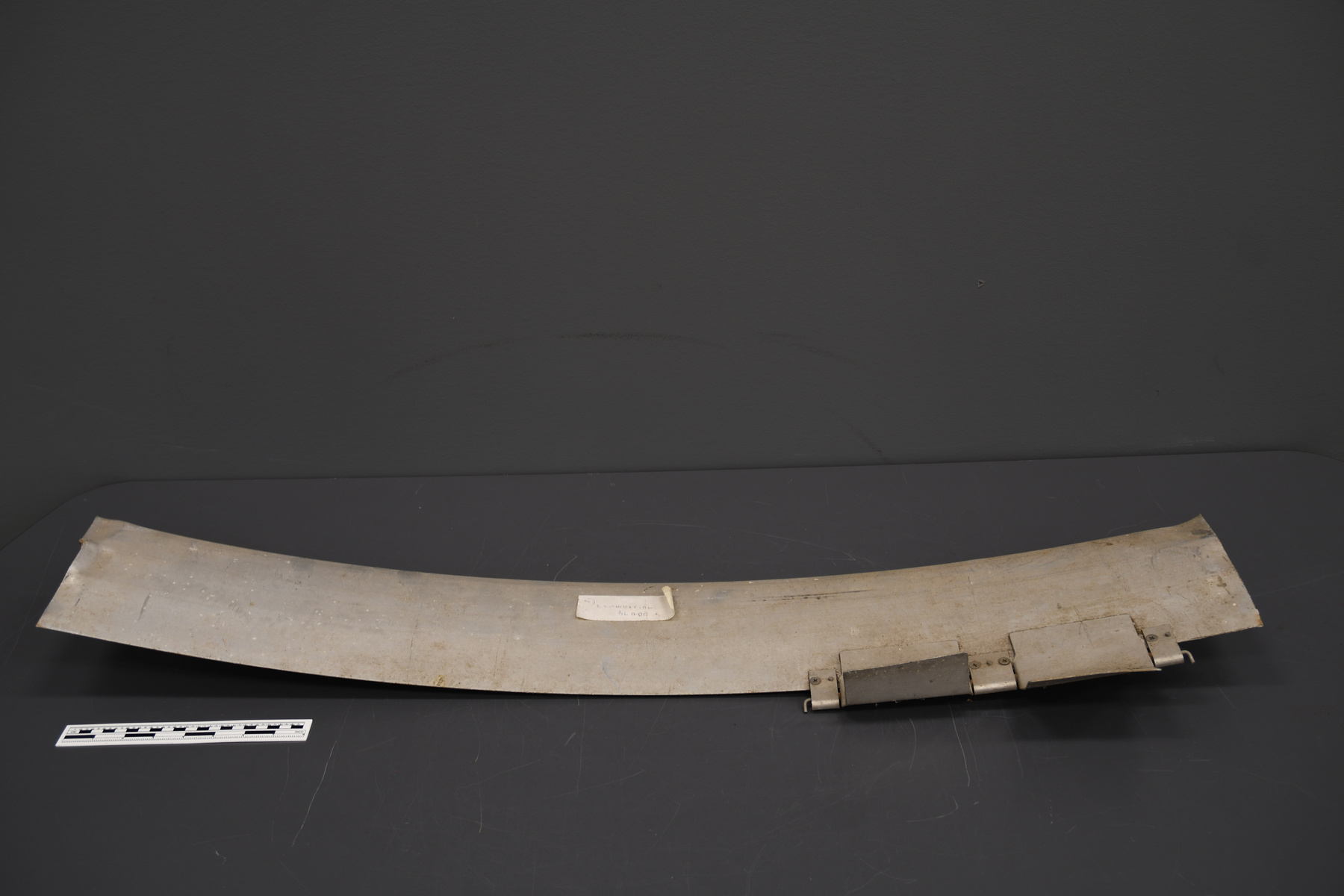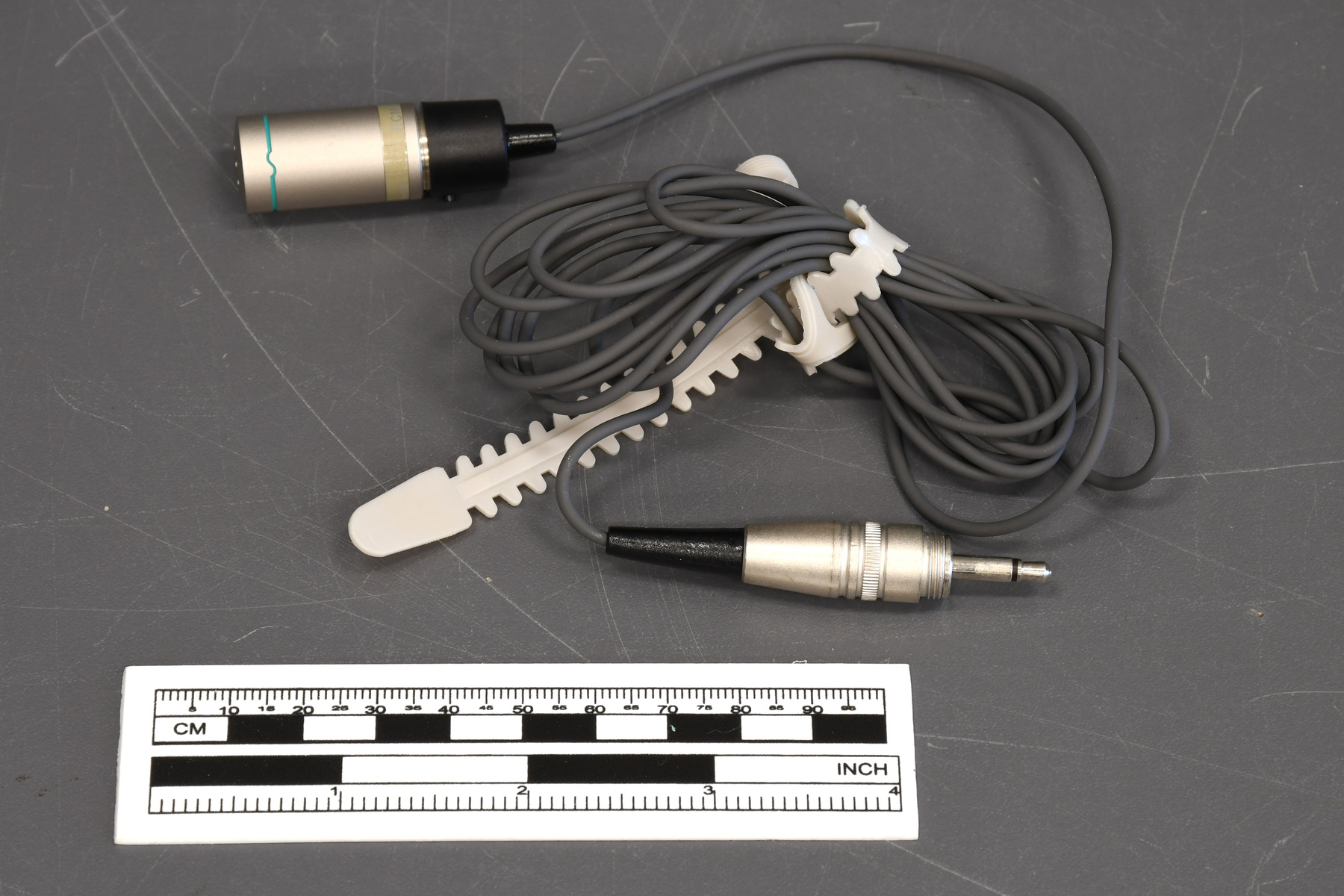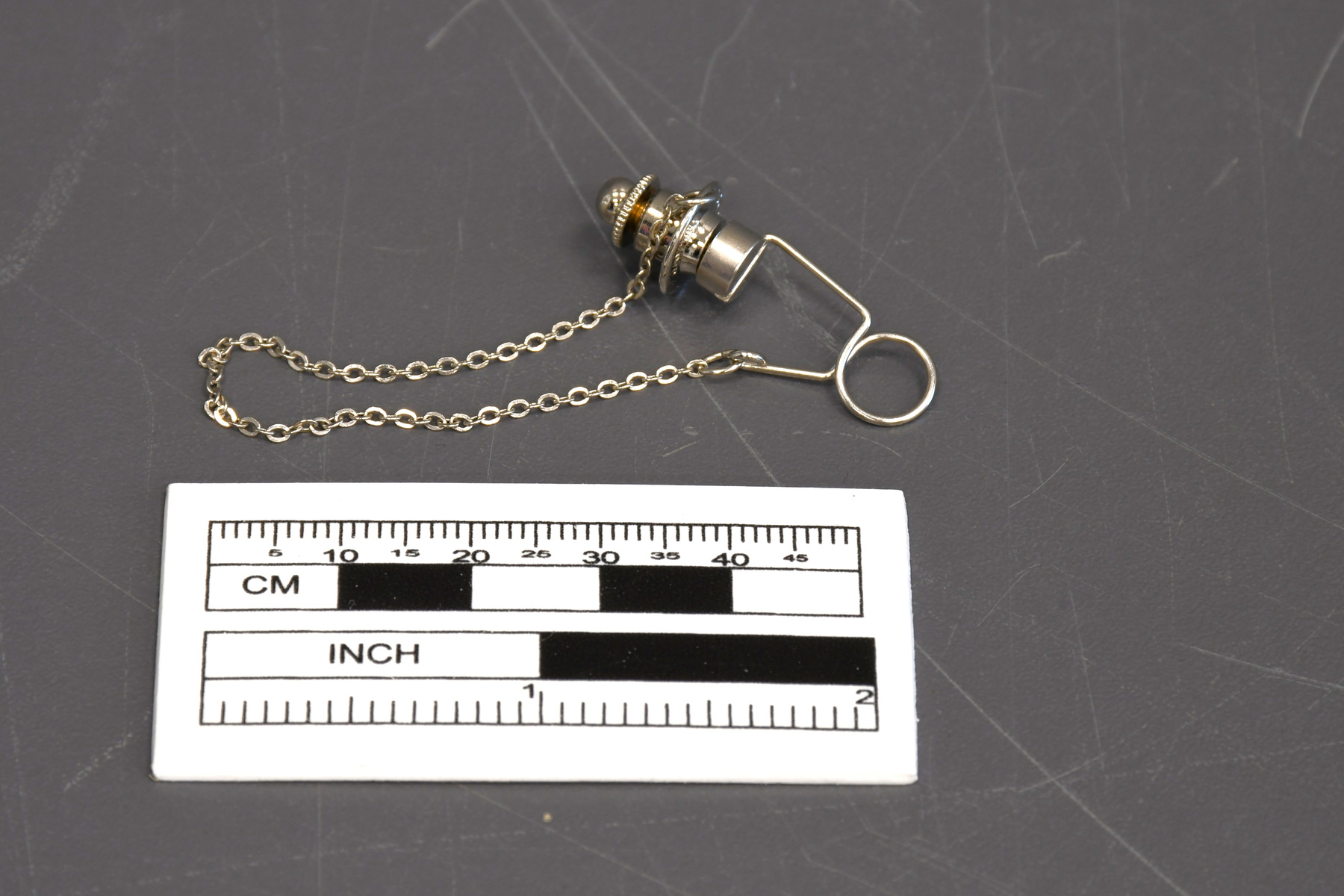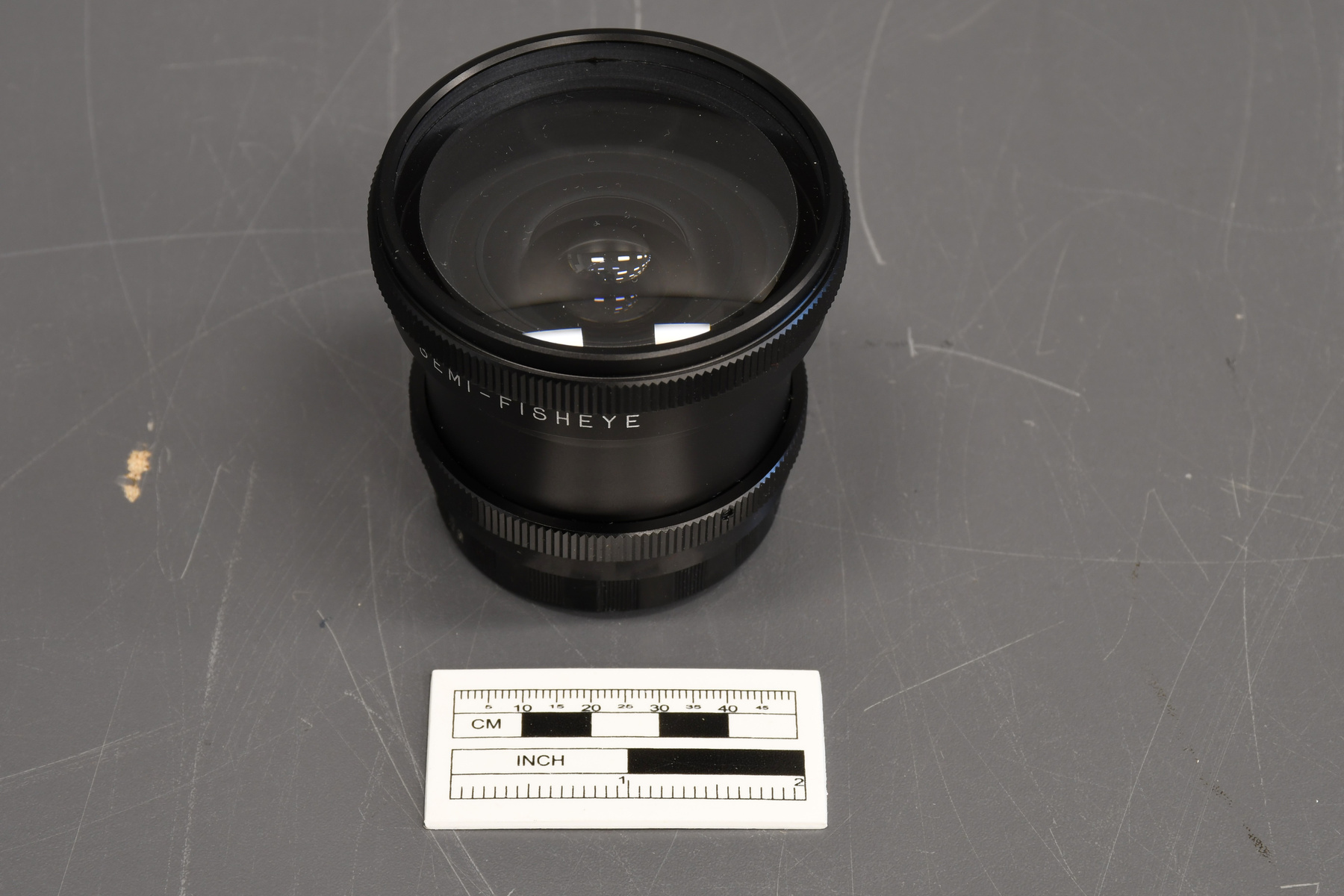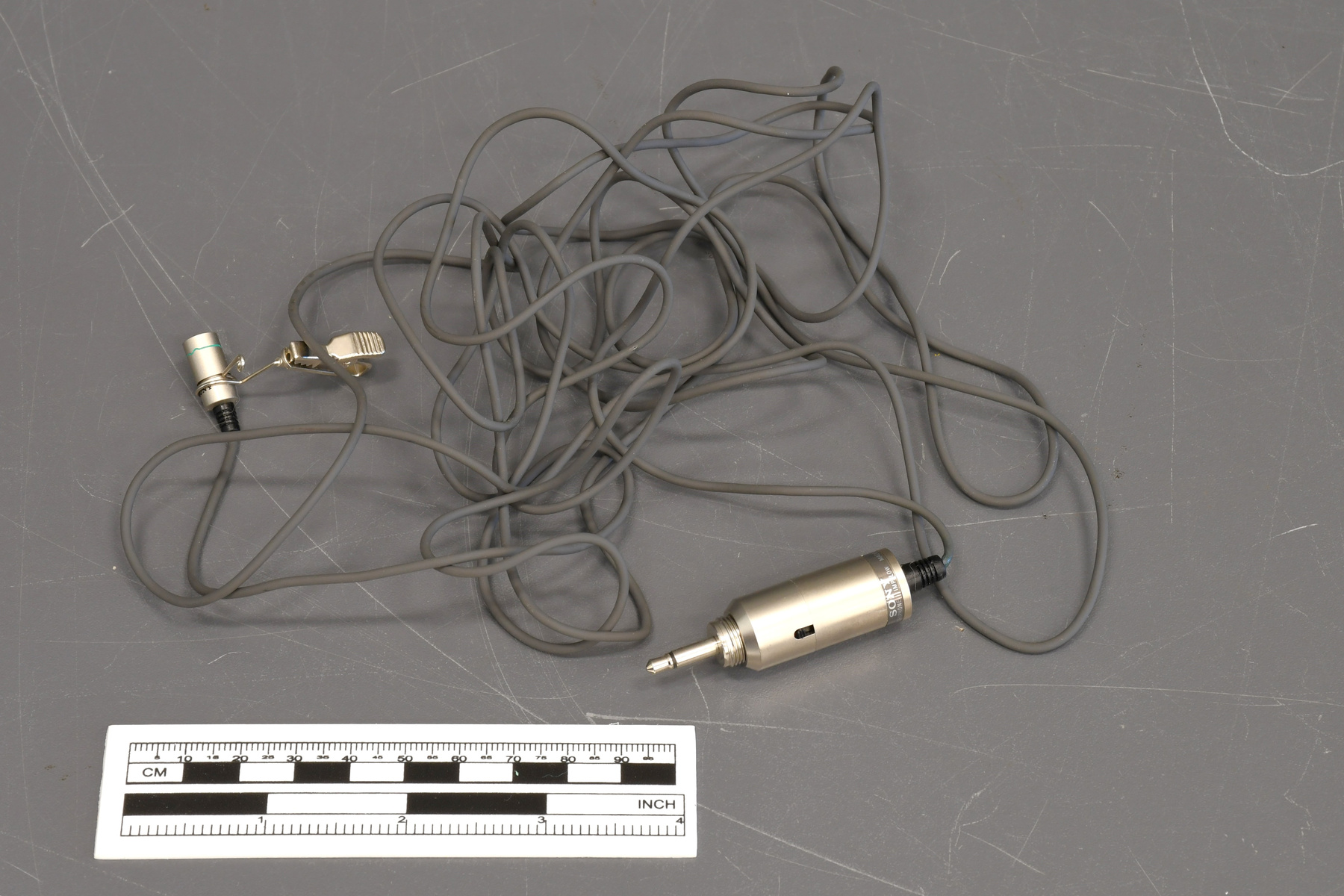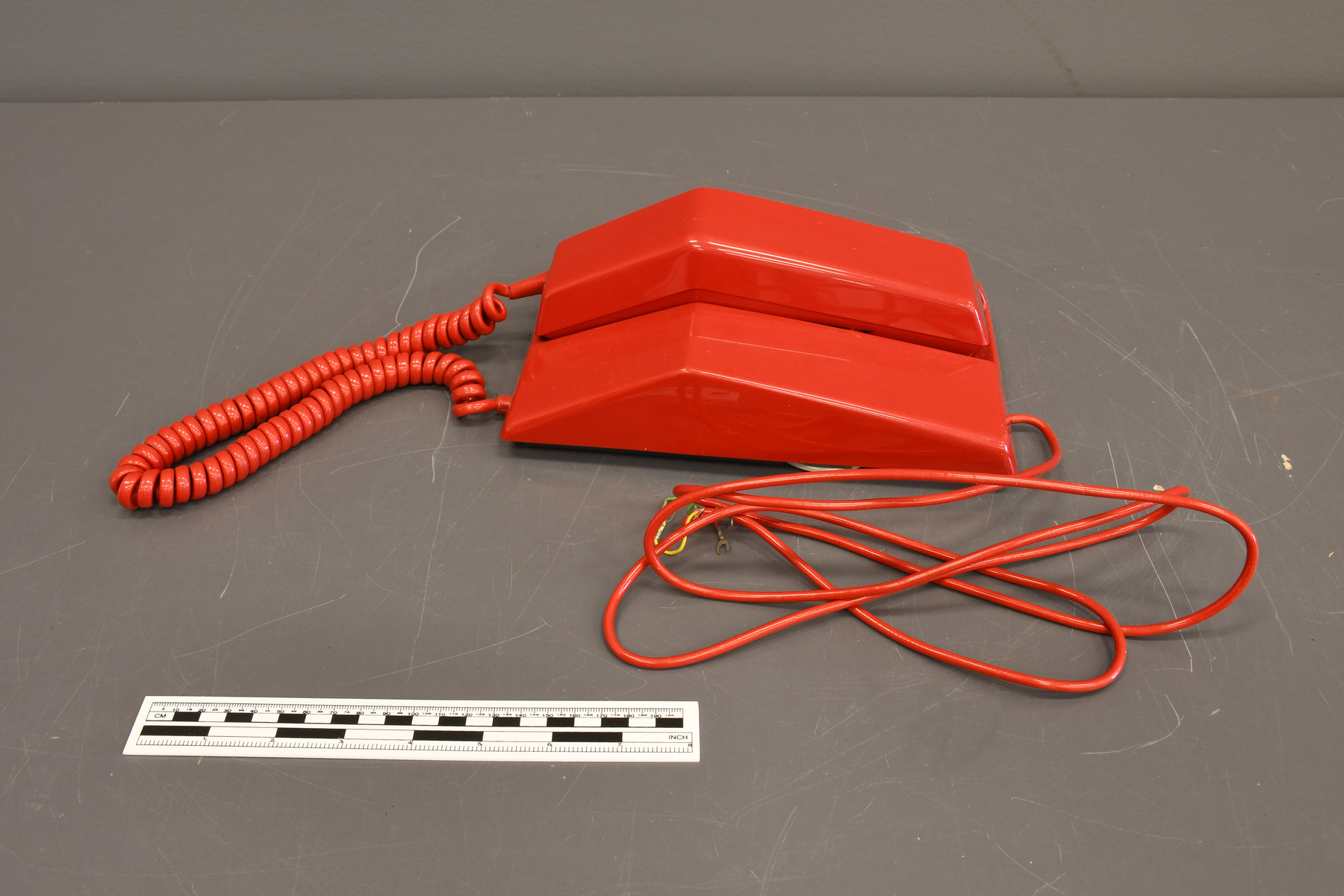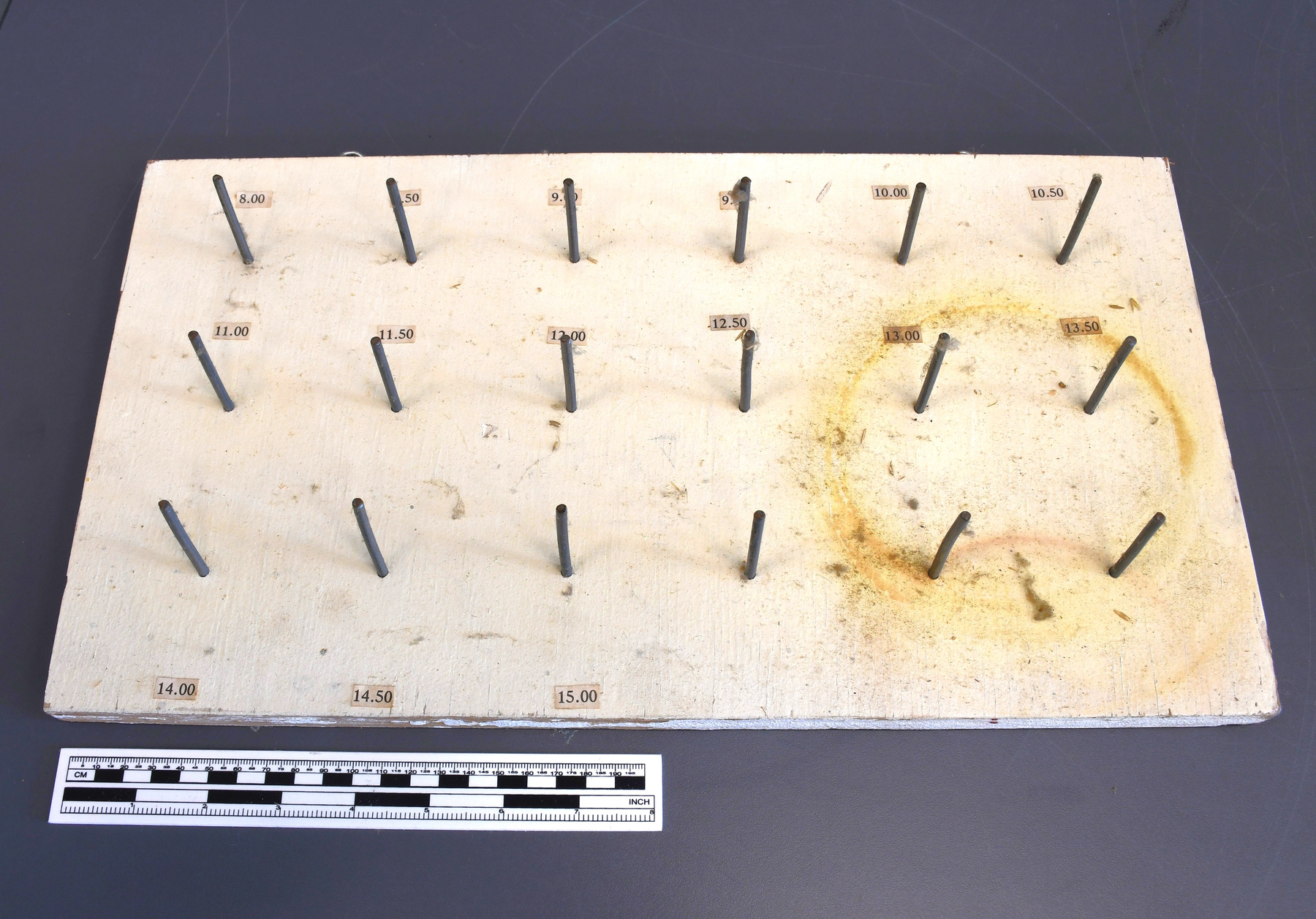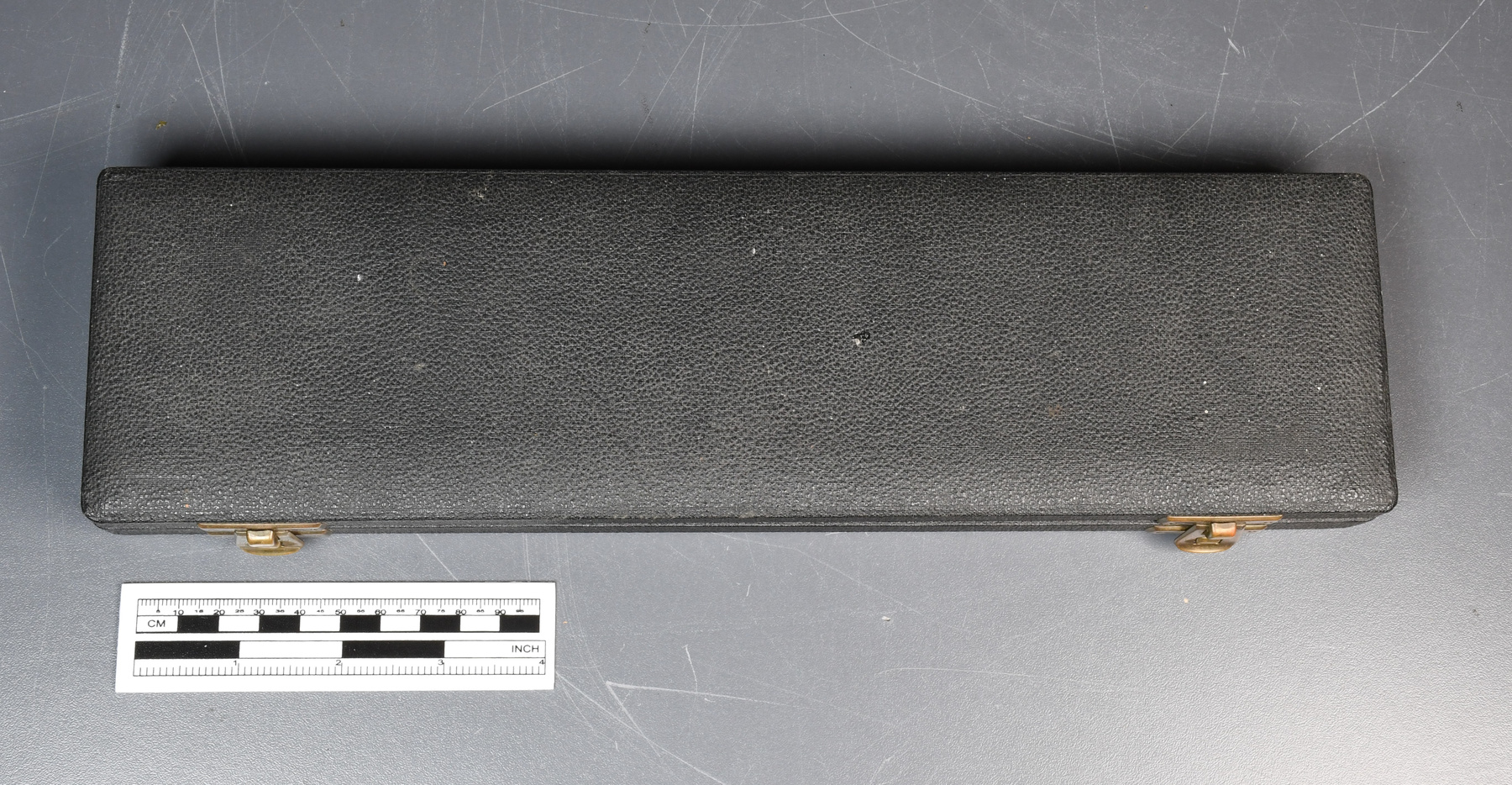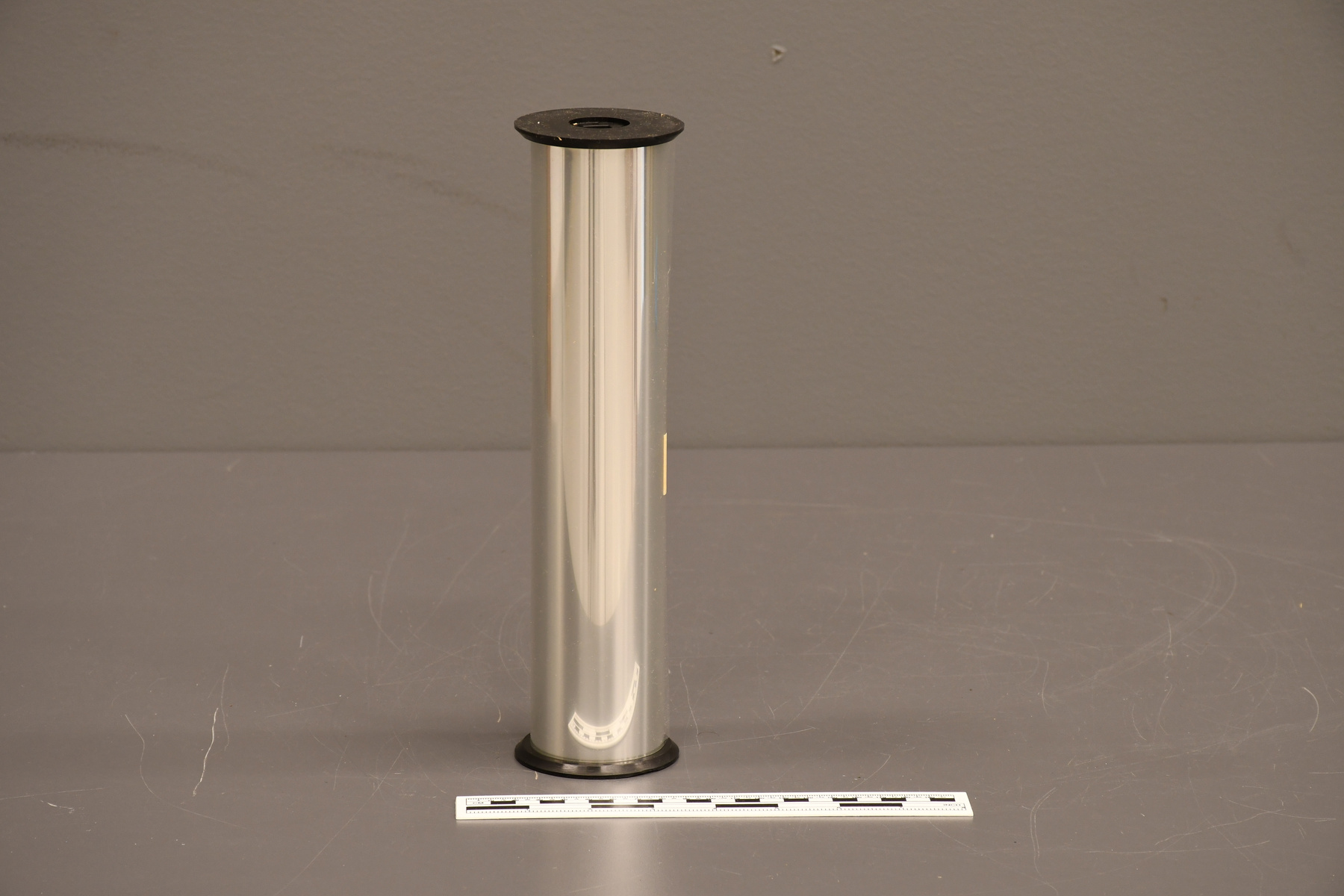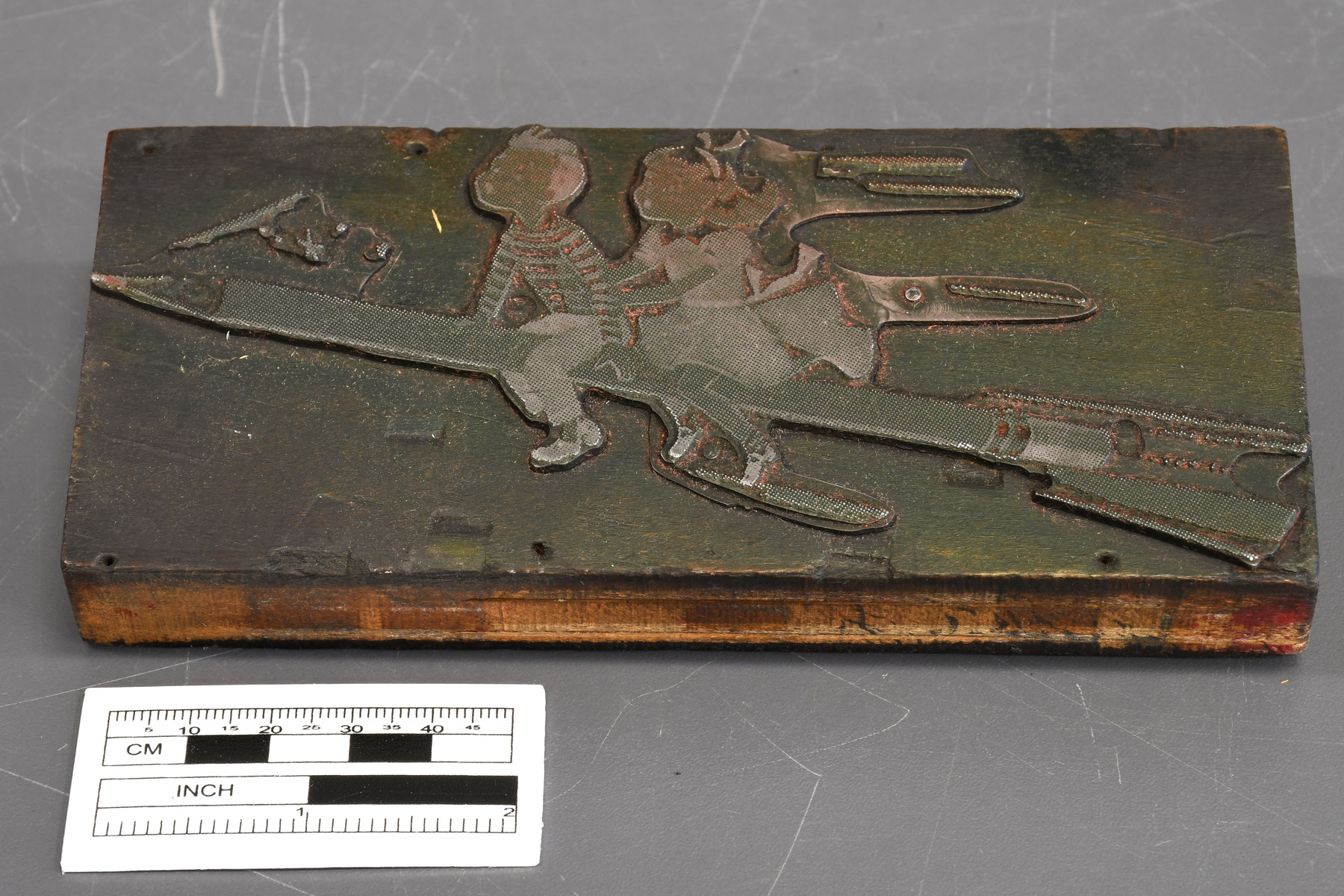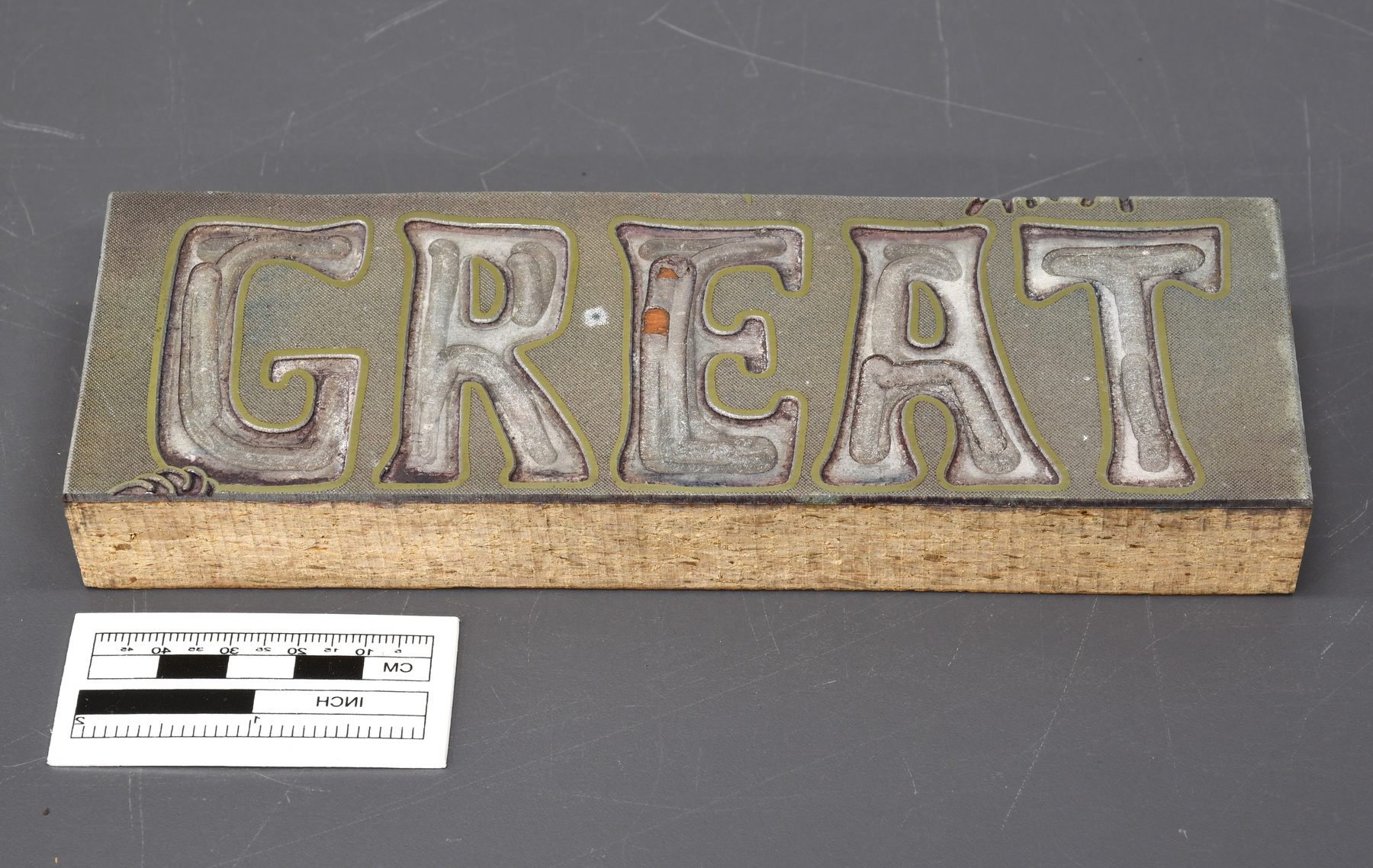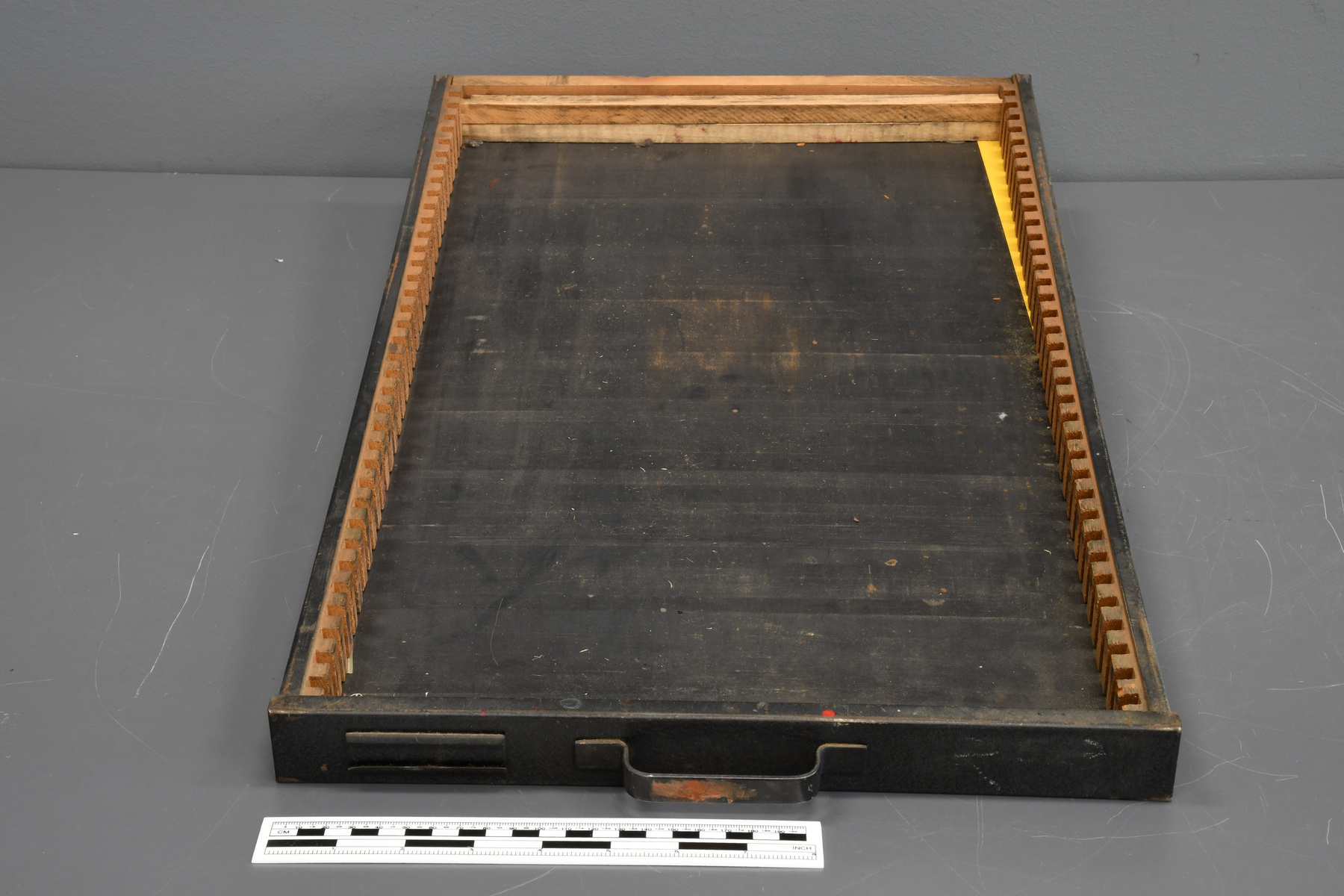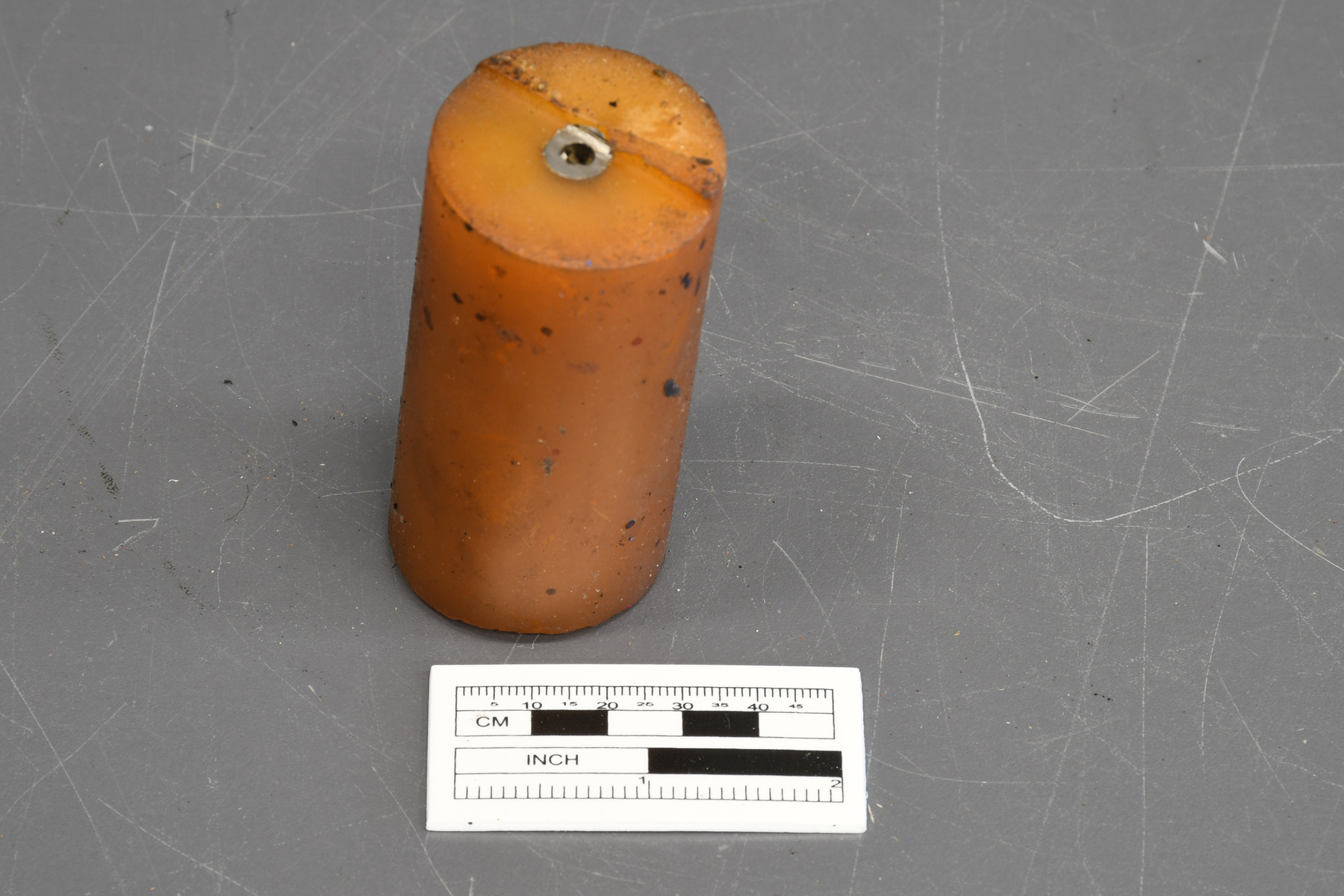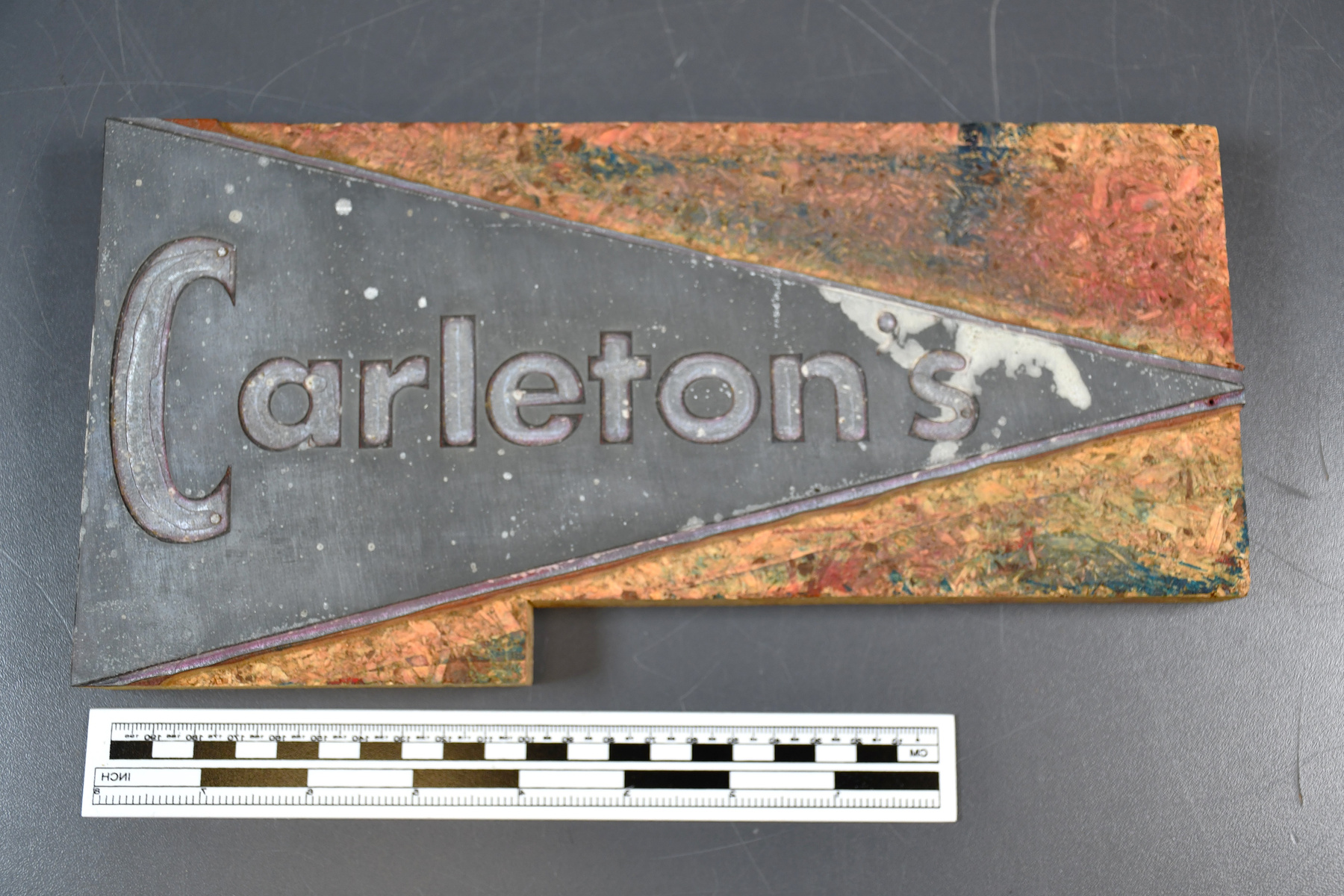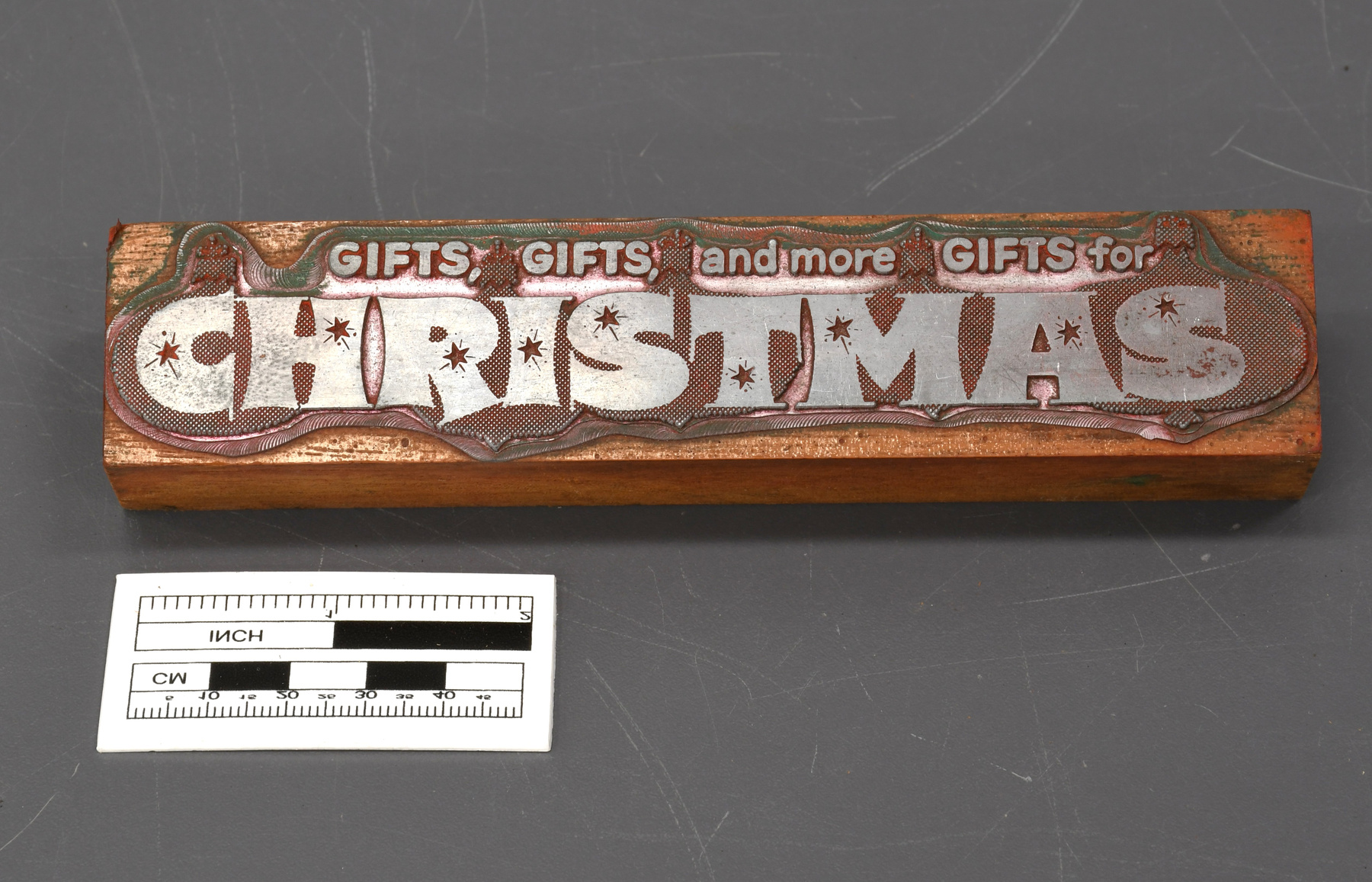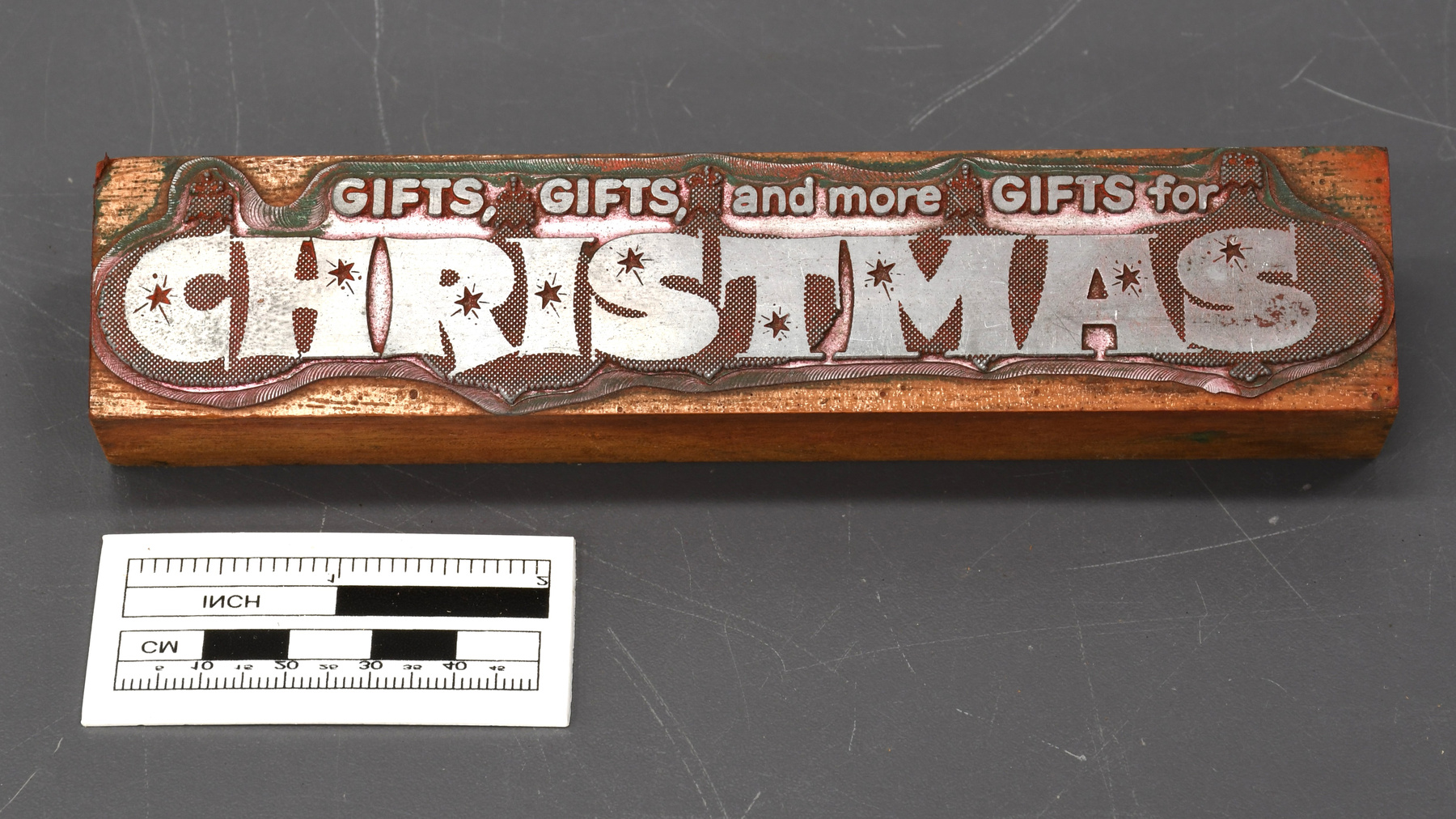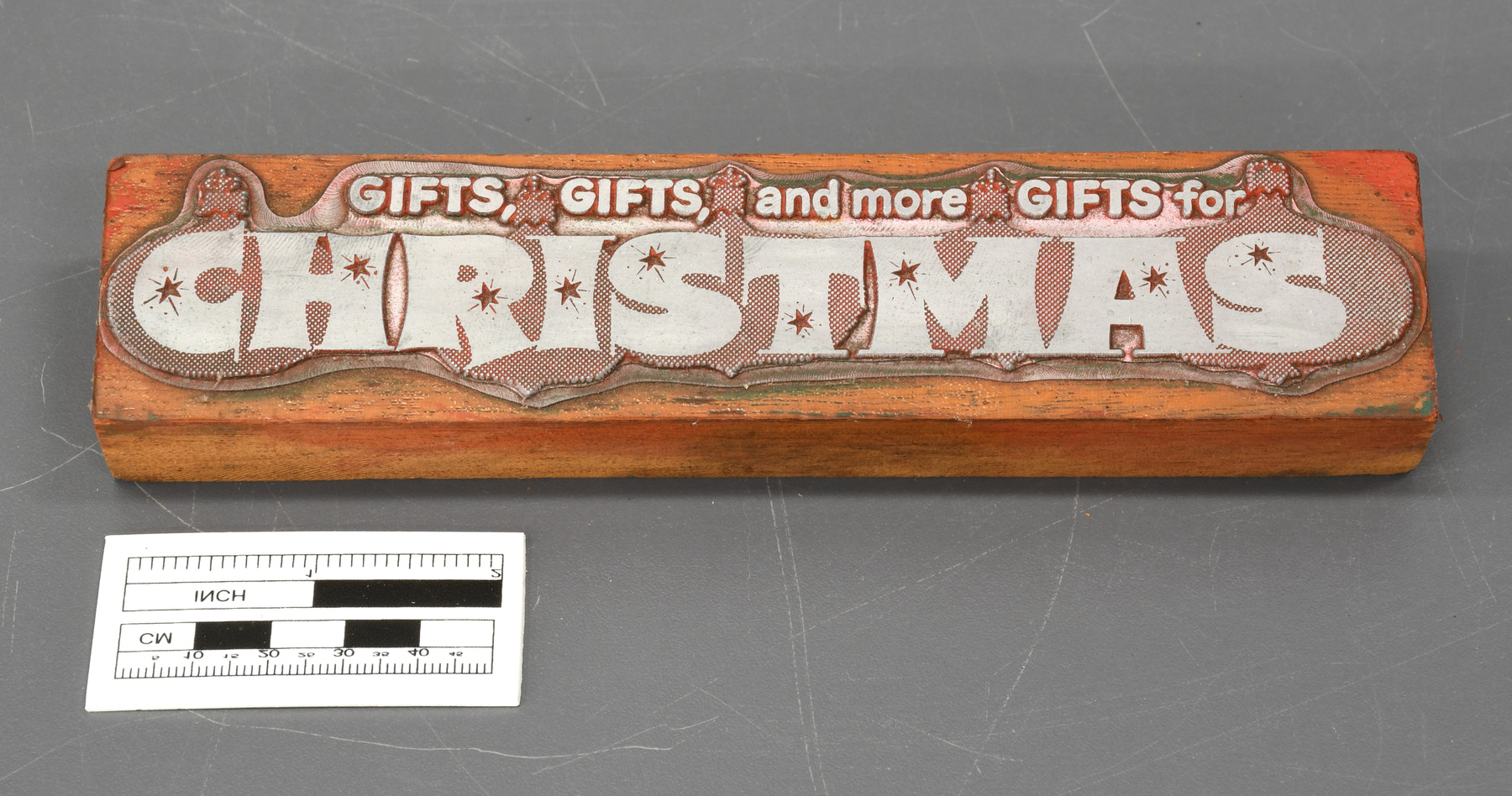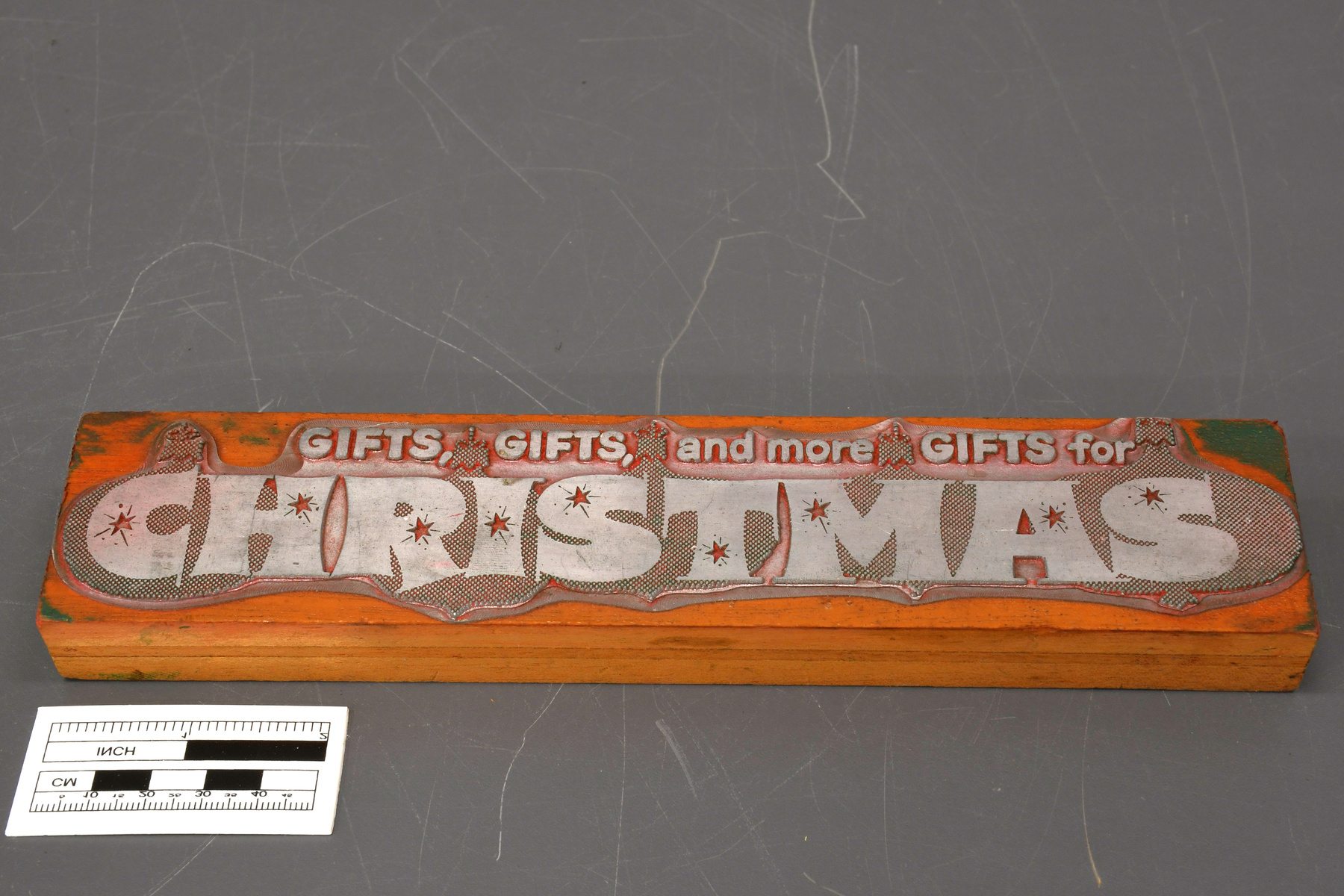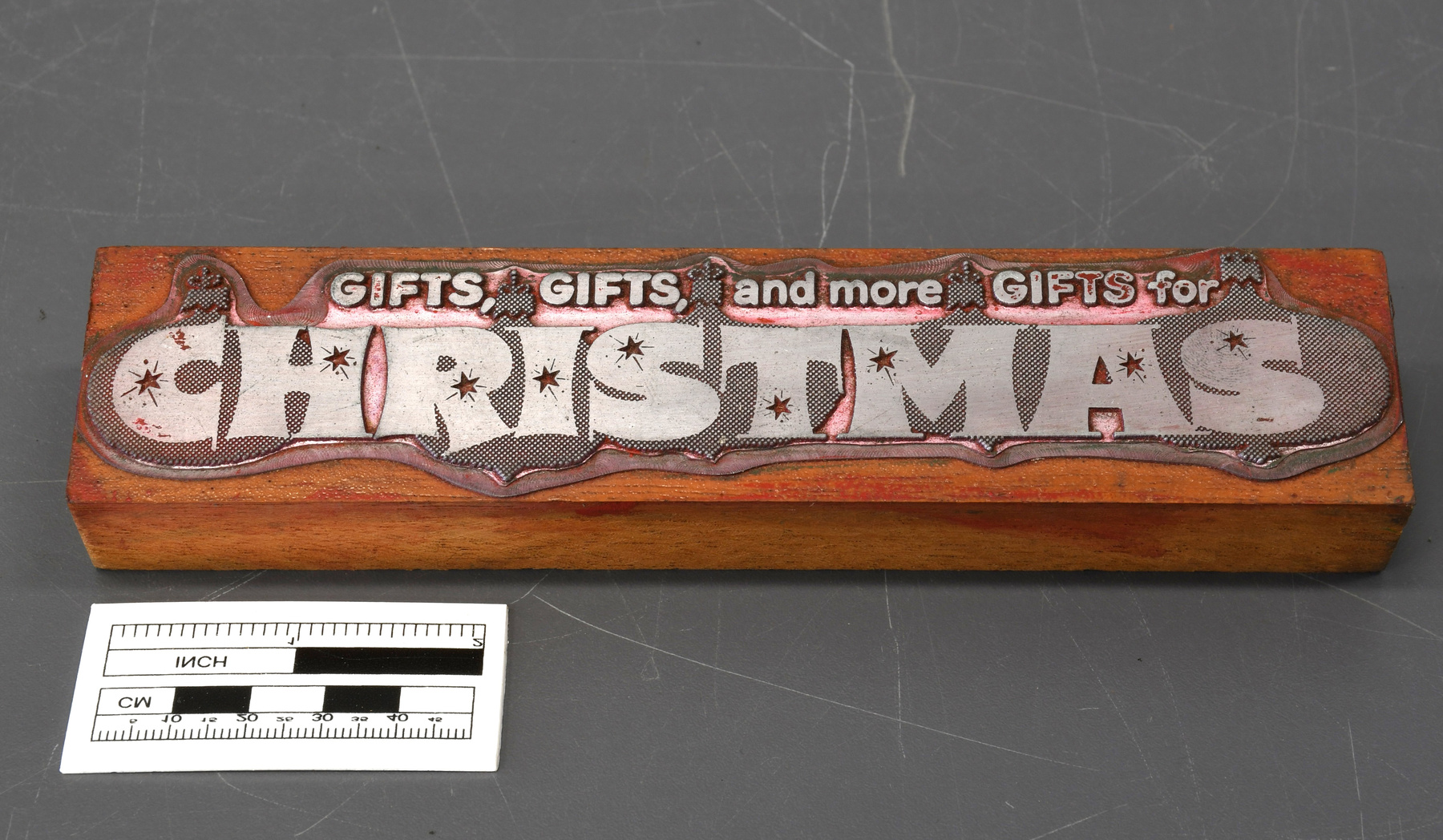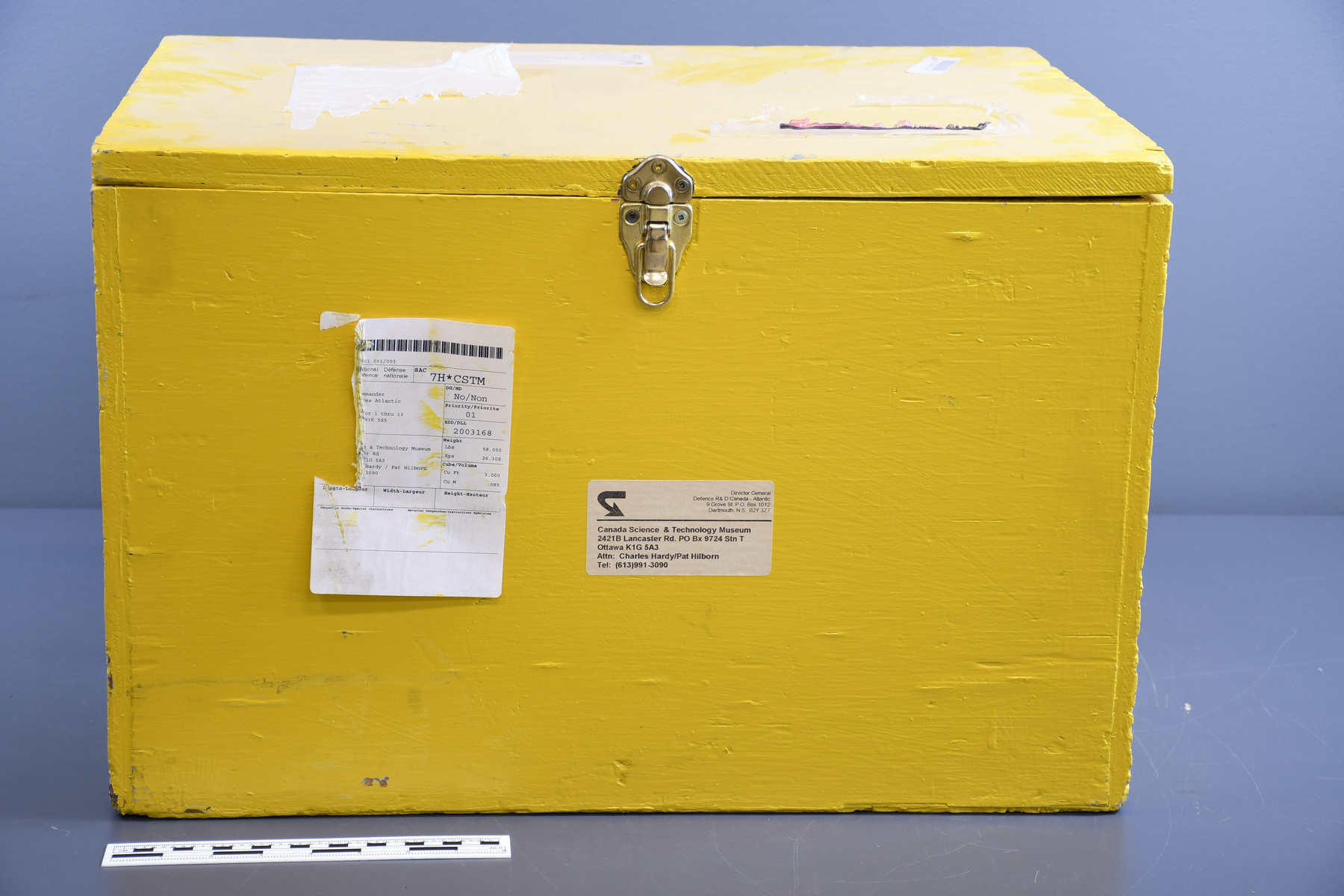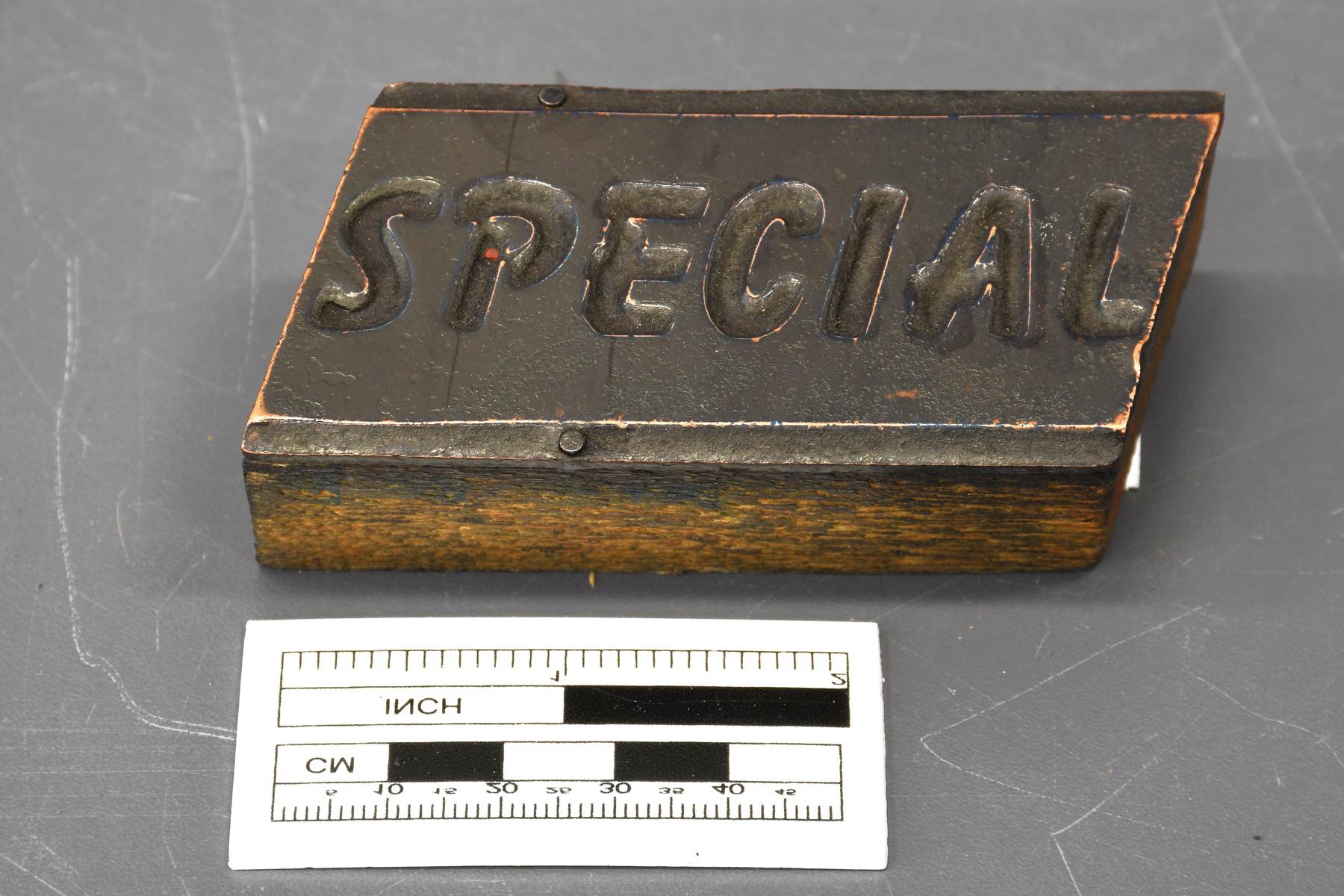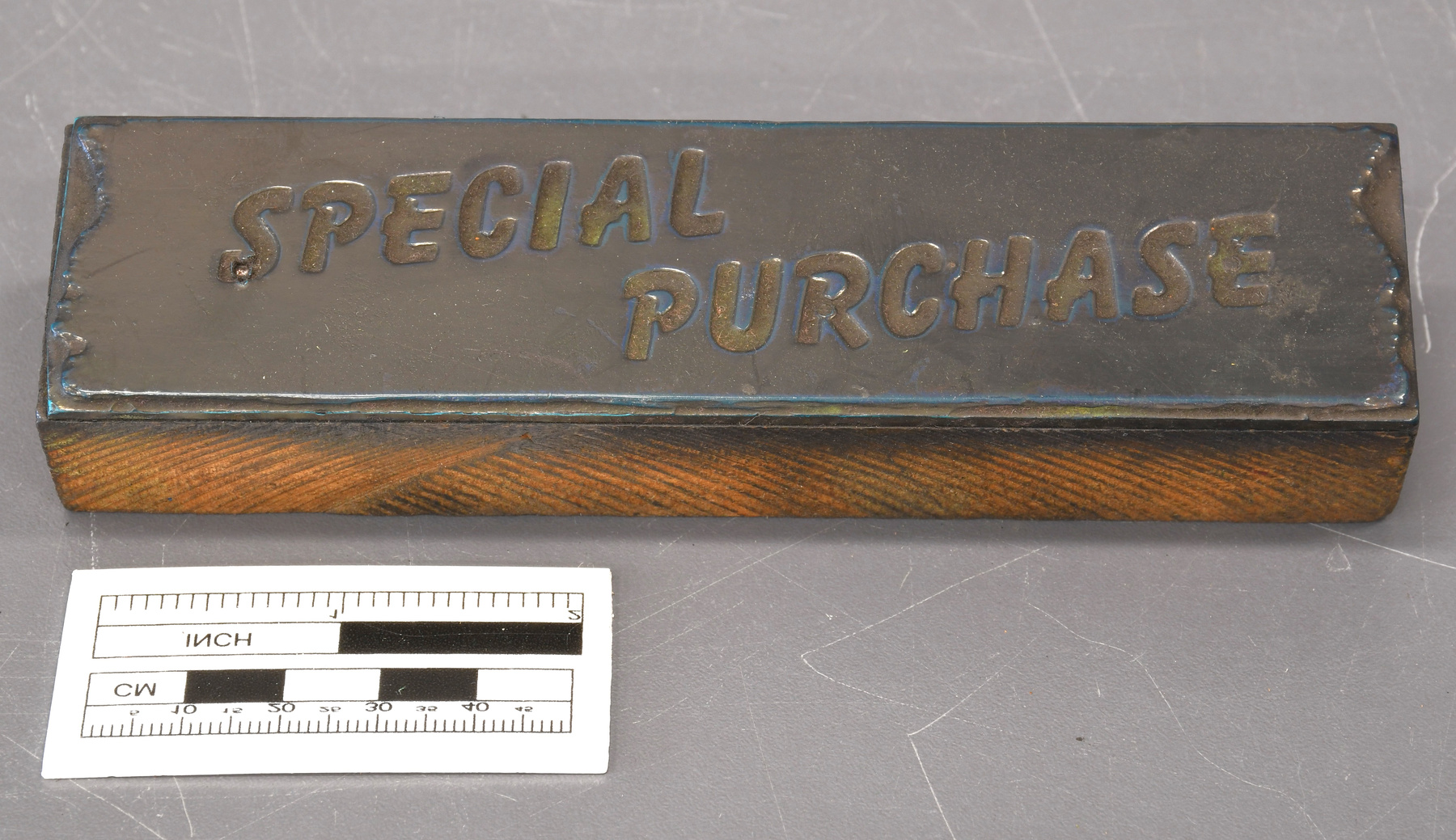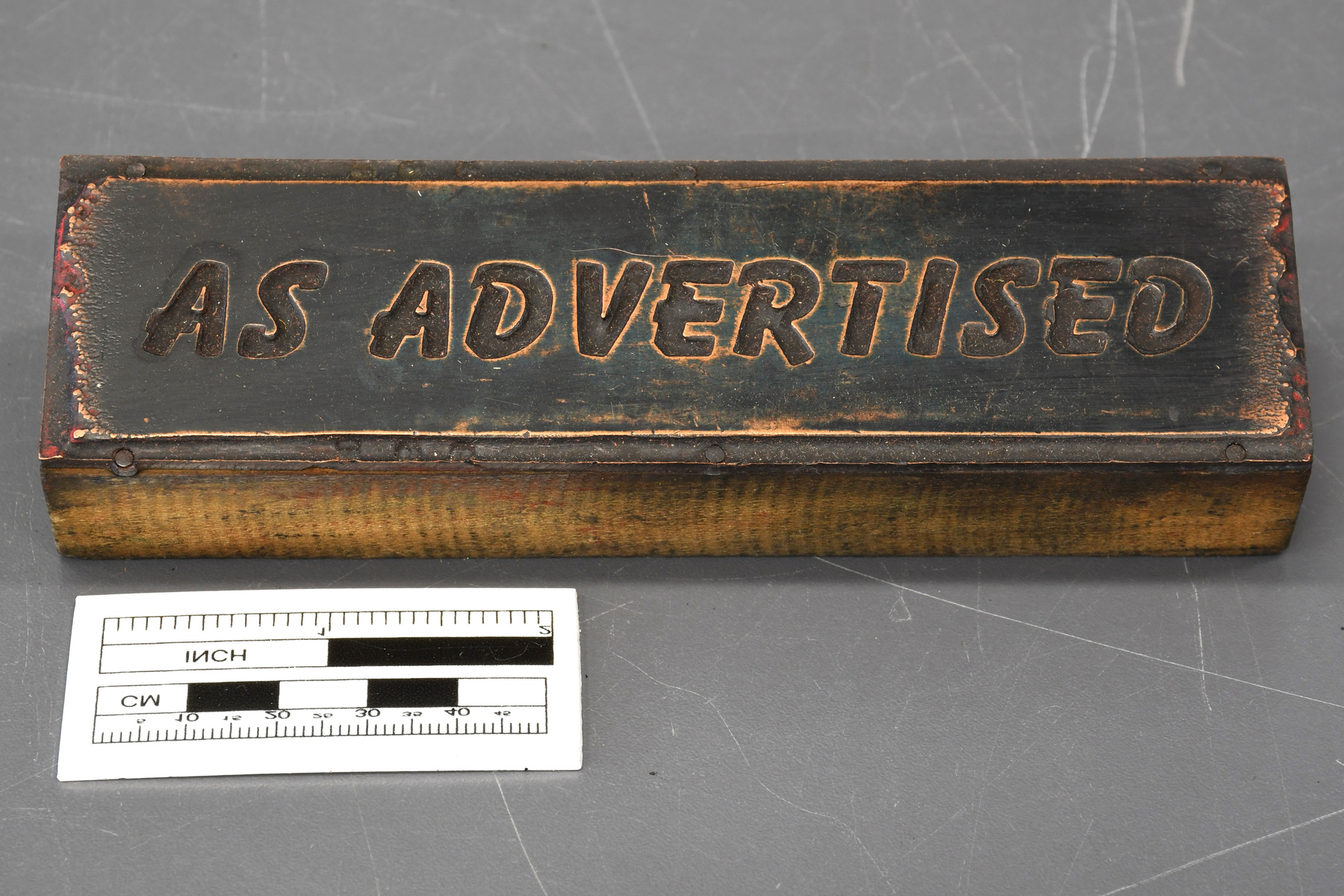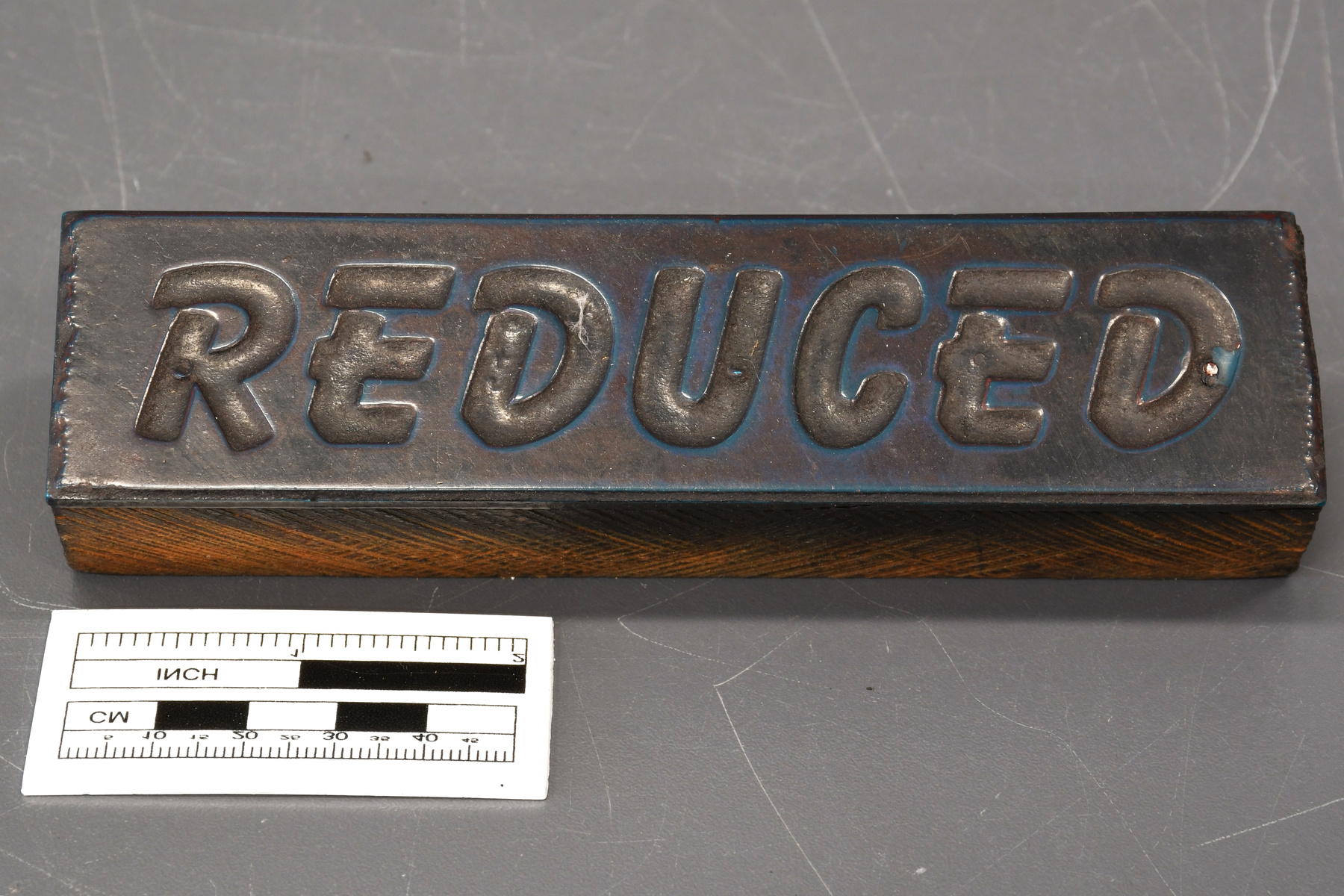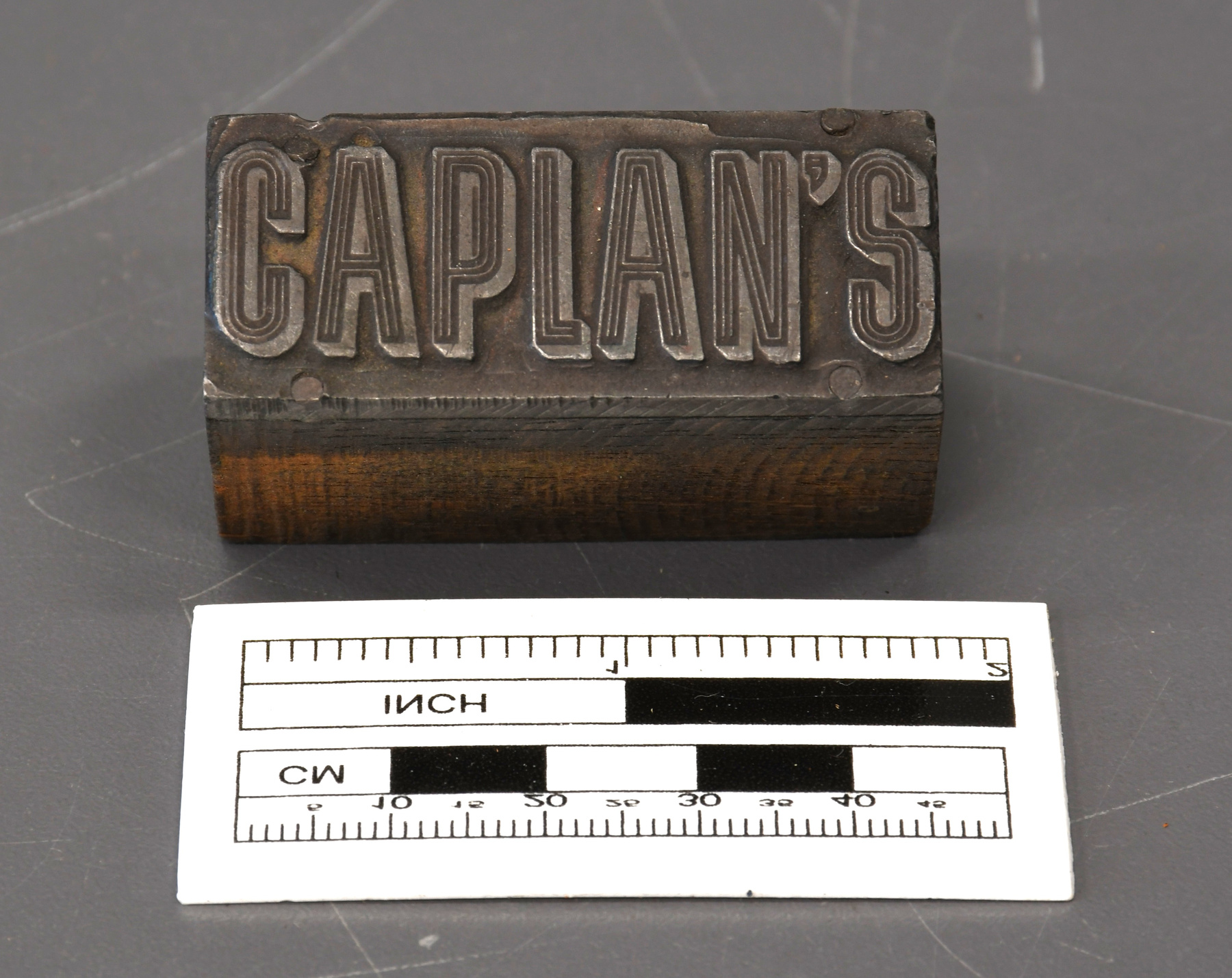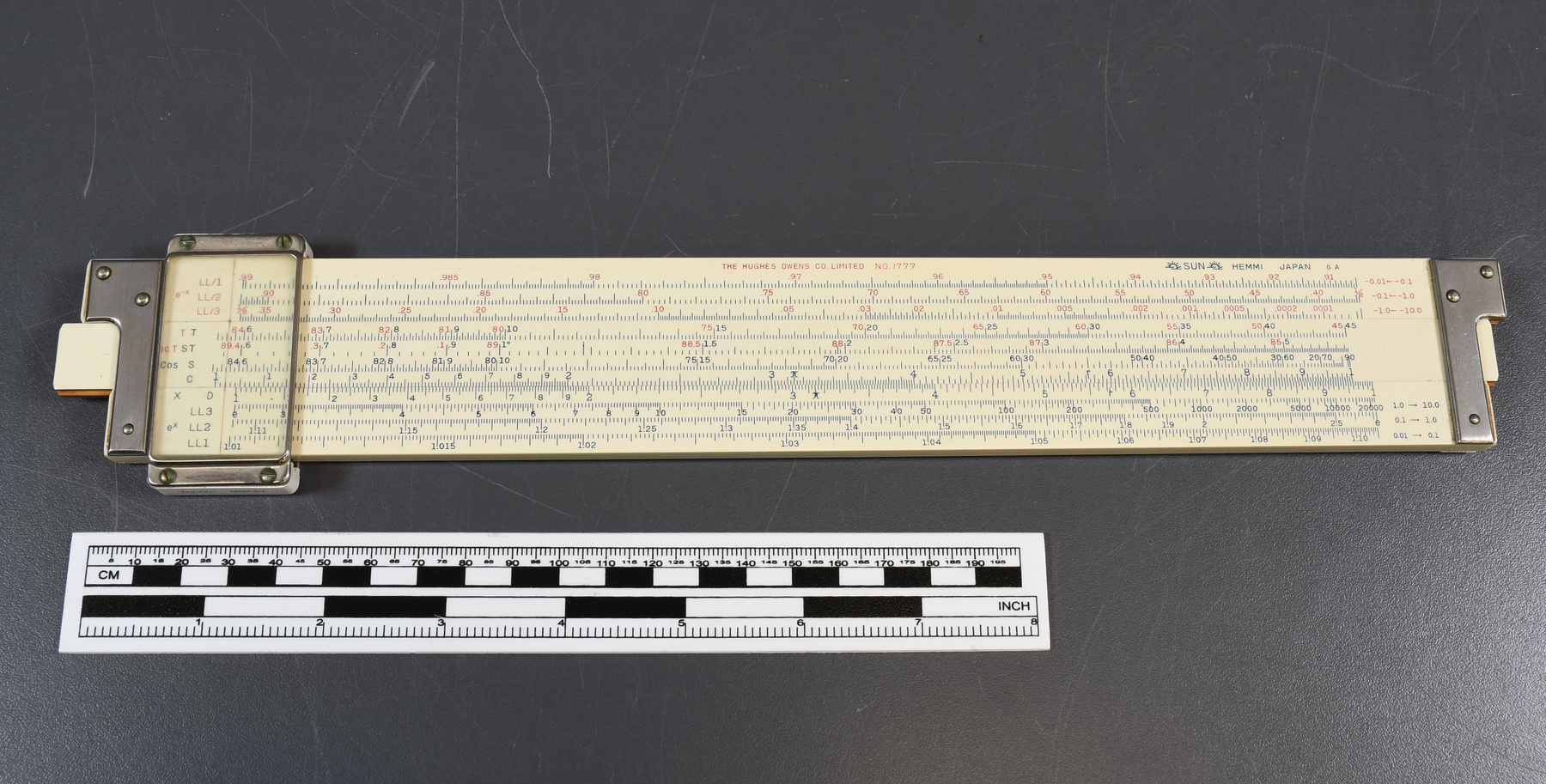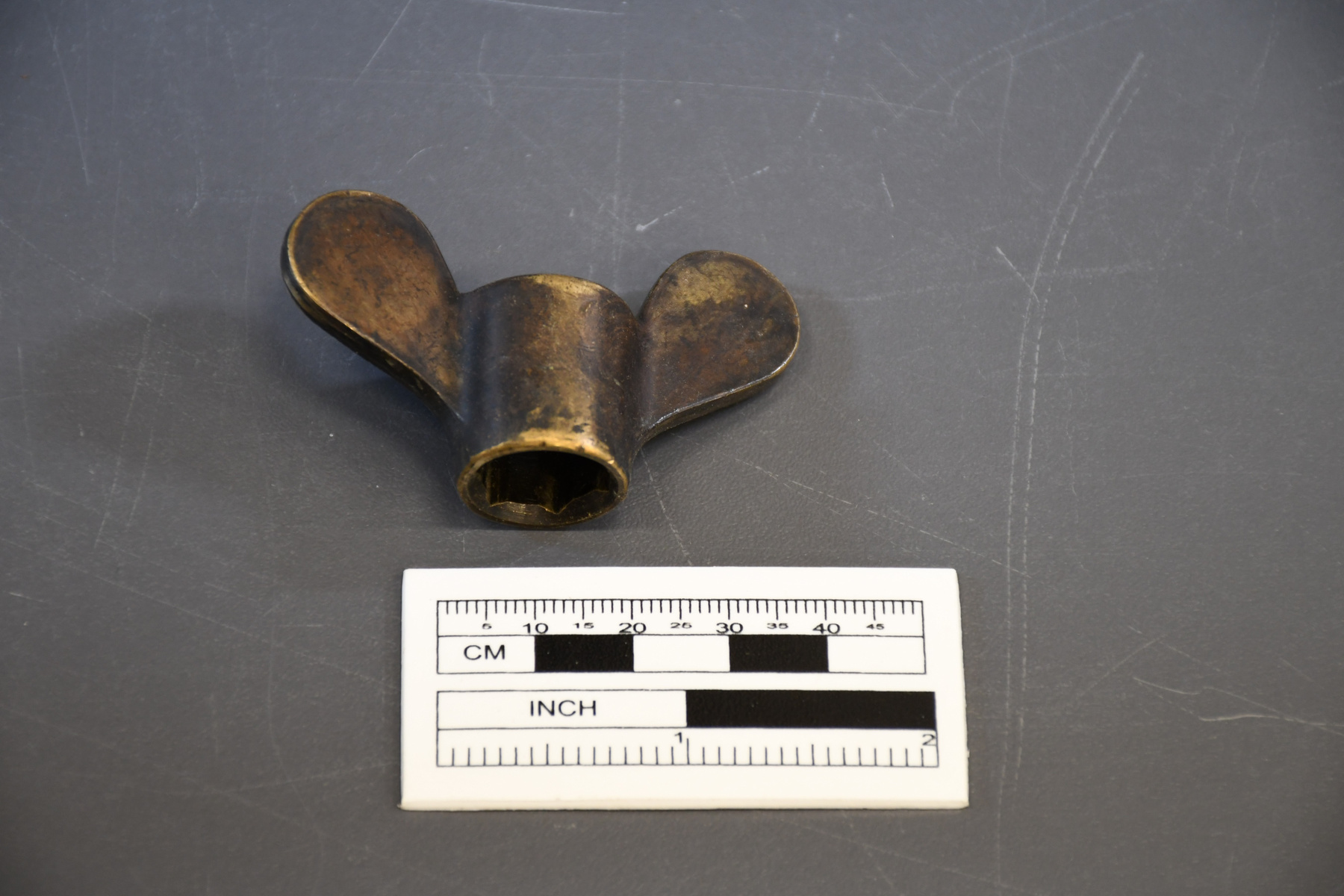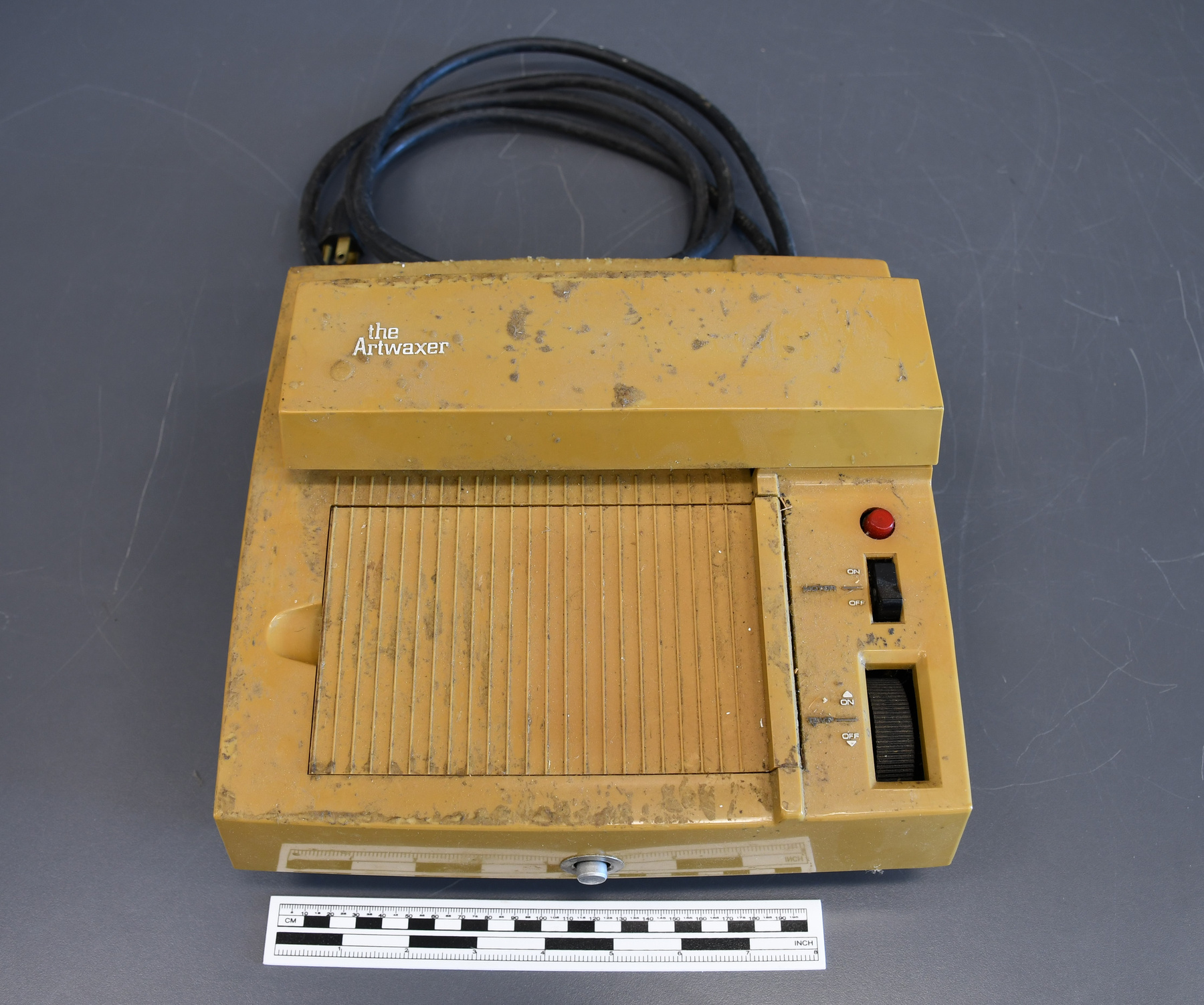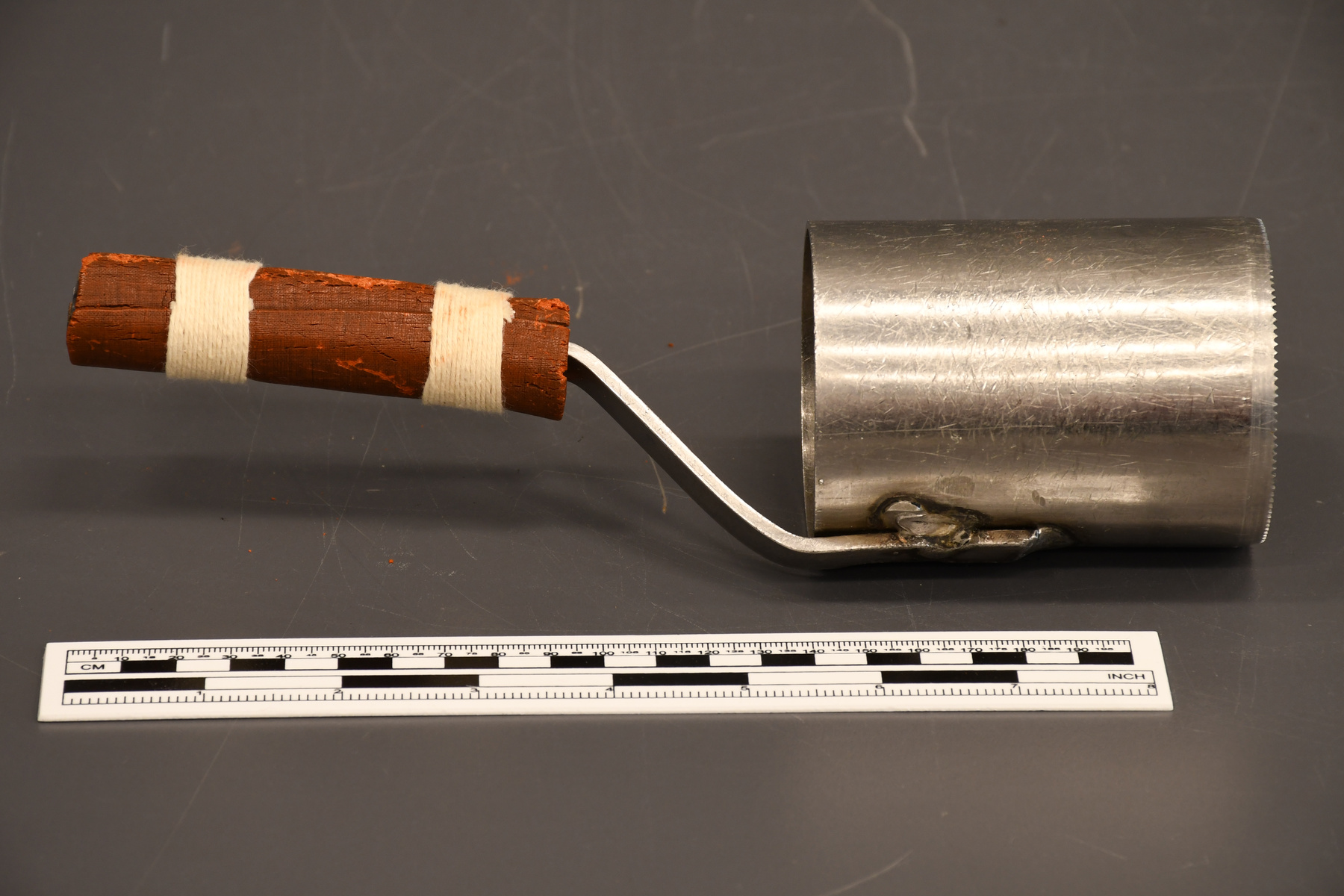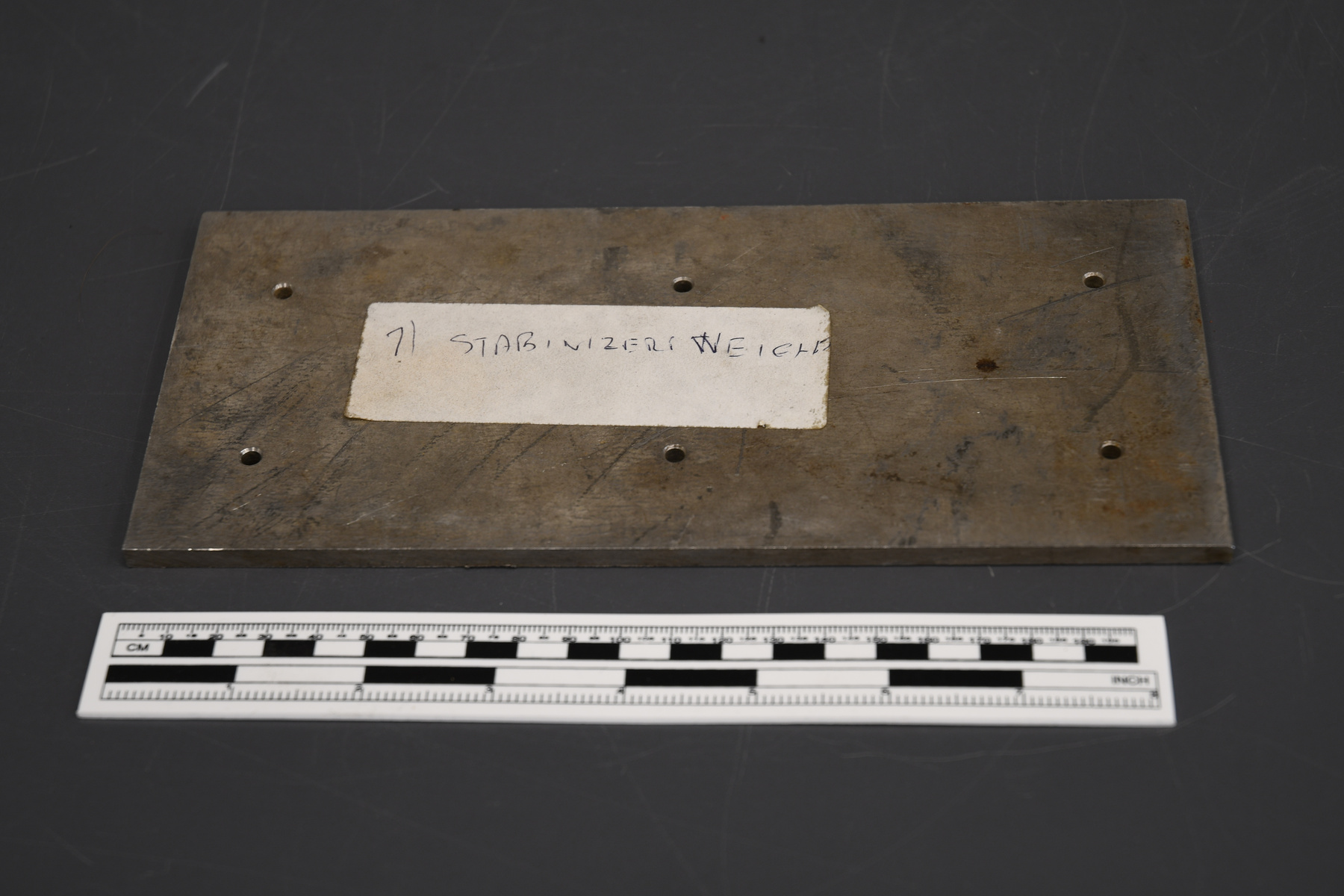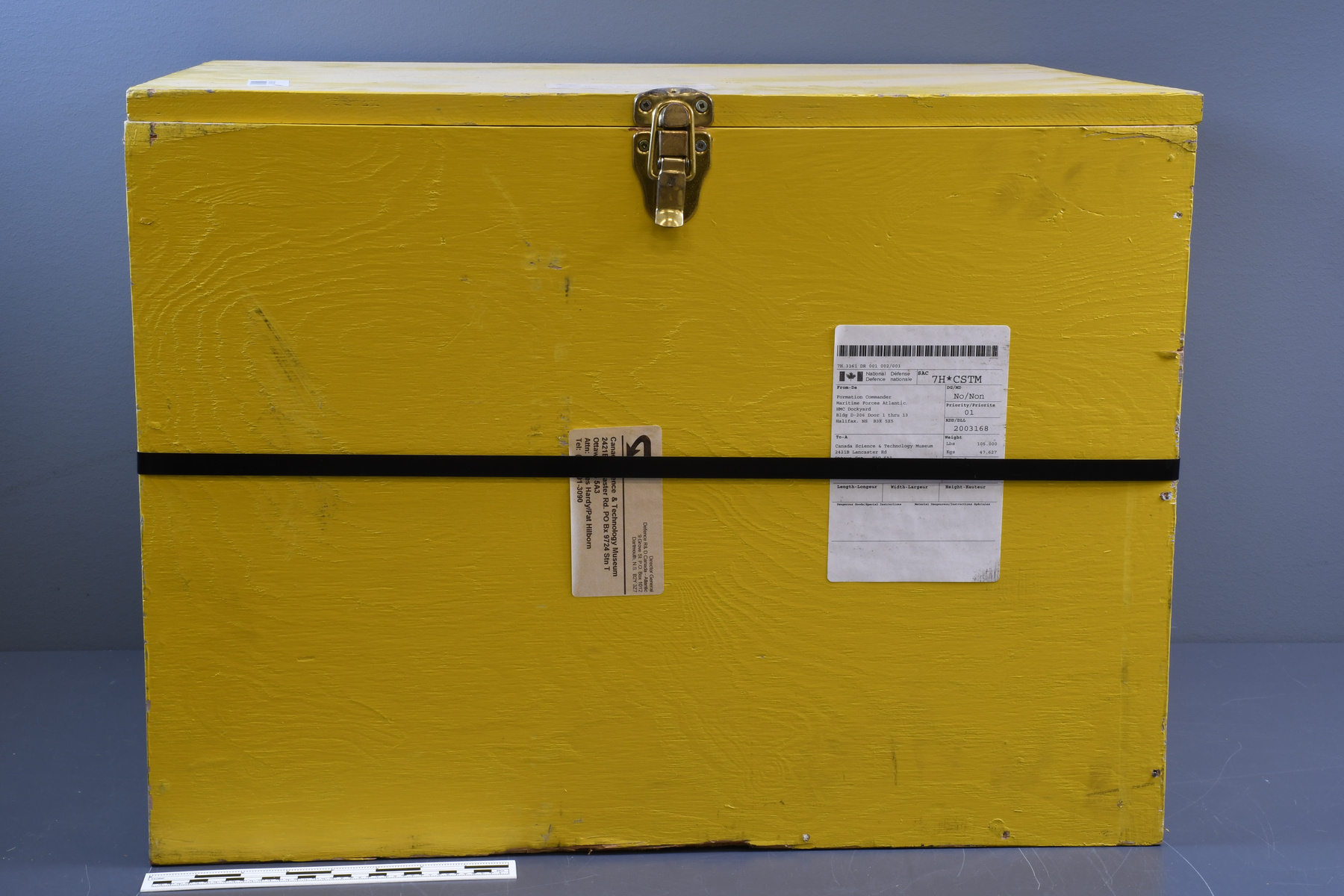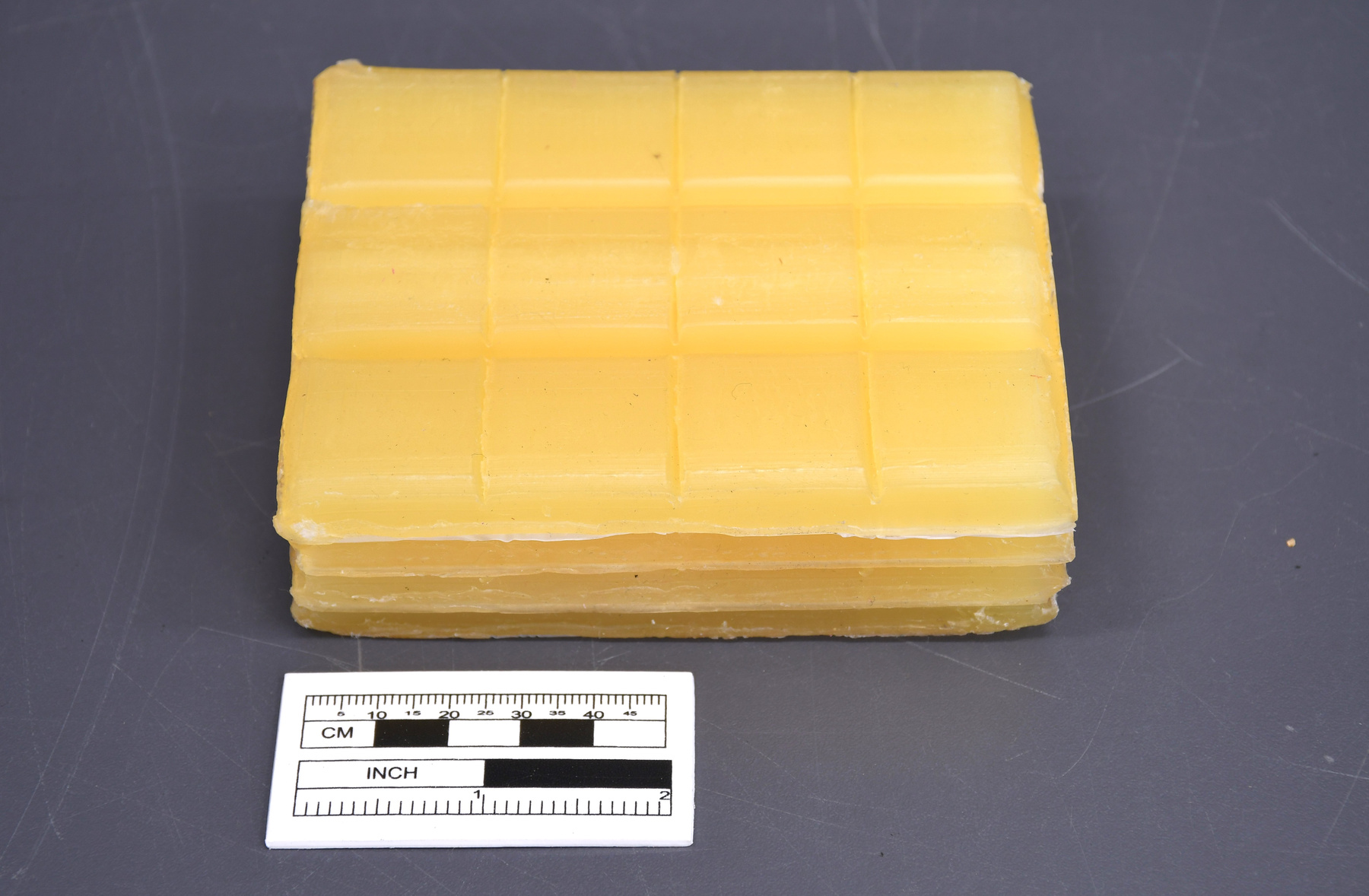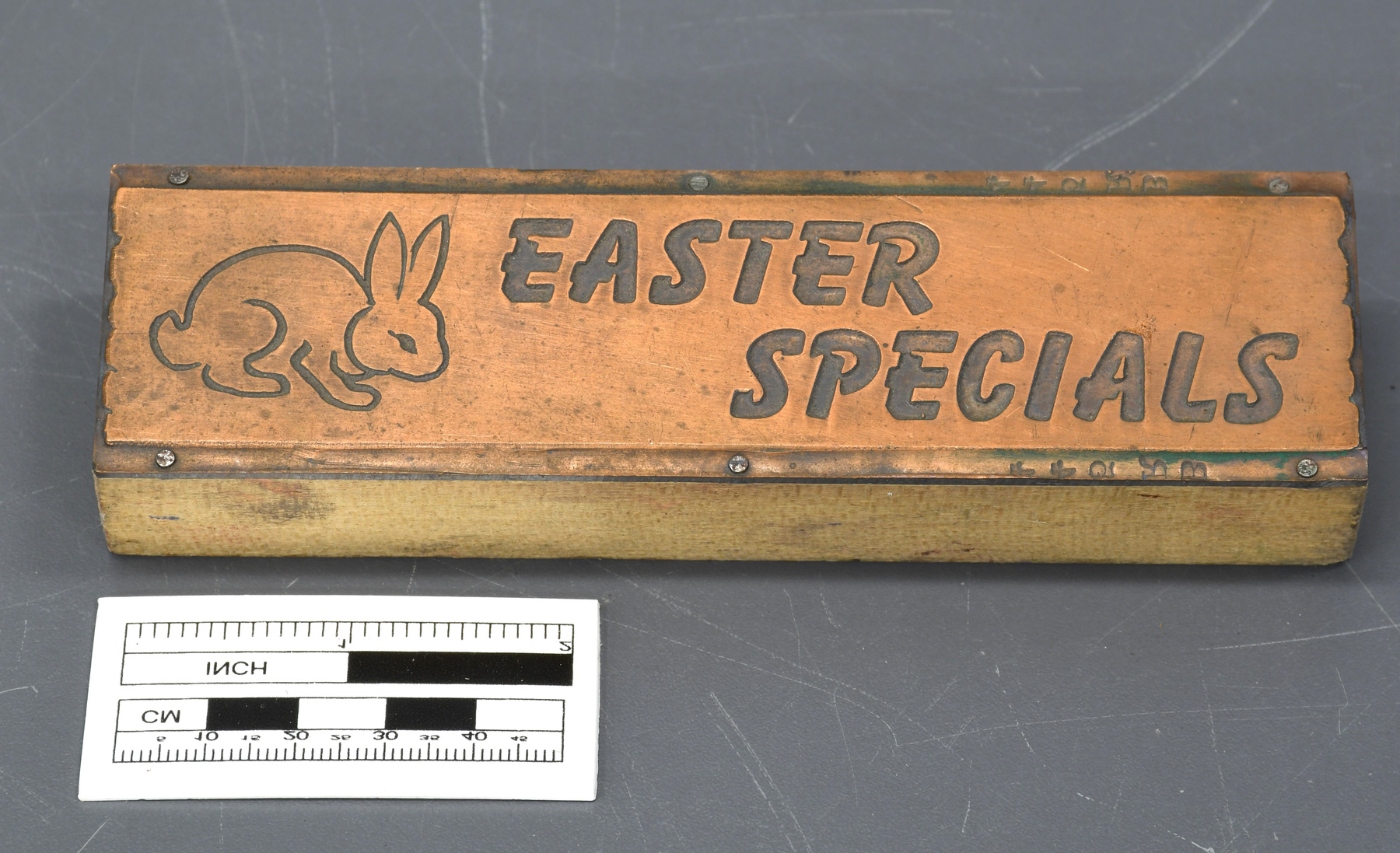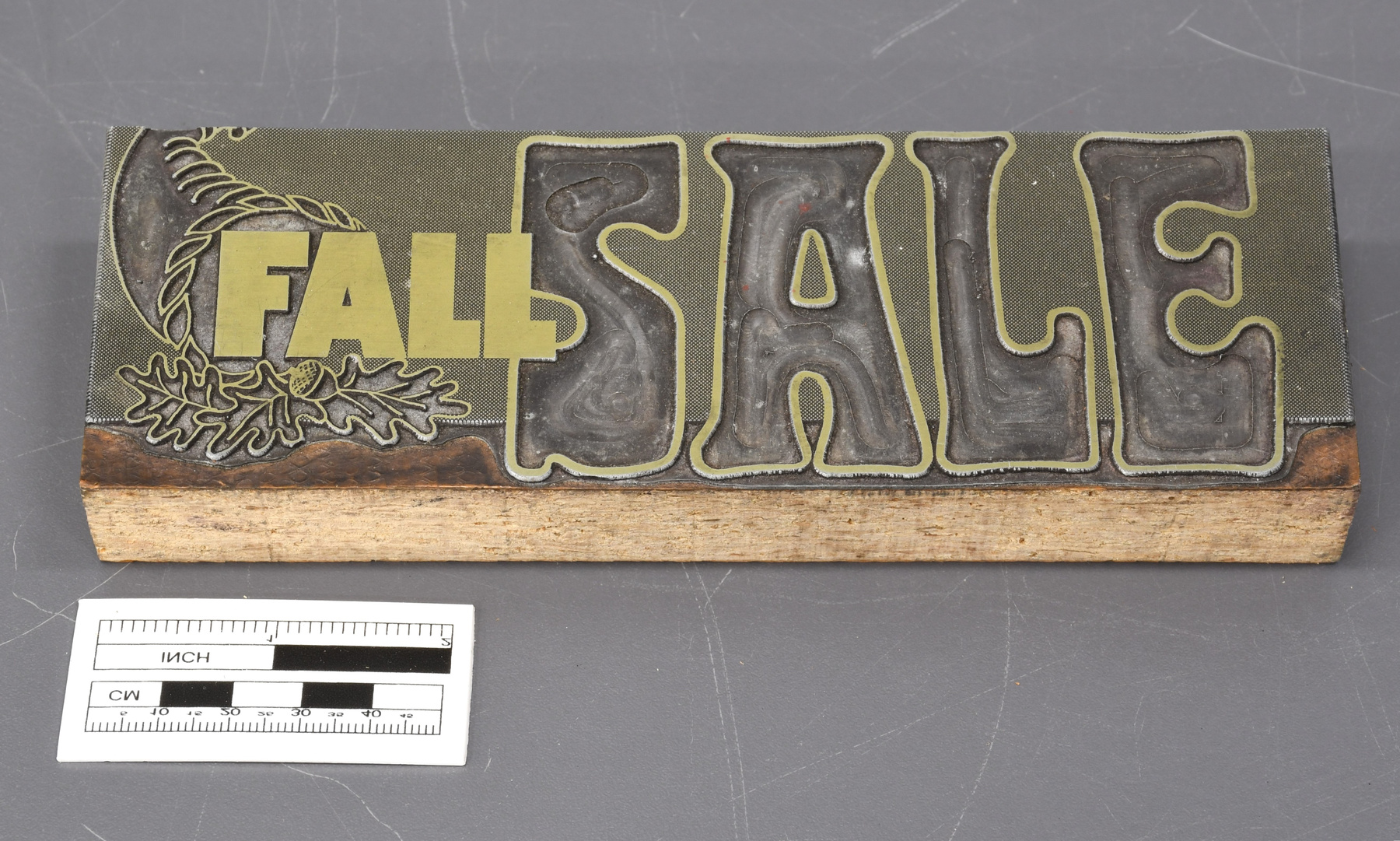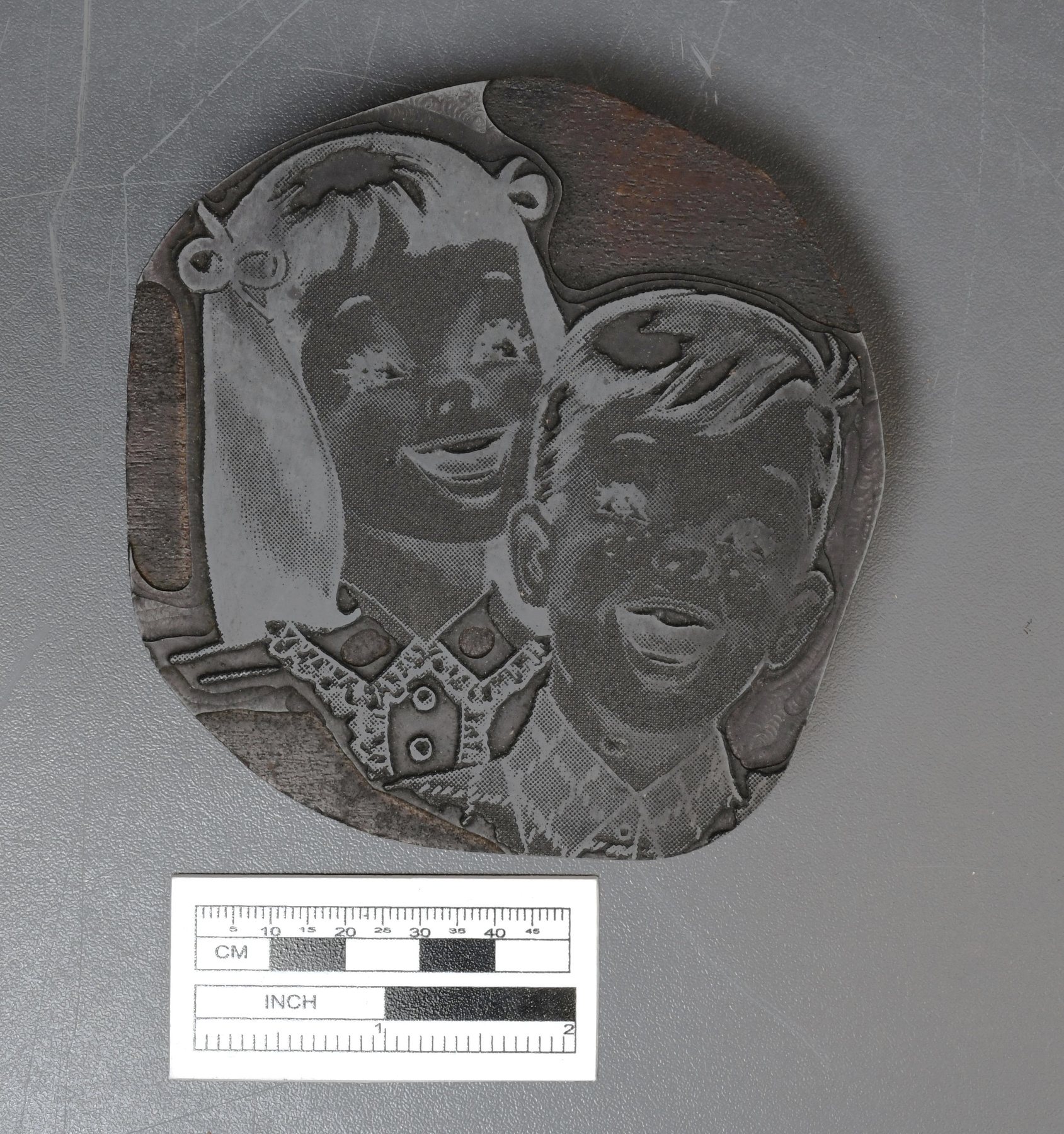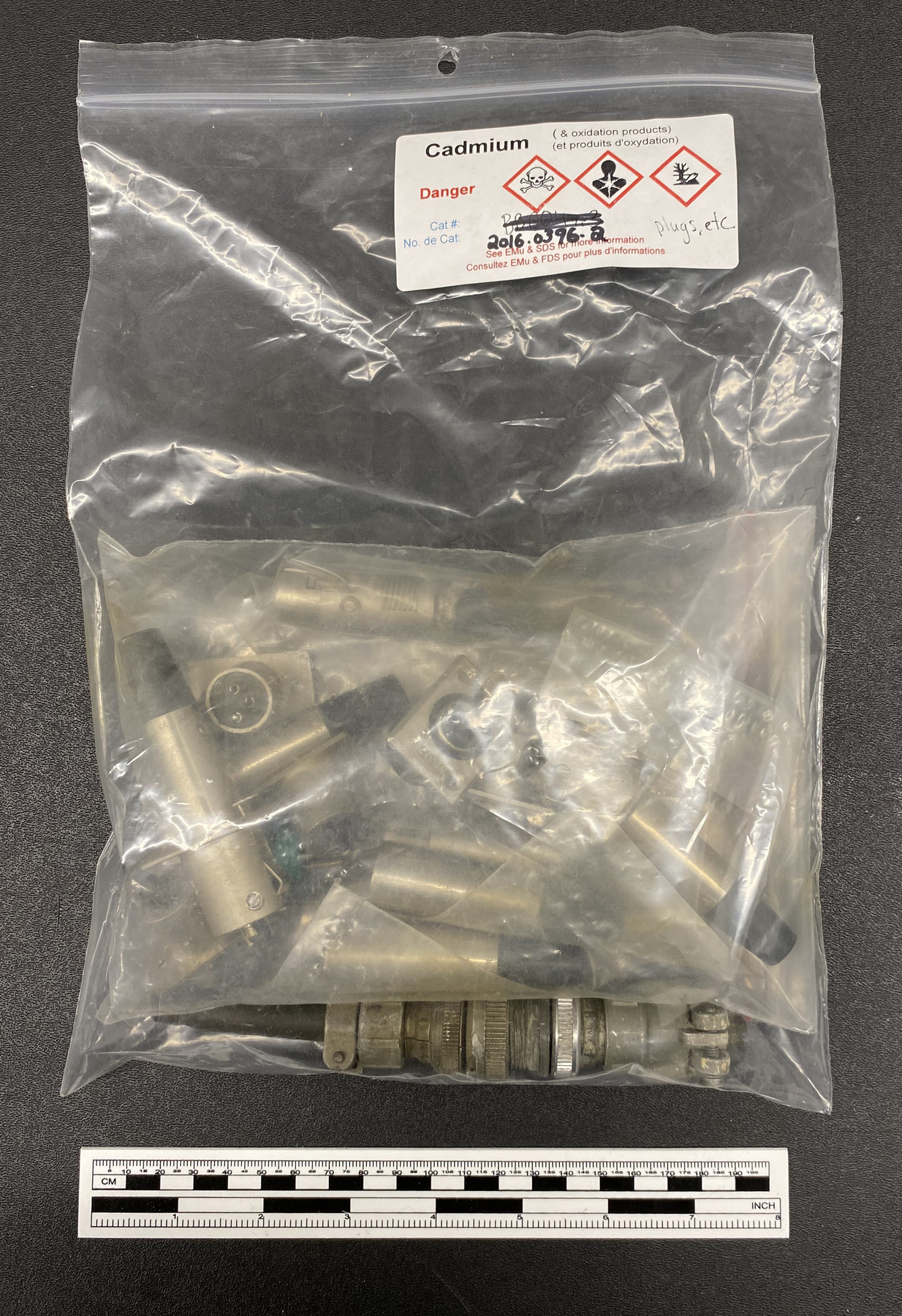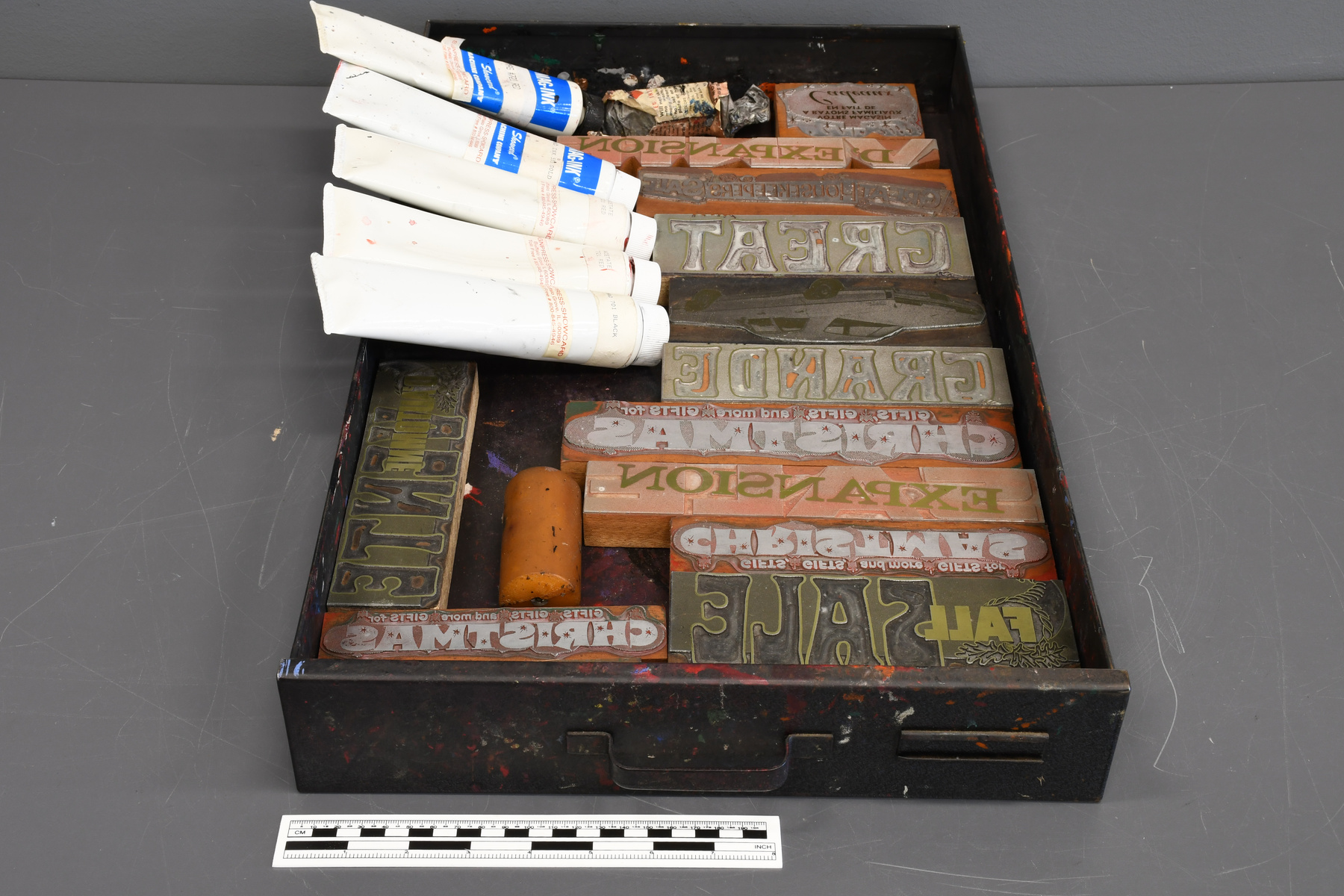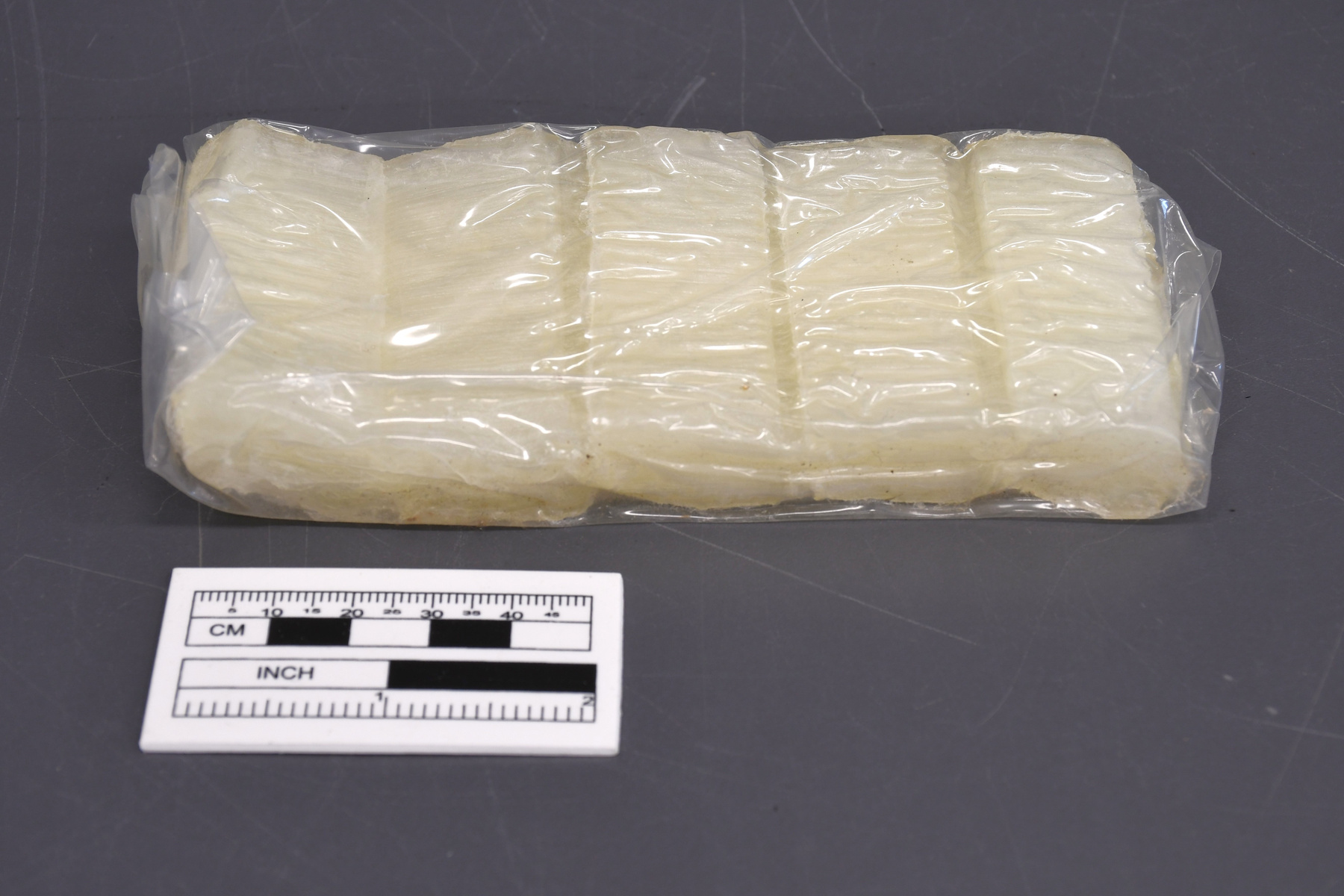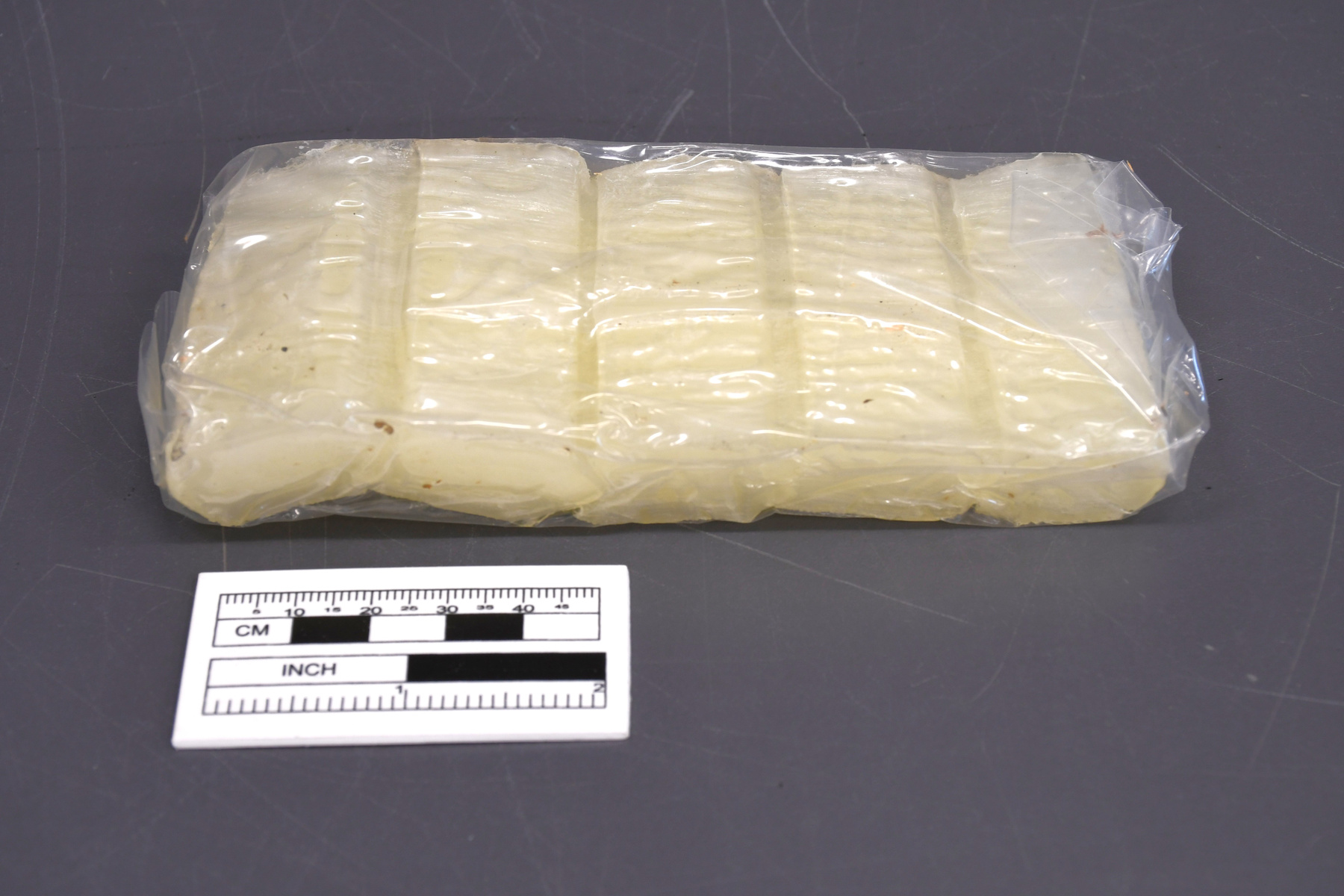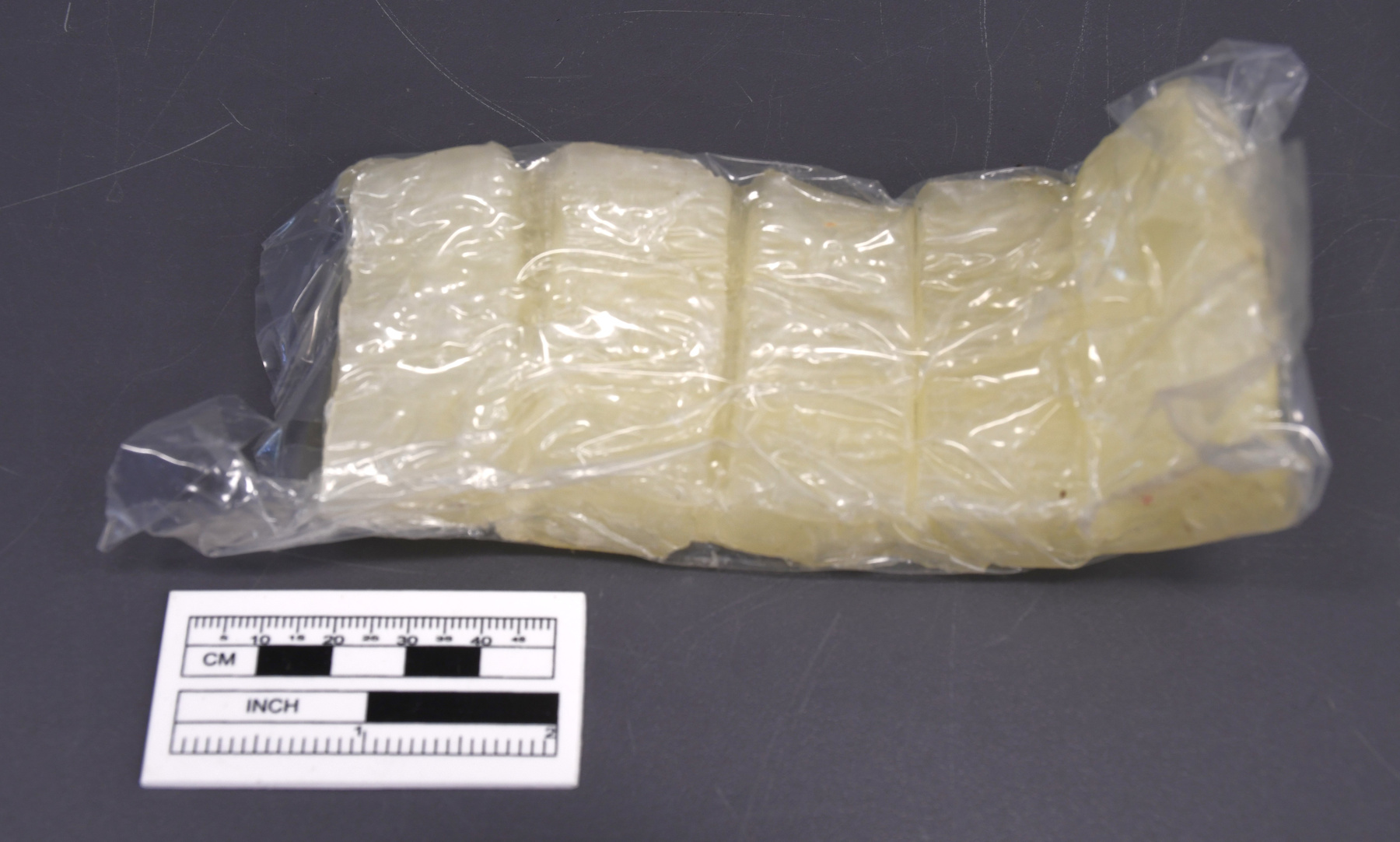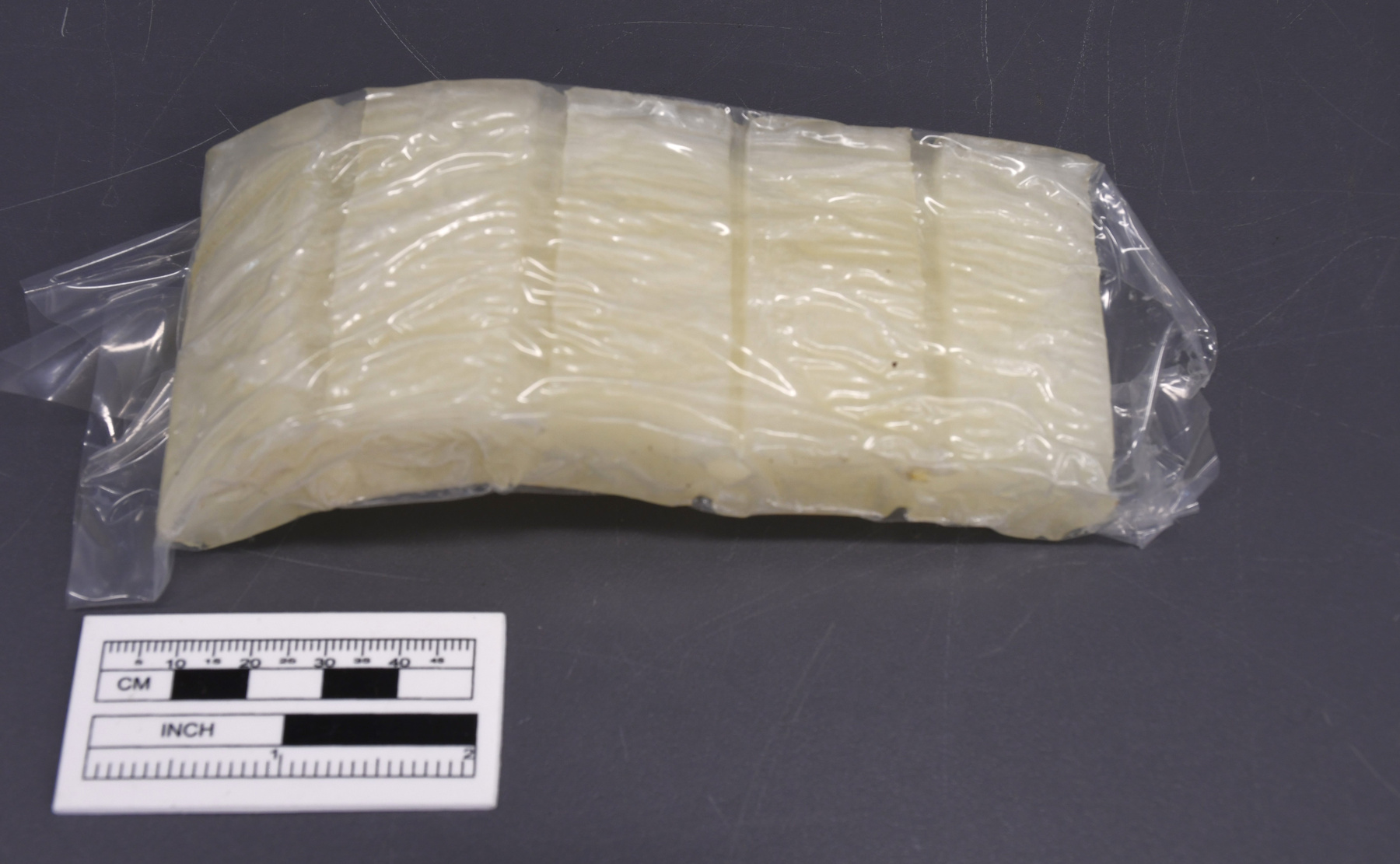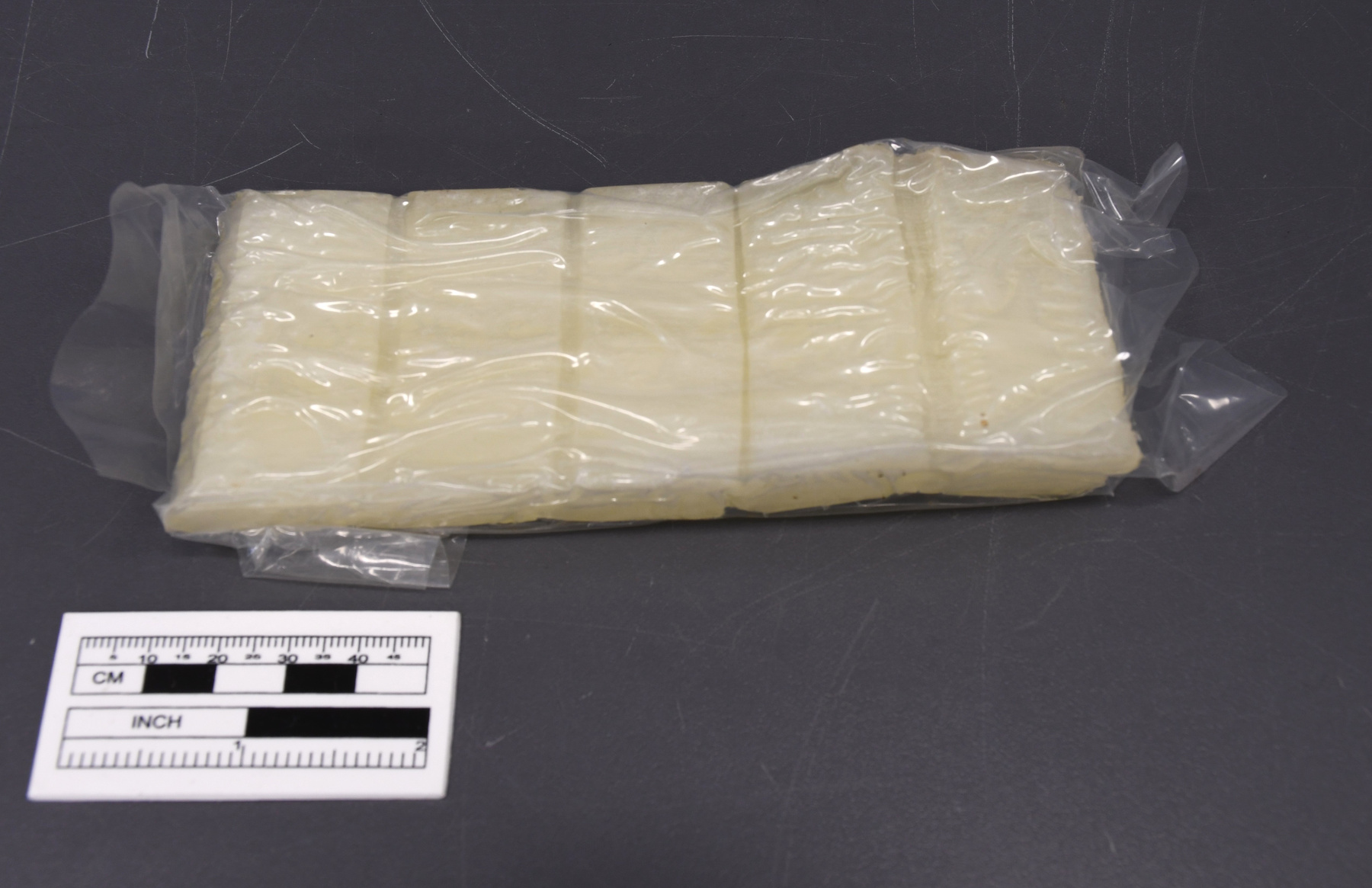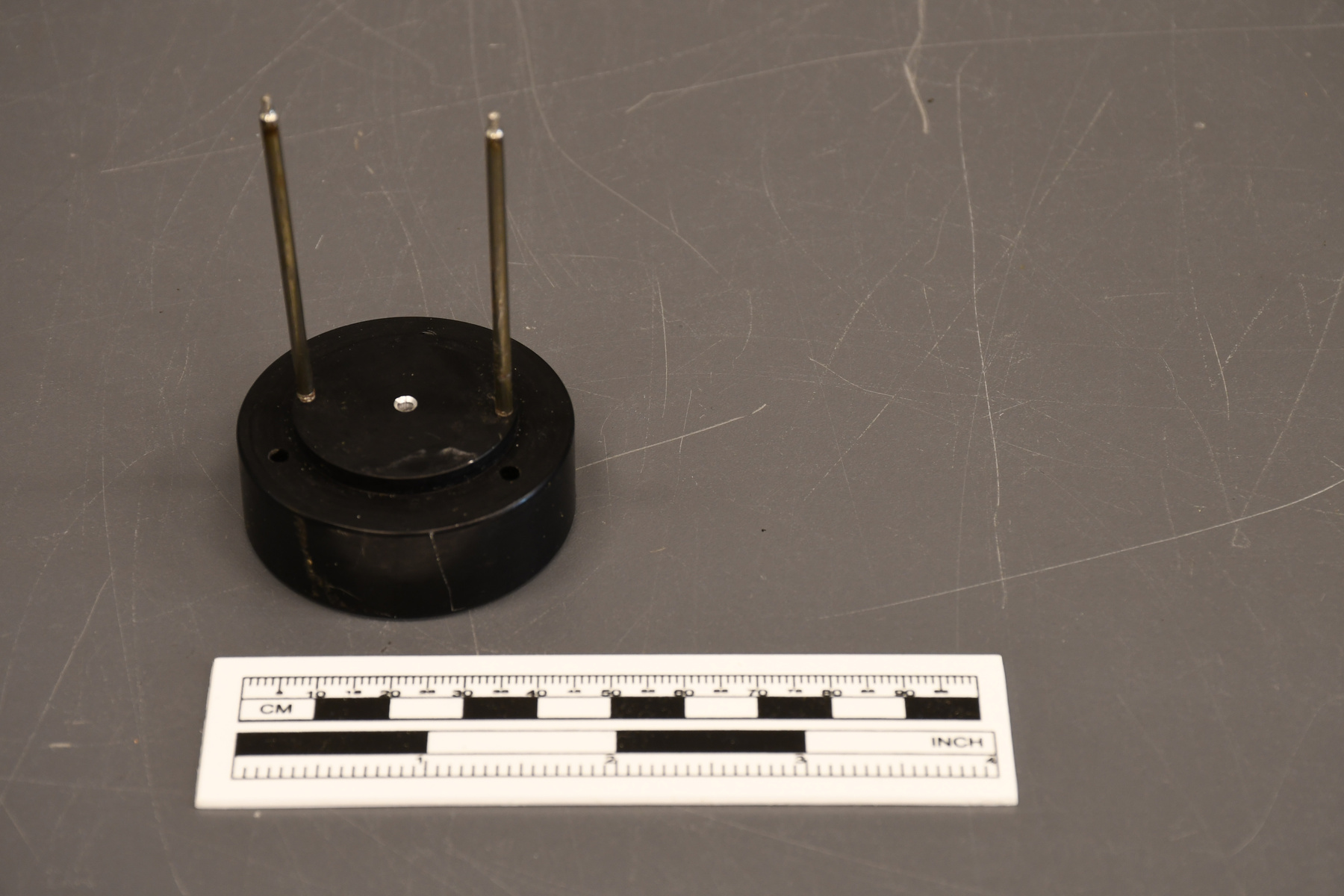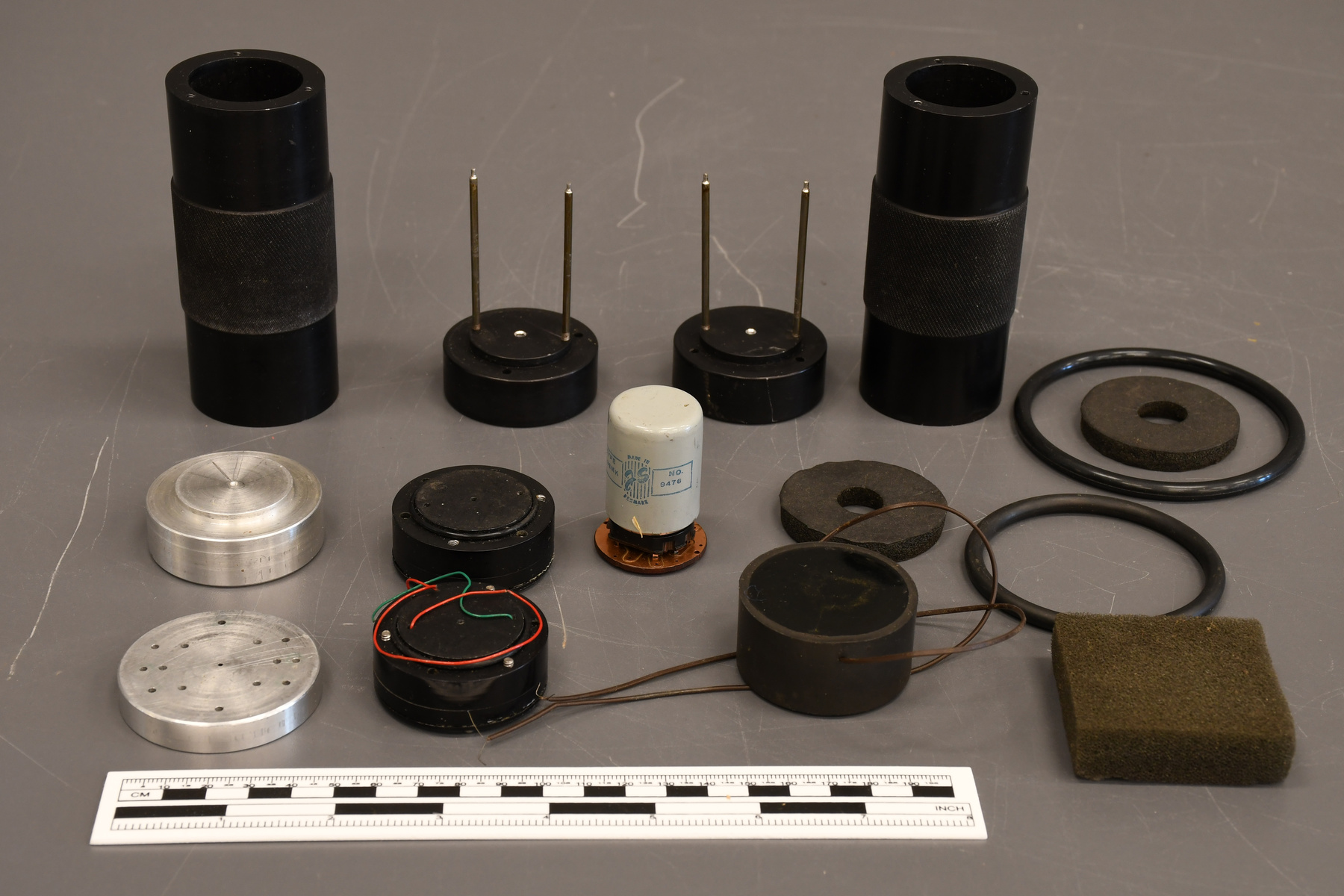Hydrophone part
Use this image
Can I reuse this image without permission? Yes
Object images on the Ingenium Collection’s portal have the following Creative Commons license:
Copyright Ingenium / CC BY-NC-ND (Attribution-NonCommercial 4.0 International (CC BY-NC 4.0)
ATTRIBUTE THIS IMAGE
Ingenium,
2021.0069.006
Permalink:
Ingenium is releasing this image under the Creative Commons licensing framework, and encourages downloading and reuse for non-commercial purposes. Please acknowledge Ingenium and cite the artifact number.
DOWNLOAD IMAGEPURCHASE THIS IMAGE
This image is free for non-commercial use.
For commercial use, please consult our Reproduction Fees and contact us to purchase the image.
- OBJECT TYPE
- N/A
- DATE
- 1970
- ARTIFACT NUMBER
- 2021.0069.006
- MANUFACTURER
- Unknown
- MODEL
- Unknown
- LOCATION
- Unknown
More Information
General Information
- Serial #
- N/A
- Part Number
- 6
- Total Parts
- 16
- AKA
- N/A
- Patents
- N/A
- General Description
- Object is made with metal material/Un objet fait avec du matériel en métal.
Dimensions
Note: These reflect the general size for storage and are not necessarily representative of the object's true dimensions.
- Length
- 4.6 cm
- Width
- 4.6 cm
- Height
- 7.0 cm
- Thickness
- N/A
- Weight
- N/A
- Diameter
- N/A
- Volume
- N/A
Lexicon
- Group
- Communications
- Category
- Sound
- Sub-Category
- N/A
Manufacturer
- AKA
- Unknown
- Country
- Unknown
- State/Province
- Unknown
- City
- Unknown
Context
- Country
- Canada
- State/Province
- Unknown
- Period
- This artifact was likely used between 1970 and 1980 depending on exact time of manufacturing.
- Canada
-
Chester Beachell was a Senior Research Officer, Technical Research Division at the National Film Board from 1951 to 1980. He participated in many projects documenting research expeditions for the NFB. Beachell wrote that “the presence of all this sound in the ‘silent world’ convinced him that he should design and build high quality hydrophones, and a recorder, which could be carried by a diver”. He designed his first experimental hydrophone in November 1970 following a request from Bané Jovanovic, the director of NFB film The Sea. He continued to develop improved hydrophone technology, resulting in underwater recordings that were used in a number of films produced by the National Film Board of Canada. Chester Beachell était le chercheur senior au Technical Research Division aux National Film Board entre 1951 et 1980. Il a participé dans plusieurs projets pour documenter de la recherche durant des expéditions avec le NFB. Beachell a écrit que la présence de tout ce bruit dans un monde silencieux la convaincu qu'il devait construire un hydrophone de grandes qualités ainsi qu'un enregistreur qui pouvait être utilisé par un plongeur. Son premier hydrophone a été construit en 1970 grâce à une demande de Bané Kovanovic pour le film: The Sea qui a été produit par NFB. Il a continué à développer a et améliorer la technologie de l'hydrophone et a pu capturer de nombreuseux enregistrements qui ont fini par être utilisé dans plusieurs films produit par le NFB. - Function
-
This hydrophone part was possibly used as a replacement part for Chester Beachell's Hydrophone number 19. Cette pièce d'Hydrophone a possiblement été utiliser pour remplacer plusieurs éléments sur l’Hydrophone numéro 19 créé par Chester Beachell. - Technical
-
Early hydrophones were improved for military use, primarily for the purpose of locating submarines and icebergs. Hydrophone arrays, or large groups of hydrophones positioned thousands of miles apart, were also used for navigational purposes and in military tracking and contained pre-amplifiers to limit noise contamination. In addition to military purposes, hydrophones today are used to study marine life and assist in undersea conservation effort. The ordinary elastic bands, bimorph crystal, and protective grill are indicative of Beachell’s early work and can be seen when looking at Hydrophone No. 19. It is likely made out of “hard duraluminum” which allowed Beachell’s hydrophones to withstand pressures of at least 45atm, a depth of 1500ft and was likely coated in Verithane to protect the silver coating from the salt water. Les premiers hydrophones étaient améliorés pour le militaire et était favorisé pour localiser les sous-marins et les glaciers. Des hydrophones séparent intermittent pouvait aussi être utilisé pour naviguer l'océan pour le militaire et en utilisant des pré amplificateurs ils pouvaient aussi limiter la contamination du bruit enregistrer. Cette technologie était aussi utilisée pour étudier la vie marine et aider avec l'effort de la conservation sous l'eau. Les élastiques normaux ainsi que le cristal bimorphe et la grille protectrice sont indicatives des premiers hydrophones de Beachell et ils sont visibles quand nous regardons Hydrophone No. 19. L'objet est probablement construit avec du duraluminum qui permettait à l'hydrophone de résister à des pressions de 45atm ou une profondeur de 1500 pieds et il était probablement recouvert avec de la véritane pour protéger l'argenture de l'eau salée. - Area Notes
-
Unknown
Details
- Markings
- The artifact has no markings/l'artefact n'a pas de marque.
- Missing
- None apparent/L'objet a toutes ces pièces
- Finish
- An artifact with a circular base that is made of metal and is painted black. Three holes are visible along the circumference of the base. The object also has a raised cylindrical part of its body that extends from the middle of its base. This portion of the artifact supports two silver coloured metal prongs that have threaded heads. Un artefact qui a une base en métal qui est circulaire et qui est peinturé noire. Trois trous sont visibles sur la circonférence de la base. L'objet a aussi un morceau de son corps qui est fait en forme cylindrique qui est soulevée au milieu de la base. Cette portion de l'artefact appui deux tiges en métal qui ont des têtes filetées et qui sont aussi de couleur argent.
- Decoration
- N/A
CITE THIS OBJECT
If you choose to share our information about this collection object, please cite:
Unknown Manufacturer, Hydrophone part, circa 1970, Artifact no. 2021.0069, Ingenium – Canada’s Museums of Science and Innovation, http://collections.ingeniumcanada.org/en/item/2021.0069.006/
FEEDBACK
Submit a question or comment about this artifact.
More Like This
